FEATURED INSIDE
HEALTHCARE FACILITIES
A NOVEL APPROACH TO MONITORING LEGIONELLA AND WATER QUALITY
REAL-TIME AIR QUALITY MONITORING HOSPITAL HELIPORTS – PAST, PRESENT, AND FUTURE

How pure is the medical breathing air that you are supplying to your patients?
Let us introduce you to our new and improved pure medical air (PMA) system, designed for medical breathing air purification, regulation, and control.
The PMA is a duplex air purification module with central controller intended for producing medical air in compliance with AS2896-2021 and AS2568-2019. Pure medical breathing for your patients when they are at their most vulnerable.

What’s New?
Improved design

Improved filters
Improved central control
BeaconMedaes is a global leading specialist in the design, supply and installation of piped medical gas distribution. For the purest medical breathing air supply, in the most efficient and spacesaving equipment configuration, with comprehensive real-time data monitoring, the BeaconMedaes PMA is the ideal medical breathing air solution to ensure your patients receive the care they deserve.

BeaconMedaes Australia

0429 854 457

CONTENTS
3 Editor’s Message
5 National President’s
IHEA NATIONAL OFFICE
Direct: 1300 929 508
Email: IHEA.members@ihea.org.au

Website: www.ihea.org.au
IHEA NATIONAL BOARD
National President
Darryl Pitcher
National Immediate Past President
Jon Gowdy
National Treasurer
Rohit Jethro
Communications

Darryl Pitcher
Membership Registrar
Michael Scerri
Standards Coordinator
Cameron Ivers
Directors
Julien Colangelo, Michael McCambridge, Cameron Ivers, Fred Foley, Jana Simpson, Danny Tincknell and Adrian Duff
IHEA ADMINISTRATION
Finance
Jeff Little Membership
Vanessa Gallina: ihea.members@ihea.org.au
Editorial Darryl Pitcher ihea.editor@ihea.org.au
IHEA MISSION STATEMENT
To support members and industry stakeholders to achieve best practice health engineering in sustainable public and private healthcare sectors.
ADBOURNE PUBLISHING PO Box 735, Belgrave, VIC 3160 www.adbourne.com
ADVERTISING
Melbourne: Neil Muir
T: (03) 9758 1433
E: neil@adbourne.com
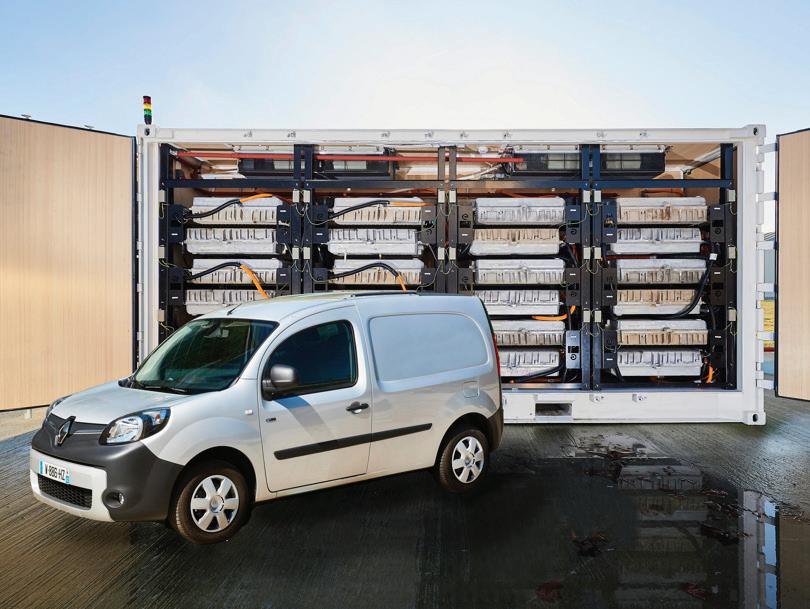
Adelaide: Robert Spowart

T: 0488 390 039
E: robert@adbourne.com
PRODUCTION

Sonya Murphy
T: 0411 856 362
E: production@adbourne.com
ADMINISTRATION
Tarnia Hiosan
T: (03) 9758 1433
E: admin@adbourne.com
The views expressed in this publication are not necessarily those of the Institute of Healthcare Engineering Australia or the publisher. The publisher shall not be under any liability whatsoever in respect to the contents of contributed articles. The Editor reserves the right to edit or otherwise alter articles for publication. Adbourne Publishing cannot ensure that the advertisers appearing in The Hospital Engineer comply absolutely with the Trades Practices Act and other consumer legislation. The responsibility is therefore on the person, company or advertising agency submitting the advertisement(s) for publication. Adbourne Publishing reserves the right to refuse any advertisement without stating the reason. No responsibility is accepted for incorrect information contained in advertisements or editorial. The editor reserves the right to edit, abridge or otherwise alter articles for publication. All original material produced in this magazine remains the property of the publisher and cannot be reproduced without authority. The views of the contributors and all submitted editorial are the author’s views and are not necessarily those of the publisher.



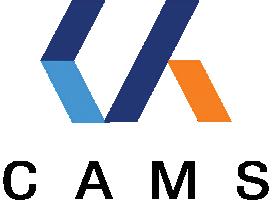
EDITOR’S MESSAGE
As spring emerges, I am happy to be introducing the 3rd Edition of Healthcare Facilities for 2023.
Once more the Journal of the Institute of Healthcare Engineering Australia is packed full of excellent content, not least of which are the reports from around the country of the state branch activities. It is fantastic to read about the events that have been arranged and supported by members, sponsors, exhibitors and trade partners, and the enthusiasm for sharing and learning from each other is a testimony to the purpose and benefit of IHEA.
As branch committees and members create opportunities to get together, the sharing of information and experiences further enhances the benefit of membership.
I am also pleased to continue sharing some of the presentations from the 2023 IHEA National Conference, and I especially draw your attention to the publication on page 23 of the “2023 Best Paper Award” that was presented by Dr Harriet Whiley. Also of interest is the paper presented on Hospital Heliport design on page 45, which touches on some of the emerging “Jetsonesque” solutions, once considered the thing of fantasy, like ‘video calls, robotic personal assistants
and smart-watches’ – the future is upon us…as eVTOL craft are arriving at a hospital near you!
Also included are technical articles from some of the sponsors and exhibitors from the National Conference, and we welcome the articles that share details of new and emerging technologies, as we all focus on enabling worldclass health care across Australia.
As always, we thank our contributors, sponsors and advertisers who share their skills and expertise with you and encourage readers to consider the advice and information on the services and technology available through your shared connections through IHEA.
Please enjoy this Spring Edition, and if you are reading this electronically, please consider sharing this with your colleagues and network, so they too can learn about the benefit of connecting through IHEA.
Regards
Darryl Pitcher – Editor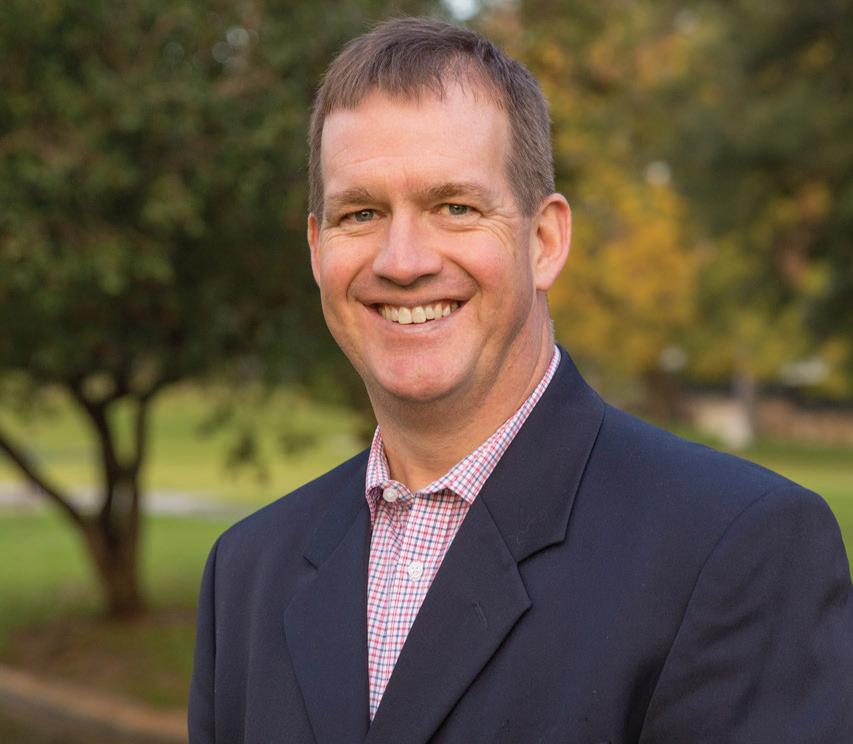
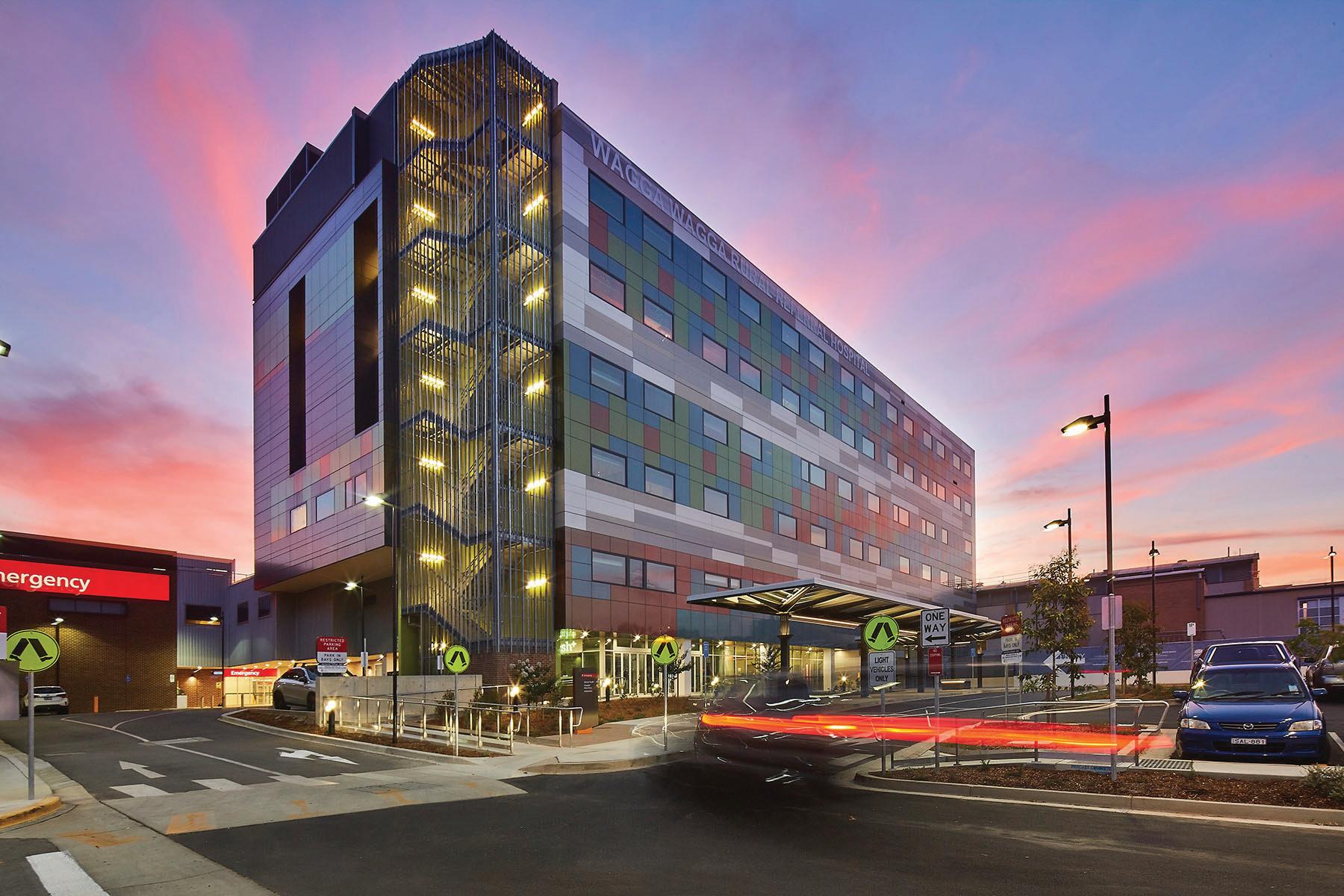
NATIONAL PRESIDENT’S MESSAGE
engineering professionals, now could be a good time to think about the potential impacts of these events, and do whatever
As noted in our recent email bulletin, there have been some delays processing membership renewals, that would traditionally have been sent out to members in July. You might also have visited the new and improved website that has been published, and we are just putting the finishing touches on the renewal process, so we anticipate you should be receiving your membership renewal notice in the next few weeks. The IHEA exists to serve members and provide a network of information and support, so your early attention to renewing
As always please feel free to reach out to Vanessa Gallina in Membership Services (ihea.membership@ihea.org.au) if you have any queries about your membership and access to the

Smart buildings are smart business
ABB Cylon® enables you to integrate smart building solutions into the planning of new facilities, retrofitting to an existing site, or upgrading current systems in a way that maximises return on investment and energy consumption efficiency. Start building your smart, safe, and sustainable building today with ABB.
Scan QR code to find out more about technology that maximises your facilities energy efficiency, productivity and reliability, or call 1800 60 20 20

QUEENSLAND BRANCH REPORT
Queensland Branch has once again closed out the financial year with a number of successful professional development events that were well attended, and we are looking forward to another successful year ahead. Spring, for many members, is a time to gather themselves after the end of financial year rush and to begin focusing on projects for the coming fiscal year. This is made that much easier with the professional relationships that are formed between members whether they be from health services providers or from industries that support the health sector. It has been great to see this interaction in play during professional development seminars, conferences, committees, and social gatherings and to experience the shared passion for providing the best possible healthcare in our country.
New Members
I would like to welcome all members from Queensland that have joined recently. We look forward to catching up with you at our upcoming events and getting to know you.



Professional Development Seminars
Looking ahead, the Queensland Branch Committee is currently planning afternoon PDs later in November this year and another early in the new year, probably around late February. Please keep a look out for the information that will be forthcoming via email and other channels.
Our colleagues from the other states have been providing great online seminars and we encourage you to take advantage of these through the IHEA website (and via Zoom on the day). Something that is always being considered by the committee is how best we can best serve members across the whole state – your feedback and input on this would be greatly appreciated.
Mid-Year Conference 21 July 2023
Like all good racehorses that recover well after a false start, an unfortunate set of circumstances led to the mid-year conference being held on Friday 21 July rather than day earlier as advertised. I would like to especially thank delegates, speakers and sponsors for their assistance and understanding in making it a successful and well attended conference despite the late change. Similarly, a big thanks to the organising committee rallying together to make the day happen.
Experts in Medical Compressed Air Solutions
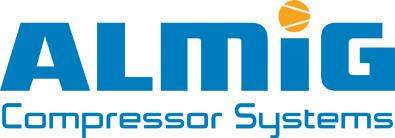
Since 1994, Cleveland Compressed Air Services have proudly provided and distributed our products and services to the healthcare industry. We have over 30 years of experience and an extensive range of high-quality products including Class ZERO Oil Free Air Compressors, Ultra Low Purge dryers, HLI enabled Breathing Air Purifiers and 15bar Surgical Tool Air Compressors. We offer tailored solutions backed by quality products, audits, installations, service & repairs.
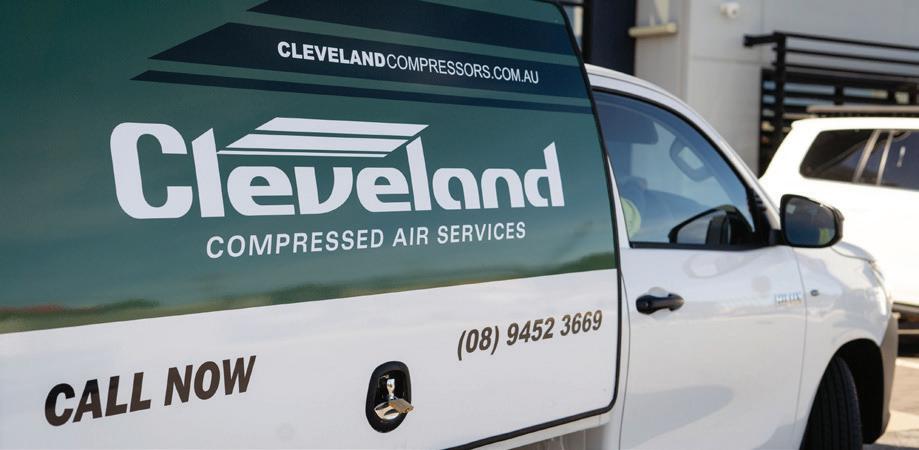
Products Include:
• Medical Breathing Air Compressors Systems
• Medical Tool Air Compressor Systems
• CSSD Compressor Systems
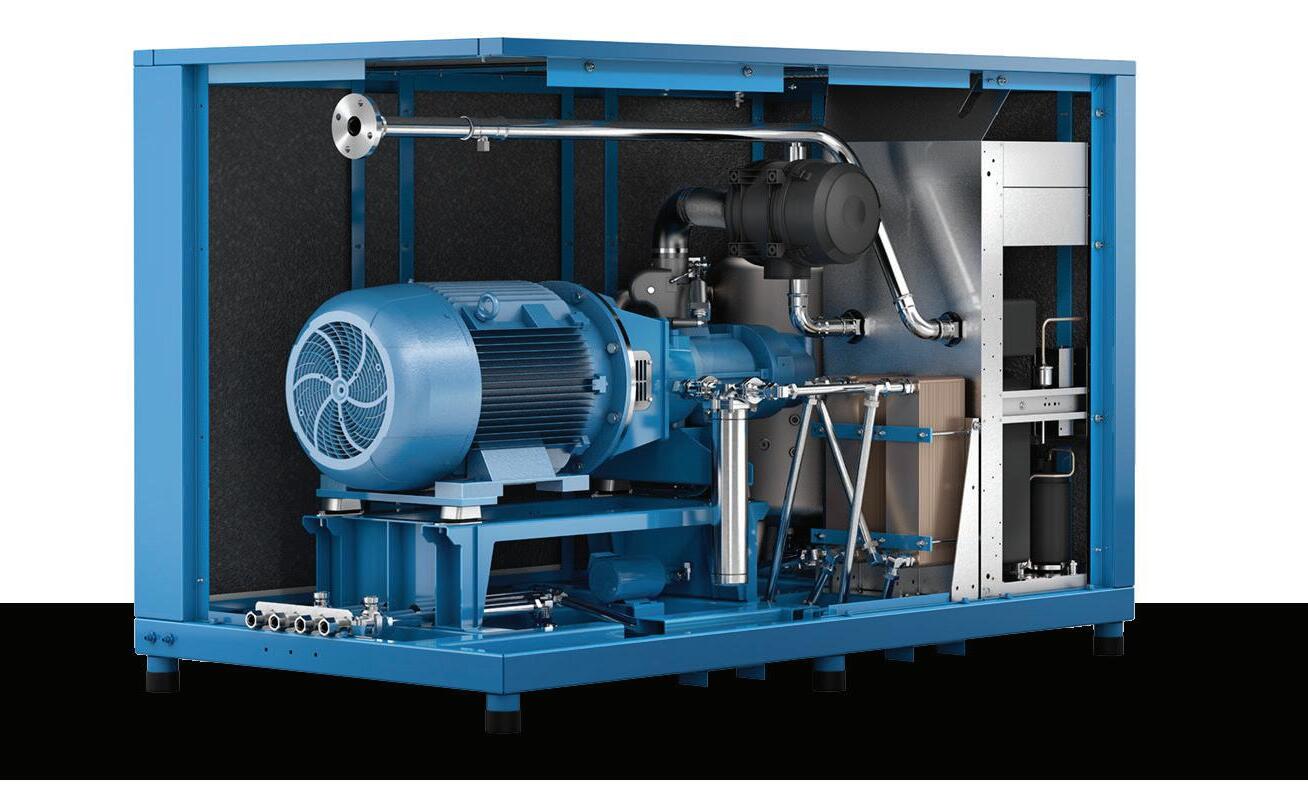
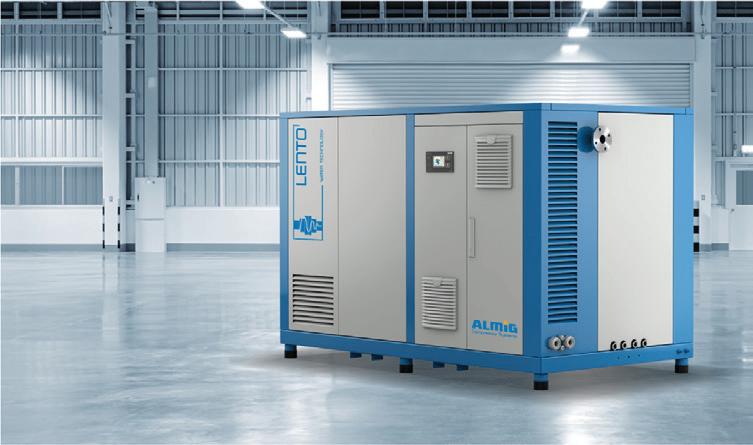
• Laboratory Air and Gas Generation Systems

Medical Suction systems

• Filtration
• On-site Nitrogen Generation Systems
On-site Oxygen Generation Systems
Service providers for:
• Royal Perth Hospital
• Sir Charles Gardiner Hospital
• Perth Childrens Hospital
Hollywood Private Hospital
St John of God Hospital Network

• King Edward Memorial Hospital
• Fiona Stanley Hospital
• Joondalup Health Campus
• & Many more
Cleveland Compressed Air Services are authorised service representatives for well-renowned brands such as:


24/7 Support
Our network of service technicians are available 24/7. No matter when problems arise, we’ll be there to help!

Medical Expertise Oil Free Solutions
We have established ourselves as industry leaders, offering Medical Compressed Air Solutions with a wealth of experience.
We are licensed distributors of oil-free and environmentally friendly compressor solutions


The conference theme of SUSTAINABILITY: What, When and Where was very well received and generated considerable interest and discussion. Thanks to all the speakers for their time and effort in preparing the presentations and making the conferences one of the most relevant and interesting conferences we have held.
These events are not also possible without our sponsors. Our major sponsors this year were Schneider Electric, Integrated Water and HolyOake – thank you for your ongoing support. Thank also to all sponsors and their efforts taken in setting up and manning the booths and displays on the day.
Committee of Management
The new year brings a slightly different look to the COM. Peter White has made good on his long-standing promise and has stepped down from the committee (but is still available for sage advice). Peter is a past president of the committee and his contribution in various roles over many years has been invaluable – thank you Peter. Similarly, Dave Gray has also stepped down to focus on retirement life and we wish both Peter and Dave all the best.
We also welcome Michael Campbell and Josiah Padget to the committee and their willingness to take up the roles of
Vice President and Secretary respectively. A big thank you to Matt Smith for his work as Secretary last year.
President Danny Tincknell
Vice President Michael Campbell
Treasurer Michael Ward
Secretary Josiah Padgett
State National Board Representative Adrian Duff
Committee member Christopher Aynsley-Hartwell
Committee member Matt Smith
Committee member Arthur Melnitsenko
Committee member Mark Fasiolo
Committee member Mark Collen
Committee member Nic Coffey
If you would like to communicate with the QLD Branch via email, please do so at ihea.qld@ihea.org.au
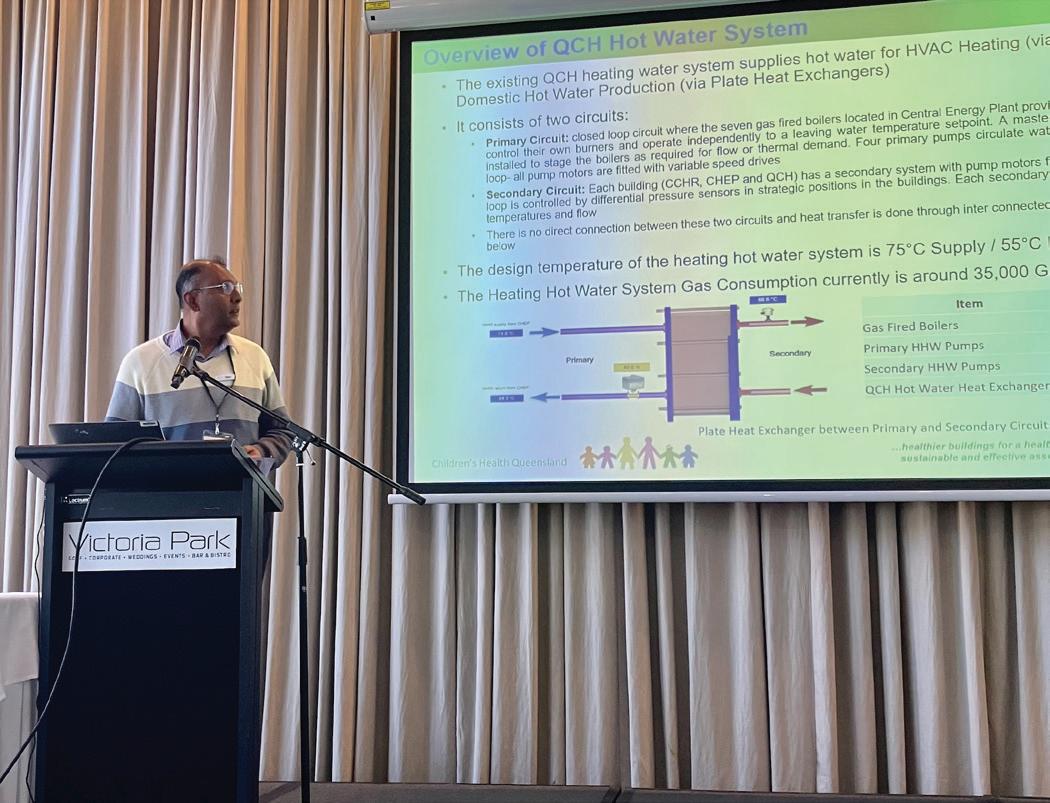

Wishing you all an enjoyable and successful Spring.
Danny Tincknell President, QLD Branch

VIC/TAS BRANCH NEWS
Victoria / Tasmania branch are continuing the monthly lunchtime professional development / educations sessions.
As always, a warm invitation is extended to all IHEA members to join in these sessions online – these programs are intended for the national IHEA audience.
Past webinars…
Wednesday 05 July Dr Kowalski, – Disinfection of air by ultraviolet light.
Wednesday 19 July Andrew Baird, and Jasin Long, Seismic restraint specialist
Wednesday 02 August - Harriet Whitely, Associated Professor in Environmental Health at Flinders University & deputy director of the ARC ITTX for biofilm research and innovation –Water as a source of healthcare associate infections
Wednesday 23 August – Robin Archibald is a founding Director of 3E Net Zero Group Pty Ltd, and an energy efficiency engineering expert, bringing over two decades’ experience in the energy efficiency, carbon management and net zero solutions. He has extensive experience leading and offering strategic guidance to engineering project management teams and sustainability professionals to deliver energy and emissions reduction solutions throughout Australia and New Zealand.
Net Zero Roadmap – a practical implementation framework Achieving Net Zero is a complex and challenging goal, but it is one that Australian organisations must strive to achieve. This entails a comprehensive approach that addresses all sources of emissions. Aside from government targets and stakeholder pressure to do the right thing there are operational and patient outcome benefits to this transition.
This presentation will cover the development of an optimised framework using implementation experience in the strategic integration of multiple solutions to provide a cohesive roadmap to net zero. It will Case study highlights of similar experiences incorporating an integrated and holistic approach to infrastructure, asset and energy management.
Members note these professional development sessions are recorded and uploaded to the IHEA website for members who could not make the live event.
UPCOMING BRANCH EVENTS
October - Mark Collen from CETEC - Water quality relating to corrosion in hospital networks (a hot topic at moment), or indoor air quality and Mould control?
Branch news
Save the date … the IHEA National Conference 2024 will be at Marvel Stadium, Melbourne, Monday 27 May to Wednesday 29 May 2024, sponsorship enquiries via Icebergs (jodie@icebergevents.com.au). Keep an eye out for more information as it is released.
State Committee of Management
Michael McCambridge
The Royal Melbourne Hospital
Branch President / National Board Member
Julien Colangelo Opria COM / National Board Member
Steven Ball St John of God, Geelong Hospital COM / Treasurer
Rod Woodford Bendigo Health COM

John Mihalinac Victorian Health Building Authority COM
Howard Bulmer Consultant COM
Steve Ball
Vic-Tas Branch Committee
How often is the cool room door left open?
And how much has that cost you?
Power bills?
Spoiled produce?
Unnecessary Cool room checks?
T-TEC Wireless data logger with a temperature sensor going into the cool room and a door switch sensor can give alarms that can be seen or heard locally and remotely via a phone app. The effect and duration is clearly seen on the graph and statistics.
Contact us for a quote for the TempReport System. Temperature
105 Anzac Highway, Ashford SA 5035 Tel: 08-8297 7077 Email: sales@t-tec.com.au
THE MOST ENERGY EFFICIENT FAN FILTER UNIT
Designed specifically for use in cleanrooms, pharmacies, pharmaceutical manufacturing facilities and laboratories.

THE PREFERRED CHOICE FOR CRITICAL ENVIRONMENTS

+ High airflow capacity
+ Versatile motor options
+ Room-side Aerosol Test System
+ Seismic certification pre-approval
+ Face mounted LED filter and motor status light
+ Optional integrated LED lighting
NSW/ACT BRANCH NEWS
Hello again to our state and national colleagues from the NSW/ACT Branch. After a State and National Election, change of government and the end of fiscal year; we can finally say we have been thrown back into the thick of it. The industry was put into a state of limbo there for a couple of months, but it now looks like they have sorted out the books and political direction and off we go again.
I sometimes wonder, wouldn’t it be great if the policy makers and upper management actually spoke to the people on the ground before starting projects, or making mandated agendas? Just a thought.
On the 18th of September, we had a PD Day. Starting with a visit to Mitsubishi Heavy Industries, primarily discussing the new 32A 3 phase heat pumps, while also going through their mechanical systems, including; ducted, splits and cassette systems.
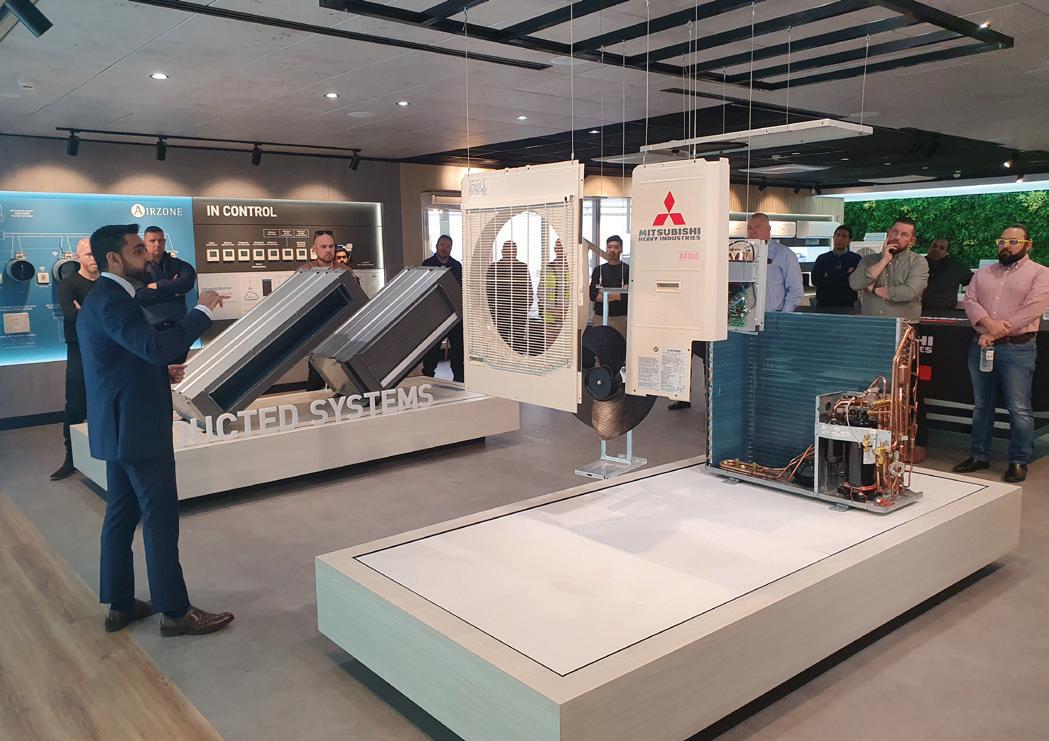
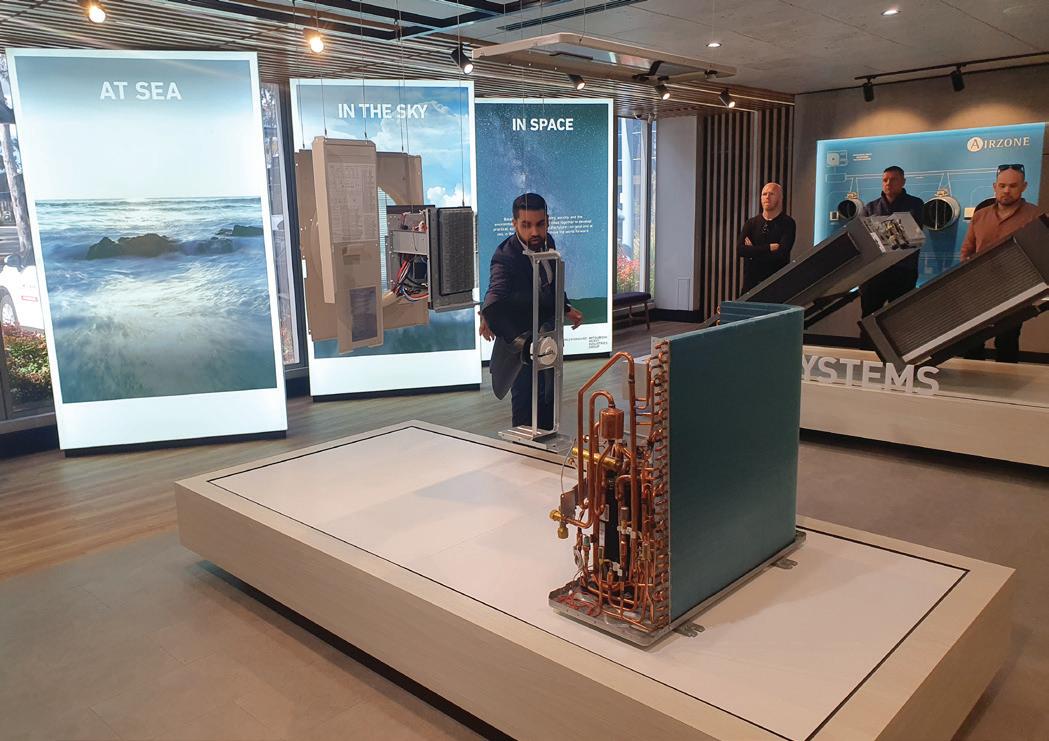
With the move away from gas heating looming, the Mitsubishi heat pump was a highlight of the day. Compact, easily installable, and serviceable. This gives the mechanical people a replacement option without breaking the bank.
Thank you Mitsubishi, for an informative presentation, lunch and supporting the IHEA.
We then continued to Concord Hospital, for a presentation on car chargers and charging stations for the hospital fleets. We discussed the pros and cons, what challenges we might face as well as what needs to be done infrastructure-wise before we start installing these chargers.
NHP and Schnieder both presented, and both had their respective car chargers with them, so we could see how they operate and what is required for the fast charging, as well as how they are going to look and mount in charging areas.
The two companies demonstrated their capabilities, energy management systems and how they can be accessible to hospital Building Management System (BMS).

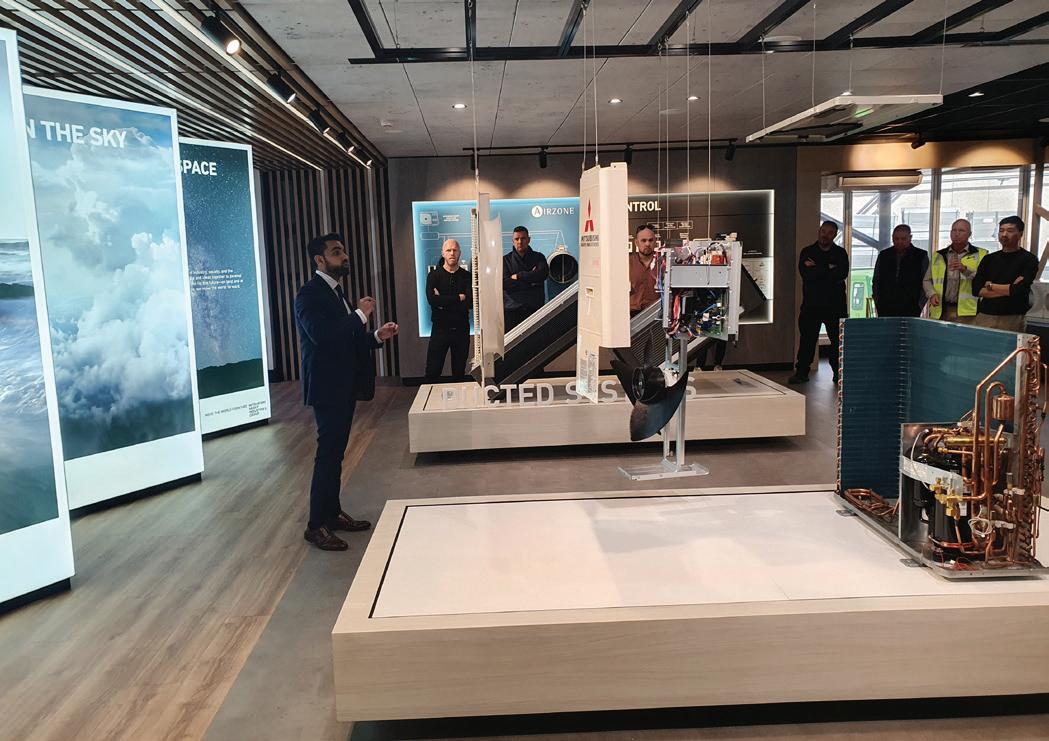
We also discussed how we want to avoid a repeat of the early solar days and have a race to the bottom with price and quality of car chargers. We would prefer to stay with the named brands for service, support, and replacement of parts.
We continued, talking about infrastructure of supply network including, sub stations, distribution networks, main switch boards and distribution boards, cable access and future expansions. Also highlighting the point to management and fleet managers that this should be a priority before any purchase of car chargers. Plus, preferrable charging locations and potential hazards. How would the fire brigade access the areas when a battery fire has started? Maybe underground car parks are not the right area for a charging station at this stage?
We also had Charles from DEP Consulting who is a level 3 grid designer, talk about how we start the process of engaging the energy companies to upgrade the high/ low voltage networks to hospitals for this extra load. We believe that good planning needs to be put in place before rushing down this path so we do not end up with a white elephant out the back car park.
As a member of the NSW/ACT branch has taken on the role of representing IHEA with the Australian Standards, I would like to introduce you to one of our members, Meenal Sharma who will help us with navigating this function.

Hi there, my name is Meenal
I am of Indian origin and came to Australia with my family when I was young. I did my schooling at Catholic schools in Sydney and Graduated from University of Technology Sydney in 2018 with a Bachelor of Biomedical Engineering and Diploma in Engineering Practice. This was a 5-year comprehensive course!
I have worked with Sydney Local Health District (SLHD) for 4 years in the Biomedical Engineering Department. I am skilled in repair as well as conducting routine and Annual Preventative Maintenance on Medical Devices according to AS3551 which comprises of both functional and electrical tests. I recently got the opportunity to join the RPA Redevelopment Team where I look after the procurement for projects. I am required to appropriately procure, install, and test in accordance with Australian Standards and NSW Ministry of Health Policies to uphold essential clinical, operational and Workplace Health and Safety (WH&S) requirements.
I manage and ensure the completion of a range of tasks, nominated project activities and deliverables involved in the successful planning, procurement, delivery, and commissioning performed within large diverse projects across the facility.
I have always had a passion for healthcare, as I believe it calls for involvement, respect, and willingness to be part of such a service.
Being involved in biomedical engineering and now in redevelopment projects has strengthened my knowledge of Australian Standards that the healthcare industry abides by, to provide the best clinical care to patients and safety of staff. I am very passionate about being involved with monitoring and providing updates on Australian Standards that help contribute to improving quality in health care.
Inspirational Quote: “The best way to find yourself is to lose yourself in service to others” – Mahatma Gandhi Interests: Sports Cars and hiking!
Thank you for this opportunity, I am looking forward to contributing further!
With Regards, Meenal Sharma
CIE FF&E Manager| MIEAust, MIHEA SLHD CIE
Meenal will be reviewing the standards and reporting back to us regularly, via the IHEA website, LinkedIn and our quarterly magazine so we are looking forward to these updates. Please all welcome her and if anyone has any information or ideas, please pass them on and we can open the discussion.
We will be having another PD day on the 1st December at RPA, themed “Business Continuity Planning” focusing on
• Business Continuity Plans (BCPs)
• Power Consumption
• Sustainability and Energy Efficiency
• Heat, Bushfire and Flood risk management. The day will include guest speakers and associated presentations from NSW Health’s Sydney Local Health District’s Disaster Management Team.
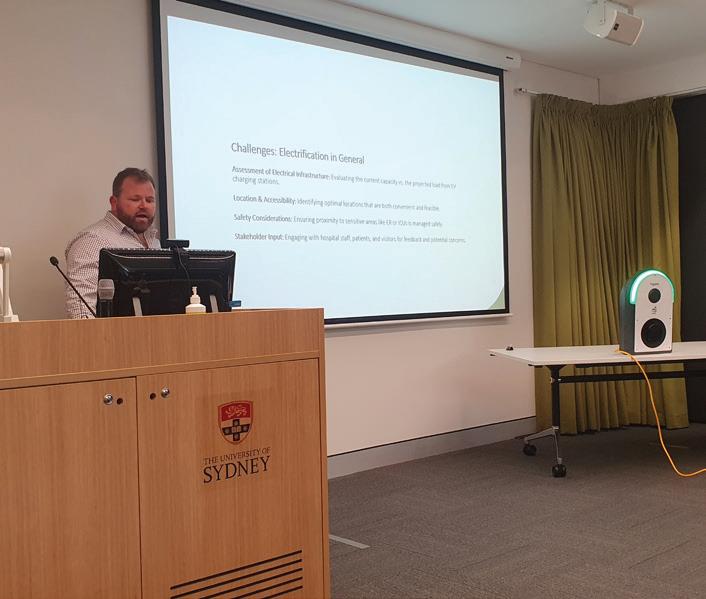
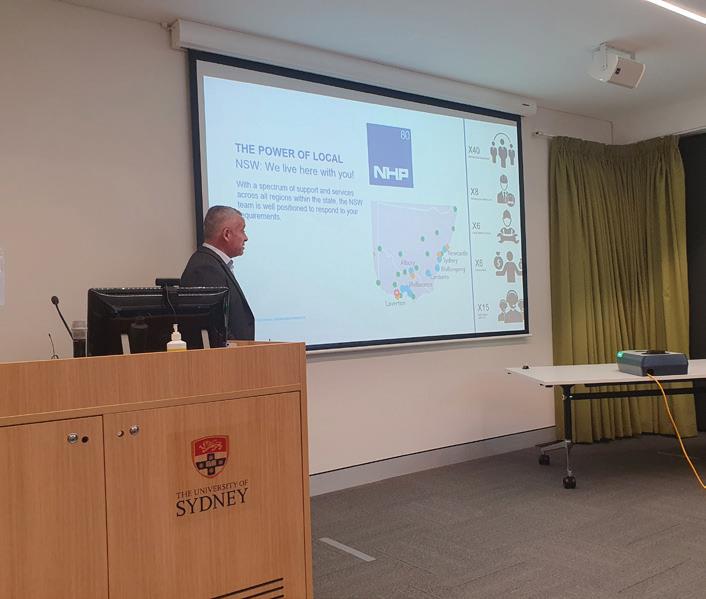

We will be having a Christmas/ end of year social networking event following the discussion so please puts this into your diary.
Cameron Ivers IHEA NSW/ACT Branch President.Face Based formats
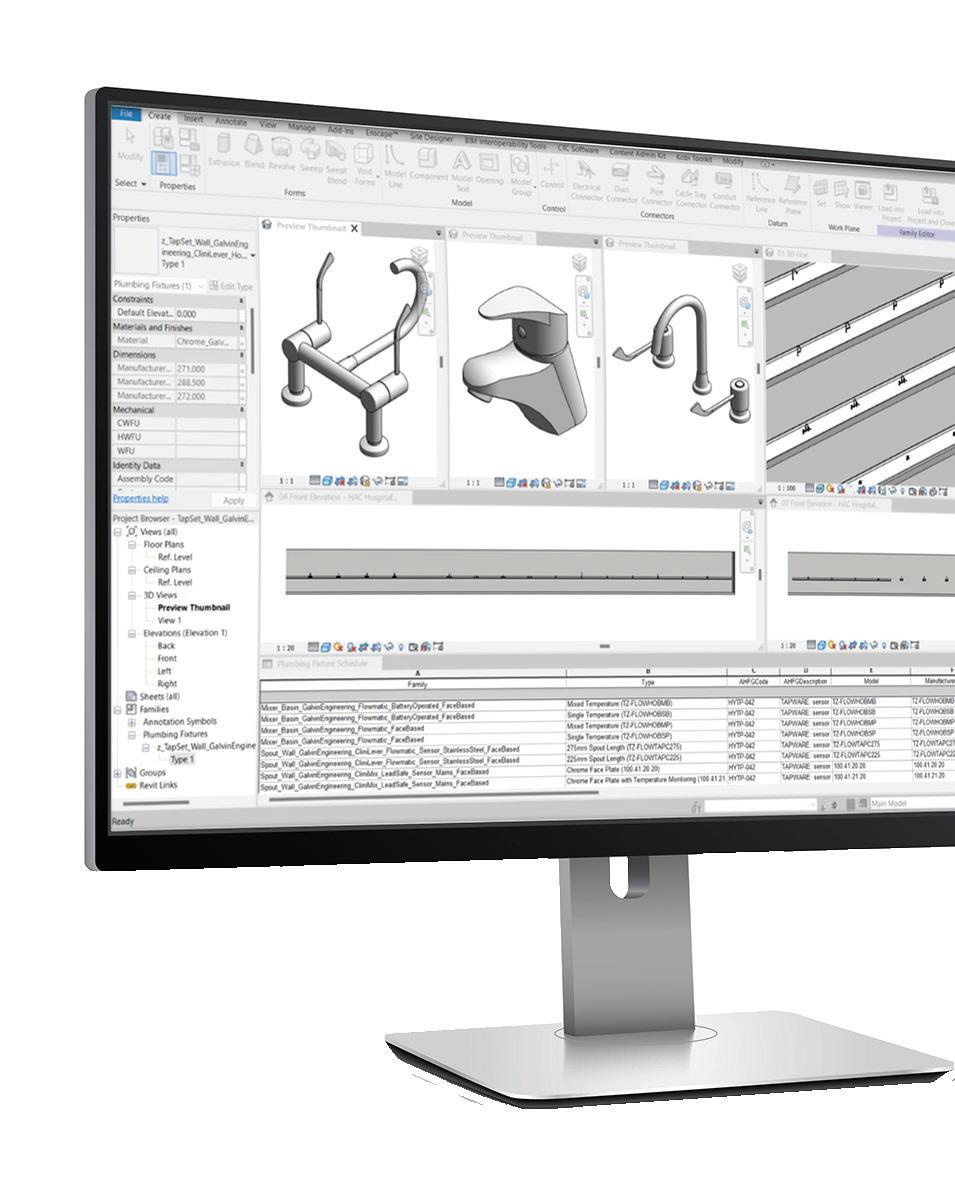




WA BRANCH NEWS
It is spring once again and, boy, has it been busy in Western Australia?! Our members have been spoilt with several top class IHEA activities.

The first was the Adelaide National Conference in May. A few Western Australian members took the opportunity to fly over, myself included and I can say hand on heart this was an excellent event. Thanks to the organising committee and to the Iceberg team.
The presentations were worth the trip alone, however one very apt paper was delivered by WA Committee member Sarah Bailey on “black mould” or more accurately, “mould that is coloured black”.
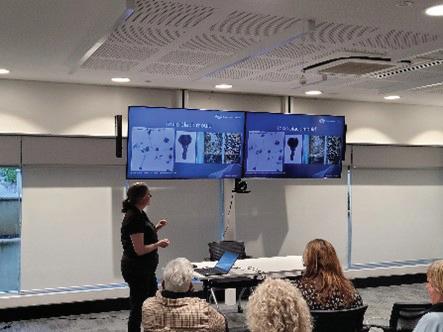
The Western Australian committee in conjunction with the North Metropolitan Health Service Area Director of Facilities Management, Mr Peter Easson invited Sarah to repeat her presentation to the NMHS Facilities Management team and again later to a collection of members, infection control and allied health professionals. The feedback from all of the attendees was incredibly positive with many repeating the same comment of how they enjoyed the presentation and how much they had learned. A point ably backed up by the amount of note taking everyone was doing and the quantity and quality of the questions and answers. Thank you, Sarah, well done.
Our next session saw about thirty members and guests visit the newly constructed, yet to be commissioned Cyclotron Facility. The rest of this article has been contributed by WA Branch Committee




Member Mr John Pereira who organised this once in a lifetime visit.
IHEA WA Branch Technical Meeting Report, 11 July 2023:
Members of the WA branch were privileged to attend and see first-hand, the first privately owned medical cyclotron installed into a purpose-built facility at Cyclowest WA.
The meeting was fortuitous as there is a limited window of opportunity to be taken behind the scenes, as once the TGA GMP accreditation process commences, the facility will operate in a cleanroom status that must be maintained for radio-pharmaceutical production, meaning general public access will not be permitted.
Thomas explained that the purpose for this facility is to provide radio-pharmaceuticals required initially to satisfy the WA demand for PET imaging as well as future radio-nuclides for therapy. Initially the main radio-pharmaceutical to be produced will be FDG (fluorodeoxyglucose). He referred to the vision of Dr Nat Lenzo, founder of Cyclowest WA, in bringing this project to fruition.

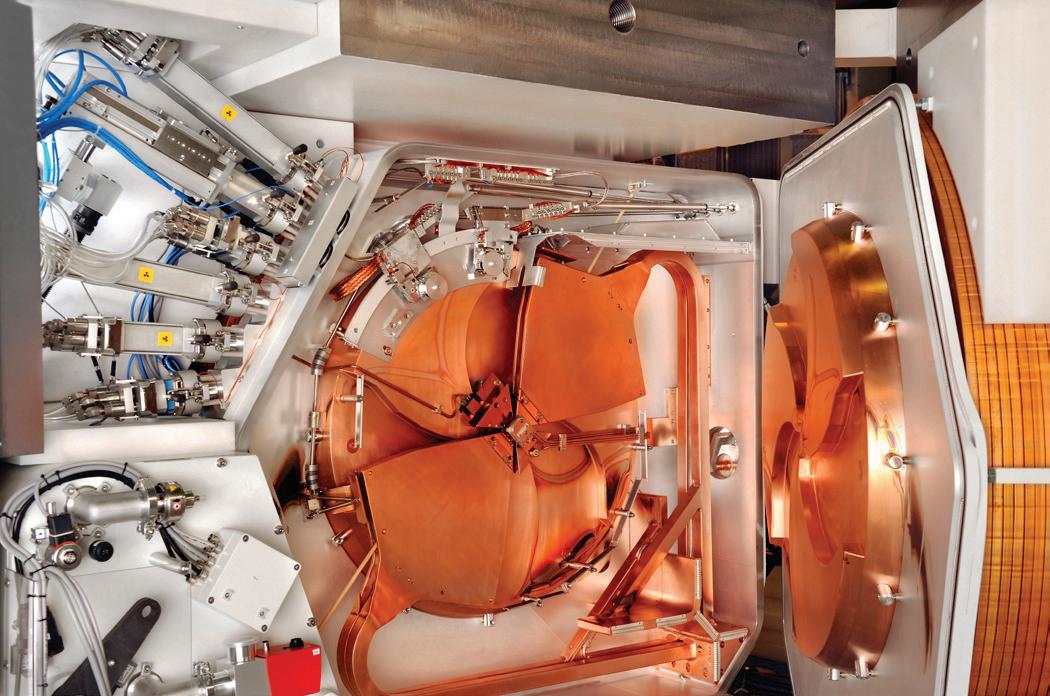
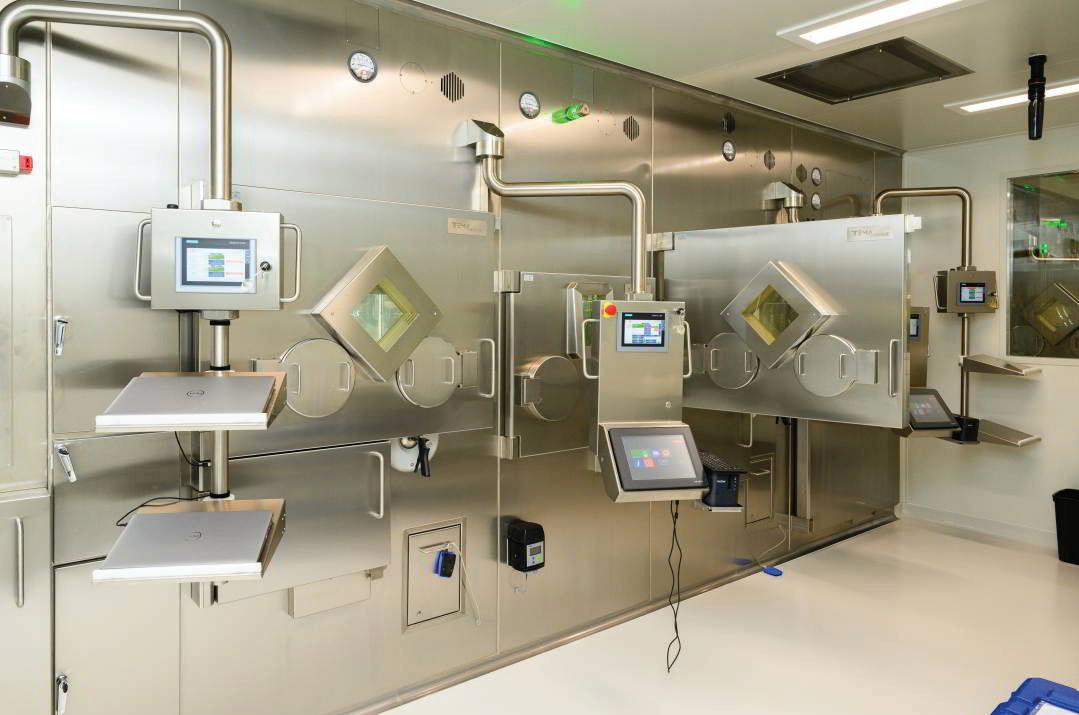
The presentation gave an overview of the timeline from concept to land acquisition, design, construction, and practical completion. The project started during the COVID pandemic with construction commencing in April 2022 and the cyclotron being energised in May 2023. Thomas explained the detailed design required particularly to satisfy the West Australian Radiation Safety Regulations which mandated significant physics input. Commencing with a greenfield site there was significant geological groundwork preparation to support the slab with the weight of the cyclotron, the associated concrete bunker, and hot cells. He commented that the formwork for the bunker shielding took almost three months to prepare before the concrete could be poured in just a few hours. The cost of the formwork was almost ten times the cost of the volume of concrete used. A later walk through the facility demonstrated the detail and quality with the concrete floor/structural framework to a 1mm level tolerance and cleanroom panel assembly with an ‘as-constructed’ tolerance of 5mm!! Impressive indeed. He further explained the levels of redundancy incorporated into the design to ensure integrity of production including UPS backup of the HVAC systems to allow continuity of production to a recoverable point in the event of a power failure. Additionally electrical connections for an emergency external generator have also been incorporated. Thomas provided an overview for selection of the key equipment (GE PETrace 800 cyclotron and hot cells by TEMA), used to manufacture, and autodispense the various radiopharmaceuticals. He provided a

brief description of the building management systems to ensure operational continuity, monitoring of pharma-grade classifications and monitoring radiation levels to ensure personnel safety and to assure that no external discharge can occur, as the facility exists in a commercial zoned precinct and not in a traditional hospital (or university setting).
Mr Alex Rodgers of Norman Disney Young (NDY) who was the mechanical services design and commissioning consultant, then presented on the various HVAC aspects considered in this build. A key design consideration was the separation of mechanical services servicing the GMP and non GMP areas. The GMP areas requires strict airflow and pressure regimes for DQ, IQ and OQ. Supply air is HEPA filtered and the exhaust is via vertical discharge through both HEPA and carbon filtered stages. The design considered redundancy of AHU’s as well as serviceability for maintenance so not to compromise production. Three multi-pipe Trane chillers have been installed to allow simultaneous cooling and heating with operating redundancy. The pressure gradients required in the GMP are implemented through 15Pa steps from +60Pa to 30Pa in the radiation airlock and cyclotron areas with a minimum 25 A/C/hr supply for the key areas.
Following food and drinks, the attendees toured the facility also taking in the QC lab and specific storage areas for the air transportation approved shielded transport cases.
All the attendees were left thoroughly impressed by the quality and delivery of construction, the attention to detail in every aspect of the design. The project was delivered on time and within budget and is a testament to the ability of the private sector to deliver a project of this magnitude, which was once the realm of major teaching hospitals.
The WA members wished Thomas and his team assisted by cyclotron/facility engineer Adeesh Autar every success, as they now embark on their TGA accreditation phase to be completed this year.
The evening was sponsored by Mr John Pereira of Health Technology Engineering Pty Ltd who expressed his desire for the IHEA WA members to experience ‘a once in lifetime chance’ to see this unique facility.
Thank you, John.
* * *
As WA Branch Vice President, I would like to add that I know absolutely nothing about Nuclear Physics and the science behind such equipment but from an engineering perspective I was gob smacked. The precision in the construction was amazing and the descriptions of the process was in the league of star trek science fiction.
We rounded off the quarter with our annual Special General meeting, held at the Melville Palmyra Tennis Club. Apart from the election of our new Committee and Executive we were privileged to hear from State Secretary Mr Andrew Waugh and his account of his presentation on HV Switchgear
and SF6 gas. I personally could not attend Andrews provided a summary of his presentation below.
The State Special Meeting (SSM) was presided over by outgoing IHEA WA Exec vice president Alex Foster, who has provided a truly impressive nine years of service to the WA branch across many roles within the IHEA WA COM ad Executive. He will be missed on the WA Committee, but I’m sure we’ll continue to still see Alex at IHEA events in the future, including the upcoming WA State Conference.
As it happened the SSM was held at the Melville Tennis Club, on the same night as the Matildas were scheduled to later play their semi-final against England. We leaned into the combination and put on party pies, sausage rolls and made full use of the widescreen televisions and bar (as is evident in a few of the photos).
We had a great turn out for the SSM. All current Committee of Management positions were declared vacant, and elections were carried out for each position. WA State President Jana Sampson thanked the outgoing committee for their hard work and dedication throughout the last year and congratulated those who nominated and were elected to the IHEA WA Committee of Management to continue to promote the advancement of healthcare engineering and facility management for the betterment of patient care and safety.
The elected office bearers for 2023-24 are as follows:
IHEA WA Committee of Management Executive
Position
Elected
President Jana Simpson
Vice President Fred Foley
Treasurer Brendan McFaull
Secretary Andrew Waugh
National Board Representative Fred Foley
IHEA WA Committee of Management Members:
Position Elected
Committee No.1 John Pereira
Committee No.2 Gavin Kinsella
Committee No.3 Alex Rodger
Committee No.4 Tina Jensen
Committee No.5 Leif Jensen
Committee No.6 Sarah Bailey
Committee No.7 Yulie Ollson-White
Committee No.8 Peter Clifford
Committee No. 9 Brian English
Immediate Past President Fred Foley
With the formalities of the evening completed, Andrew gave a short presentation on the topic of “High Voltage Switchgear SF6 Gas Insulation Challenges for a Sustainable
Future”. Short because of the deadline of kick-off for the Matildas. Many audience members were unaware that SF6 gas commonly used in HV switchgear is listed as an extremely potent greenhouse gas according to the Kyoto protocol, with 25,200 times the comparative Global Warming Potential of CO2 and a lifetime of 3,200 years in the atmosphere. The presentation highlighted the need to manage legacy SF6 gas leaks and risks and focussed upon alternative technologies available right now to eliminate or substitute this gas to reduce future environmental impacts, to benefit future generations.

We ended just in time for kick-off and cheered on the Matildas. Whilst they didn’t win their knockout round, we were all very proud of them and appreciated how their individual efforts have inspired a nation to be the change we want to see in the world. A sentiment all IHEA members can agree on.

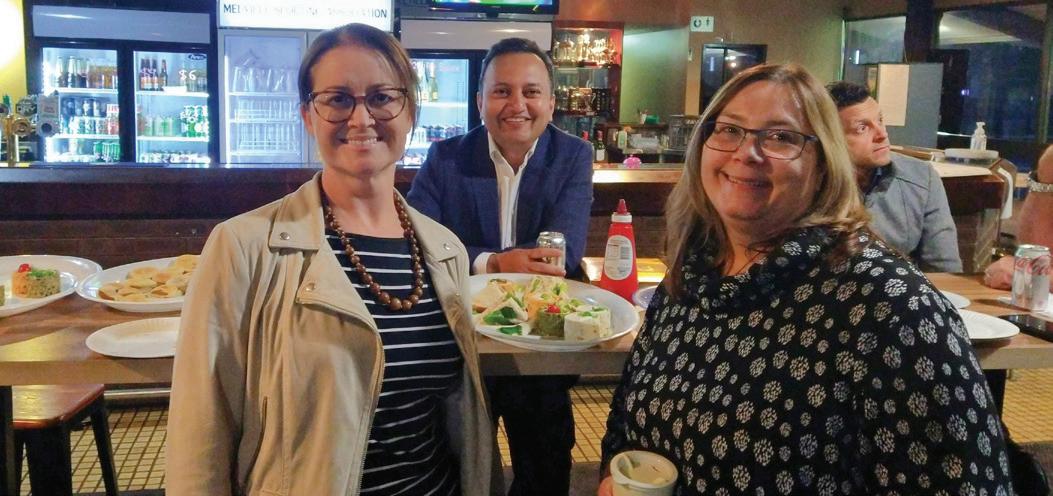
Thank you, Andrew.
The summer journal is just around the corner, and we will have the WA State Conference, a couple of site visits and our annual Christmas Sundowner to talk about.
Until then, stay safe
Frederick Foley WA State Vice PresidentOUR VISION
To be Australia’s most forward thinking, agile and influential engineers and asset advisors.
OUR VISION
Lucid operate a national and dedicated Health Sector specialisation. Our offering includes;
To be Australia’s most forward thinking, agile and influential engineers and asset advisors.

• Asset Management, Auditing and Compliance Upgrades
• Building Engineering Services Infrastructure Sustainment & Refurbishment
Lucid operate a national and dedicated Health Sector specialisation

Our offering includes:
– Engineering Services Design & Delivery
• Clinical Sustainment & Refurbishment
Auditing and Compliance Upgrades

• Major Capital Works Projects
• Project Management
• Building Engineering Services Infrastructure Sustainment & Refurbishment

• Clinical Sustainment & Refurbishment


• Major Capital Works Projects
• Project Management
– Asset Management, Auditing, Sustainment & Compliance
– Hospital Infrastructure Advisory
– Decarbonisation & Electrification
– Sustainability
Engineering a better way for a better world. www.lucidconsulting.com.au
Engineering a better way for a better world. www.lucidconsulting.com.au
Please direct Project Enquiries to Nick Adcock, Director – Health nick.adcock@lucidconsulting.com.au | 0431 006 445
Mitigate risk and ensure compliance in your healthcare facility.
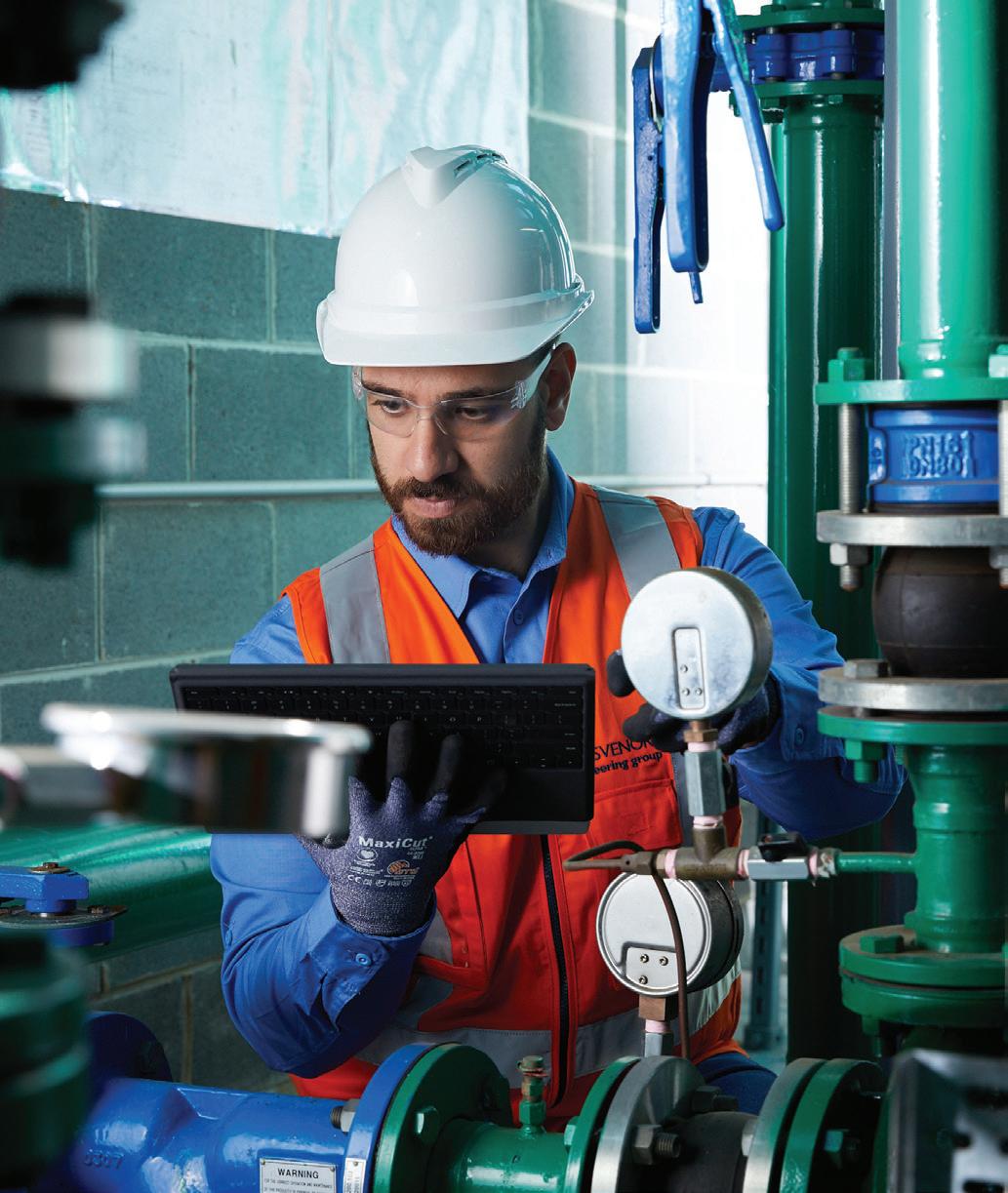
Ensure
Be
Mitigate risk and downtime for your healthcare facility through proactive maintenance of HVAC, Fire and Electrical systems. Regular servicing will help to eliminate and spot any potential problems before breakdowns. At Grosvenor Engineering Group (GEG), we understand that the comfort of patients and doctors is paramount in hospitals and clinics. The reliable operation of cooling equipment supporting critical MRI and other medical equipment cannot be compromised.
At GEG, we have over 25 years’ experience providing end-to-end solutions to many healthcare facilities. Our technicians proactively maintain operational technical assets, ensuring your patient-care continues as usual.
www.gegroup.com.au
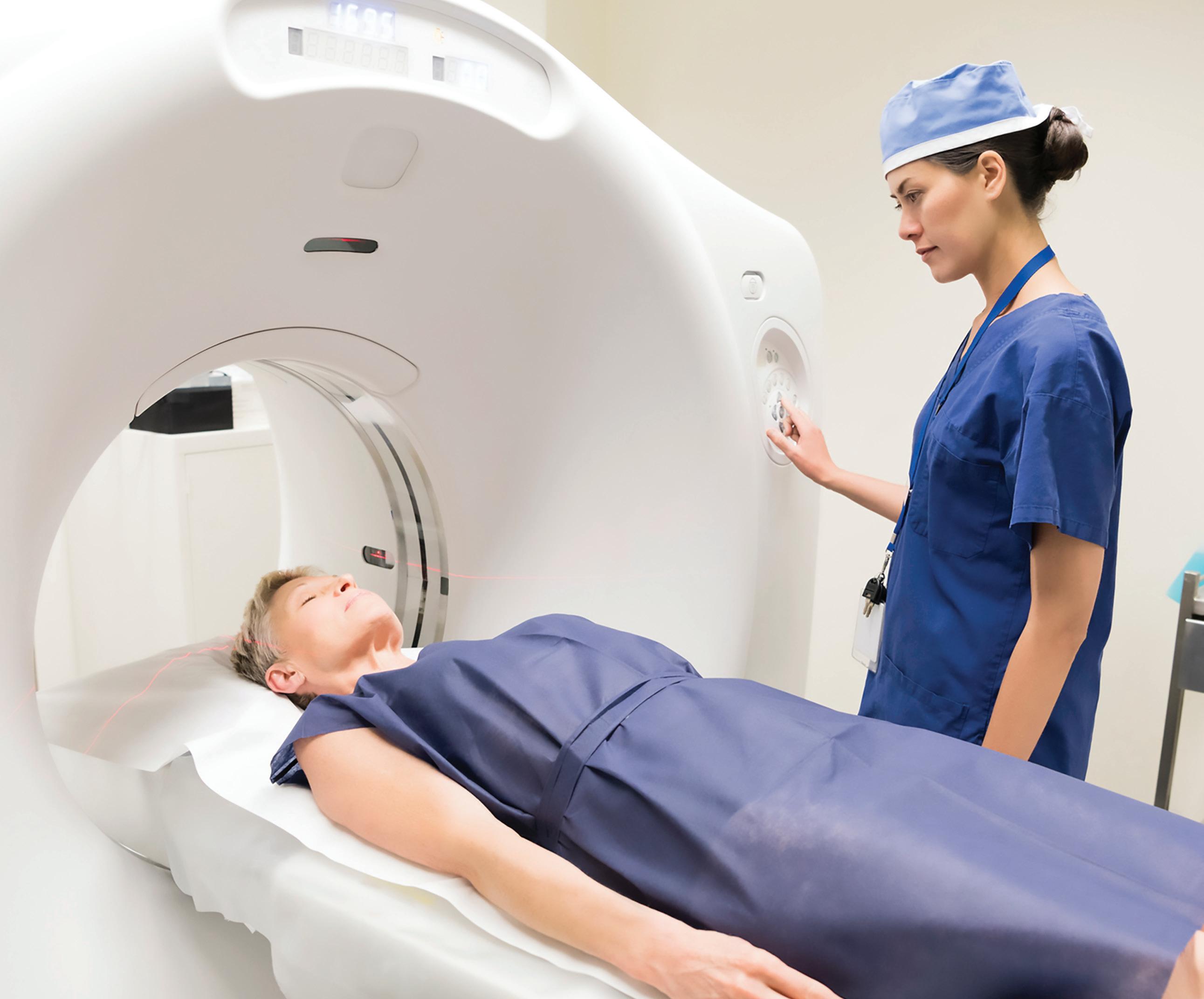
Australian-first technology for safe, cost-effective and eco-friendly clinical waste management
Clinical waste poses a significant challenge in Australia, with almost 47,000 tonnes produced in 20201. The pandemic exacerbated the problem, causing a 100fold increase in clinical waste production at some sites2. With Australia’s growing and ageing population, clinical waste volumes are only likely to increase.
Current clinical waste management practises are outdated and unsustainable. They contribute to pollution and fossil fuel consumption and are associated with public safety risks such as contamination from stored waste. To meet sustainability targets while managing capex budgets, hospitals need waste management solutions designed for the 21st century.
That’s why Hipac is thrilled to introduce Sterilwave to Australia. Designed and developed in France, this United Nations award-winning solution uses unique, cutting-edge technology to effectively process clinical waste while protecting public health and the environment.
Microwave technology for effective sterilisation
Every day, each hospital patient generates between 0.2 and 1kg of infectious waste, which is difficult and expensive to treat and remove. Sterilwave combines shredding with microwave sterilisation to rapidly disinfect waste up to 8log10.
Sterilwave generates microwaves which heat waste to 110°C. This destroys bacteria in just 30 minutes and evaporates large amounts of liquid to produce compact, inert and dry general waste that can be recycled, repurposed or sent to landfill.
Its technical capabilities mean Sterilwave can process almost any type of waste, including plastics, glass, textiles, organic materials, infectious waste and metal objects such as sharps.
Cost-effective onsite waste management
Most clinical waste is currently transported offsite for treatment using refrigerated trucks to control bacterial growth and odour. Hundreds of tons travel many kilometres (even crossing
state borders), contributing to the 7% of carbon emissions attributed to healthcare in Australia3. This practise contradicts the World Health Organization’s directive to process infectious waste near where it is generated. Rising fuel costs also make it increasingly untenable.
With Sterilwave, clinical waste can be rapidly processed onsite at a fixed price, thereby reducing:
• cost uncertainty related to fluctuating commodity markets
• carbon emissions from waste transport
• risk of waste build-up due to transport disruptions
• contamination risks associated with waste storage.
Versatile and easy to use
Sterilwave is available in four sizes to process up to 20kg, 50kg, 88kg or 180kg of waste per hour. The easy-to-use equipment requires only 5 to 10 minutes of operator time per cycle. Waste is loaded into a single ultra-compact vessel. Once the cover is secured and parameters set using an intuitive touch screen, it completes the grinding and sterilisation process automatically.
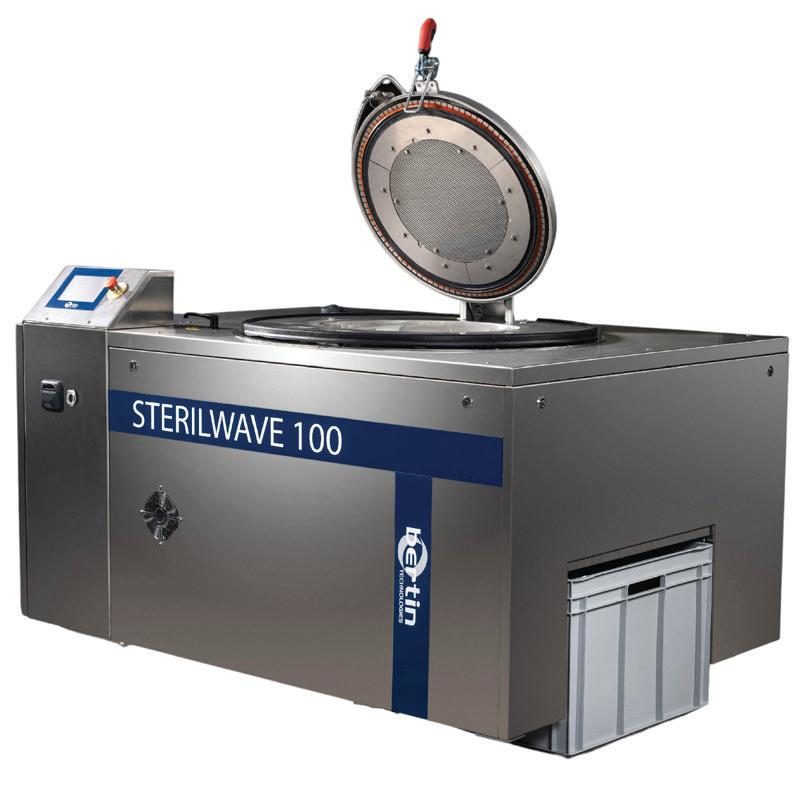
Safeguard workers
With no need to segregate waste for treatment, safety risks are reduced. Sterilwave is also equipped with operational safety controls, including:
• automatic power level adaptation
• double measurement of tank temperature
• permanent microwave power control
• protection of the microwave generator by isolator.
Environmentally friendly
Traditional waste management solutions pose unacceptable environmental risks. For example, inadequate incineration can release toxins and ash residues into the air. Autoclaving uses vast amounts of water and releases contaminated water into the sewerage system.
As sustainability becomes increasingly important in healthcare, waste management solutions must adapt for facilities to meet environmental targets. With its eco-friendly technology, Sterilwave uses less water and energy and produces zero effluent or emissions, while reducing waste weight by up to 25% and volume up to 80%.
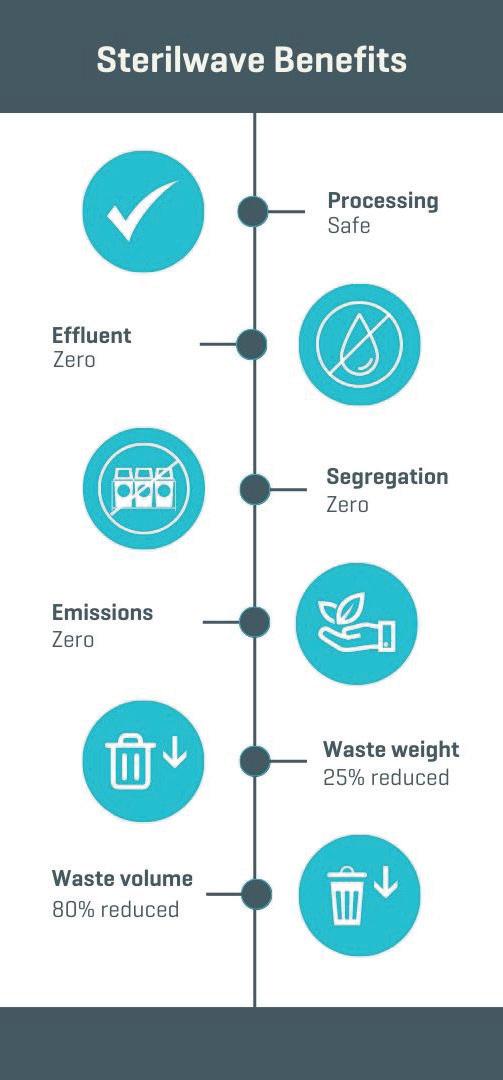
Waste processed by Sterilwave can even contribute to circular economies. In Europe and South America, it is used to manufacture plastic products, building materials and as a filler material in cement.
1 Geoff Latimer, 22 October 2021, “Hazardous Waste in Australia 2021”.
2 https://www.health.gov.au/news/managingcoronavirus-clinical-waste
3 https://www.thelancet.com/journals/lanplh/ article/PIIS2542-5196(17)30180-8/fulltext

Smart Flow delivers Healthy Water, Sustainable Hospitals
SUSTAINABLE
Watts possible now
In 2023, Enware joined the Watts family of brands to expand capabilities and further improve product offerings and service levels for customers. Watts Water Technologies, Inc., through its family of companies, is a global manufacturer headquartered in the USA that provides one of the broadest plumbing, heating, and water quality product lines in the world. Watts Water companies and brandsoffer innovative plumbing, heating, and water quality solutions for commercial, residential, and industrial applications. With Enware's increased capabilities, anything is possible.
“We
For more information, contact your local Enware representative or enquiry by scanning the QR code.
Technologically advanced, Enware’s intelligent water solutions are trusted for proven performance, dependable durability and actionable insights to align with every hospital’s safety, sustainability and efficiency targets.
Winner Best Paper Award – 2023 IHEA National Conference
A NOVEL APPROACH TO MONITORING LEGIONELLA AND WATER QUALITY IN HOSPITAL AND HEALTHCARE WATER DISTRIBUTION SYSTEMS
Muhammad Atif Nisar1, Kirstin E. Ross1, Melissa H. Brown1,2, Richard Bentham1, Giles Best3,4, James Xi5, Jason Hinds5,2, and Harriet Whiley1,2
1College of Science and Engineering, Flinders University, Bedford Park, SA, Australia
2ARC Training Centre for Biofilm Research and Innovation, Flinders University, Bedford Park, SA, Australia 3College of Medicine and Public Health, Flinders University, Bedford Park, SA, Australia
4Flow Cytometry Facility, Flinders University, Bedford Park, SA, Australia 5Enware Australia Pty Ltd, Caringbah, NSW, Australia
Introduction
Hospital and healthcare building water systems have been identified as a major source of Legionnaires disease, a potentially fatal pneumonia like infection caused by the Legionella bacteria. Legionella is ubiquitous in natural and engineered water systems and is transmitted through aspiration or inhalation of Legionella-contaminated water or aerosols. Those at greatest risk of infection are the elderly and immunocompromised individuals, and as such healthcare outbreaks associated with hospital engineered water systems are of significant concern [1].
Globally the incidence of Legionnaires disease has been increasing [2-4]. As such, there is a need for improved monitoring and management strategies to control Legionella within hospitals and healthcare facilities. One of the biggest challenges for Legionella management within these systems is that under unfavourable conditions (e.g. disinfectants, low nutrients and heat stress) Legionella transforms itself into a viable but non culturable (VBNC) state that cannot be detected using the standard methods. Concerningly, VBNC Legionella are still alive and infectious and can transform back into a culturable form under favourable conditions [1].
A range of factors influence the survival and persistence of Legionella in hospital water systems. This includes biofilms, nutrients, protozoan hosts, water temperature, flow dynamics, and stagnation [5-7]. Previous research has shown that permanent stagnation points in engineered water systems, such as dead ends and dead legs, are known to increase biofilm formation and the risk of Legionnaires disease. However, less is known about the effect of stagnation occurring at end of the line through intermitted usage of
outlets. The aim of this research was to utilise Enware SMART FLOW® monitoring system to investigate the water stagnation/flow and temperature profiles at thermostatic mixing values (TMVs) and hand basin outlets on VBNC and culturable Legionella. The relationships between these water parameters and Legionella, heterotrophic plate count (HPC) bacteria and free-living amoeba were also explored.
Methods
Shower and hand basin water and biofilm (slime) samples were collected from the patient ensuites within a NSW hospital. A total of 120 water and 46 biofilm samples were collected during four sampling phases from March 2021 to June 2022. The samples were analysis for Legionella using the standard culture based detection method (AS 5132:2017); however, they were also analysed using qPCR ( ISO/TS 12869:2019) which detected Legionella DNA (this includes both alive and dead cells) and our novel method (flow cytometry-cell sorting and qPCR [VFC+qPCR] assay) [8] which detected and enumerated the VBNC Legionella that cannot be detected using the standard culture method. The samples were also analysed for HPC and total amoebae using culture. In addition, the common Legionella host amoeba, Vermamoeba vermiformis and Acanthamoeba, were enumerated using qPCR
Parameters related to water temperature and flow dynamics were monitored in the hospital water system using the Enware Smart® Flow monitoring system (Figure 1). Briefly, this monitoring system measures water system delivery temperatures using temperature probes located at the hot water inlet, cold water inlet, and outlet of the
thermostatic mixing valves (TMV) and the hot water inlet and cold water inlet of hand basin faucets. Water flow was measured using flow switches located at the hot water inlet and cold water inlet of both the TMVs and hand basin faucets. The temperature data of the hot water supply, cold water supply and outlet was collected for the entire duration of the sampling period. For analysis these measurements were separated and then averaged over a period of one week and one month prior to a water sampling event. In terms of flow regime, the total duration (hours) and number (counts) of flushing events for a period of one week and one month prior to sampling were recorded. The total duration (hours) of flushing events were divided into low and high flow regimes with categorization as: low flow regime; 0 to < 2 hours per month, and high flow regime; ≥ 2 to 40 hours per month.
Results
Legionella detection
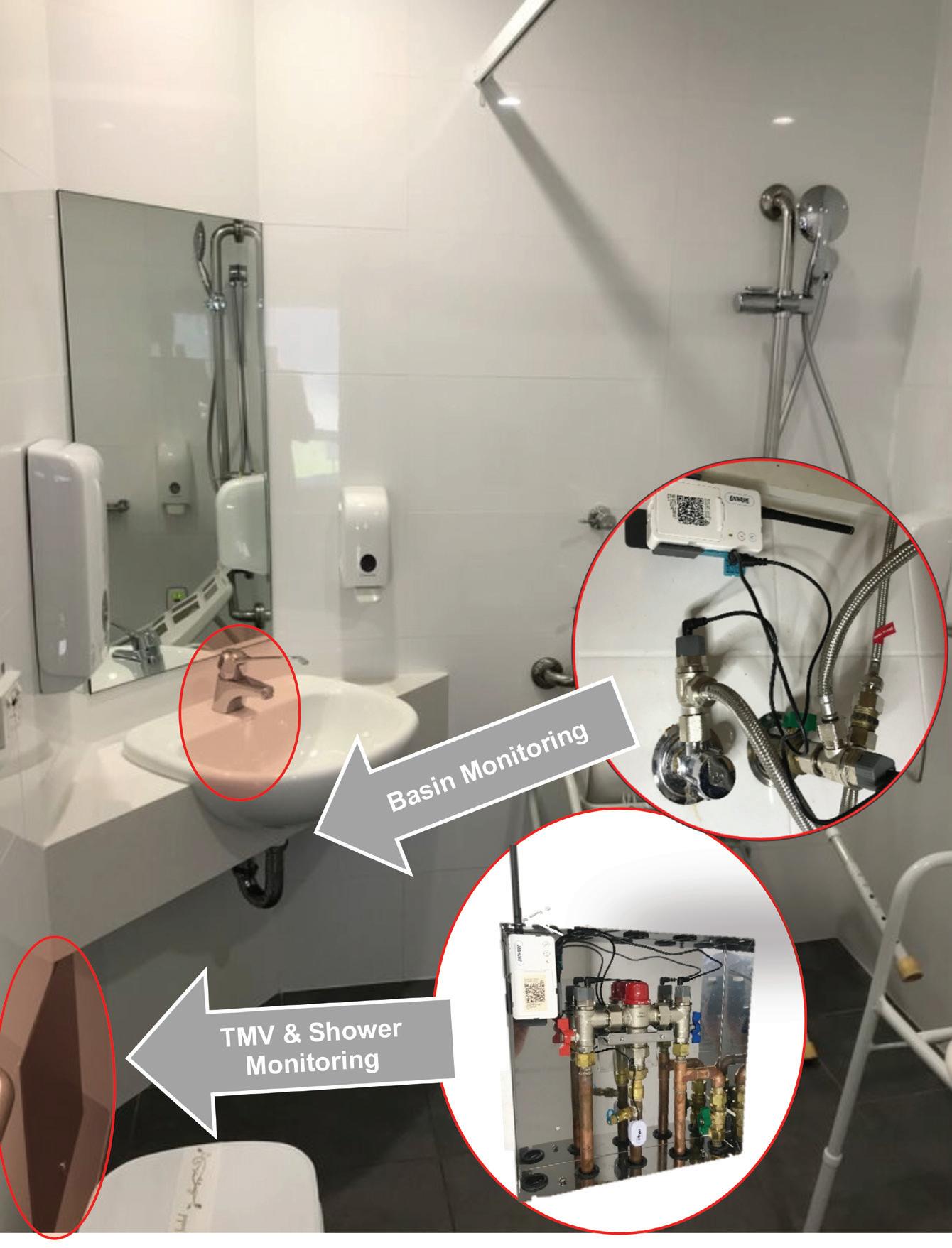
21.7% (n = 36/166) of total samples were positive for VBNC Legionella and Legionella DNA (includes both alive and dead cells). With the novel method and qPCR returning the same positive results. However, the standard culture-based method (AS 5132:2017) only found 2.4% (4/166) samples to be positive for Legionella. Therefore, of the 36 samples that were positive for VBNC Legionella using our new method, the standard microbiological culturing assay returned a false negative result for 32 of them (88.9%).
Relationships between Legionella, amoeba and HPC
All samples positive for Legionella were also positive for free-living amoebae. This supports a previous study conducted in Australia that showed that Legionella presence in drinking water always co-occurred with amoeba [9]. These results demonstrate the important role that amoebae hosts play in the persistence of Legionella within hospital water systems. Future water management protocols aimed at controlling Legionella should consider incorporating treatments strategies that also target the control of amoebae.
Samples with a very high heterotrophic plate count (HPC ≥ 5 × 103 CFU/L) were also statistically significantly associated with high concentrations of Legionella DNA (alive and dead cells), VBNC Legionella and V. vermiformis. This supports the use of HPC as an indicator of high-risk microbial water quality. However, despite high concentrations of HPC associated with high concentrations of
Legionella, no statistically significant associations were found with the lower concentrations.
Relationships between microbes and water flow and temperature characteristic
As shown in Figure 4, temporary water stagnation arising through intermittent usage (< 2 hours of usage per month) significantly (p < 0.01) increased the amount of Legionella DNA, VBNC Legionella/L. pneumophila, and V. vermiformis; however, it did not significantly impact the HPC load. This supports guidelines that recommend routine flushing of outlets to manage Legionella within engineered water systems [10]. No associations with temperature were identified. However, as this study averaged water temperatures across one week or one month prior to sampling for both the hot and cold water pipelines/outlets the water temperatures were more similar to each other than anticipated. This is likely to explain the lack of a statistically significant difference in Legionella concentrations associated with different
temperatures. Future research with a larger dataset is needed to explore the temperature relationship further.
Conclusion
This study showed that the standard microbiological culture method used to detect Legionella returned a false negative result for 88% of the samples that were found to contain VBNC Legionella. These VBNC Legionella are alive and pose a potential risk to humans. As all samples positive for VBNC Legionella were also qPCR positive, qPCR may be a more appropriate detection method for routine surveillance. However, future research is needed to investigate the concentrations of VBNC Legionella that pose a risk to public health to enable interpretation of these results to inform improved Legionella guidelines. This study also showed that the elimination of temporal water stagnation occurring at outlets through intermittent use is important for the management of Legionella in hospital water systems. This supports the enHealth Guidelines for Legionella control recommendation of routinely flushing outlets. It also demonstrated the use of a real time monitoring system for the management of Legionella that overcomes the limitations with current verification monitoring methods and the demonstrated limitations associated with the standard Legionella detection methods. Ultimately this proactive approach to routine monitoring and water management reduces the risk to end users. This article was adapted from: Nisar M. A., Ross K. E, Brown M. H., Bentham, R., Best, G., Xi, J., Hinds, J., and Whiley, H. (2023), Water stagnation arising through intermittent usage is associated with increased viable but non culturable Legionella and amoeba hosts in a hospital water distribution system, Frontiers in Cellular and Infection Microbiology
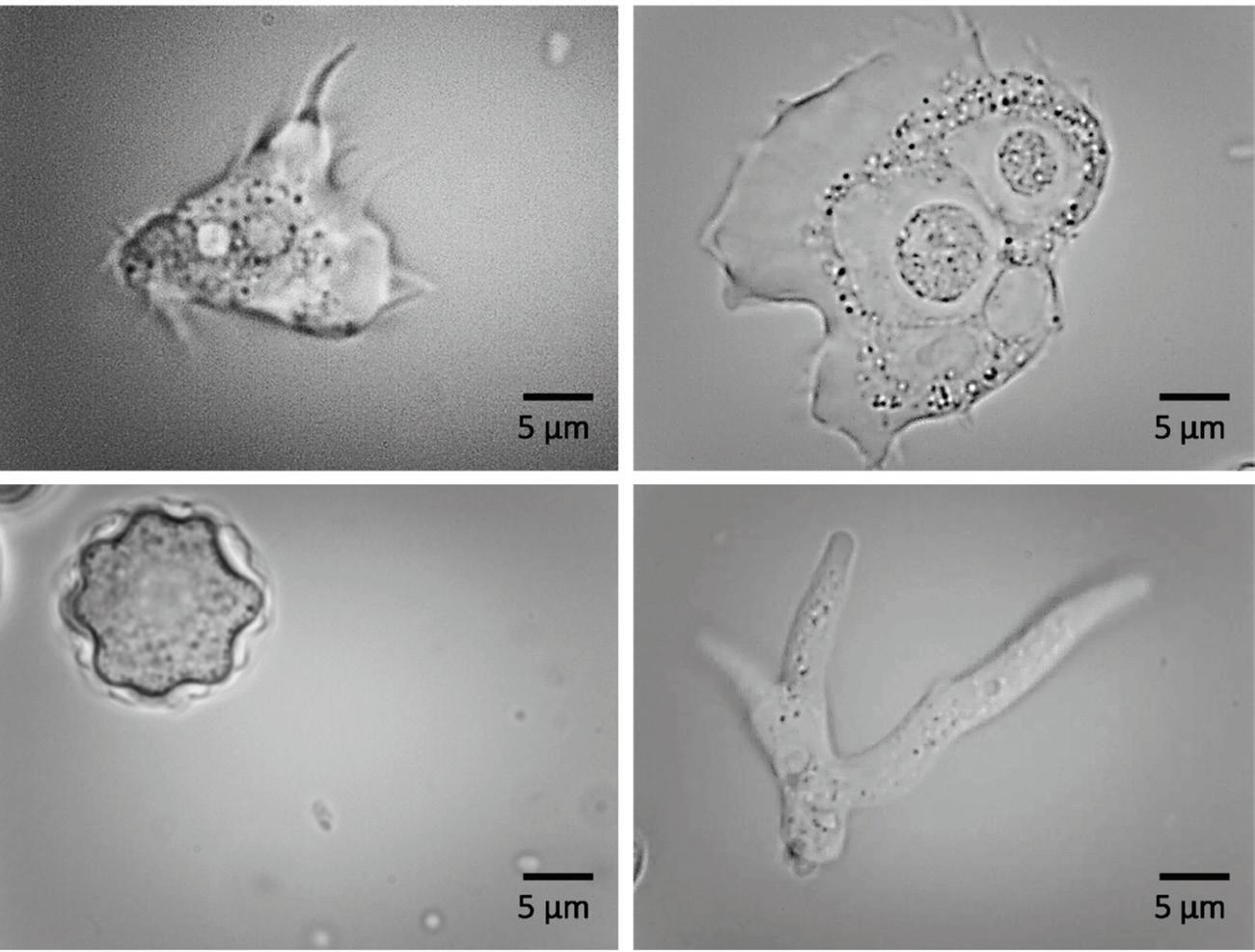
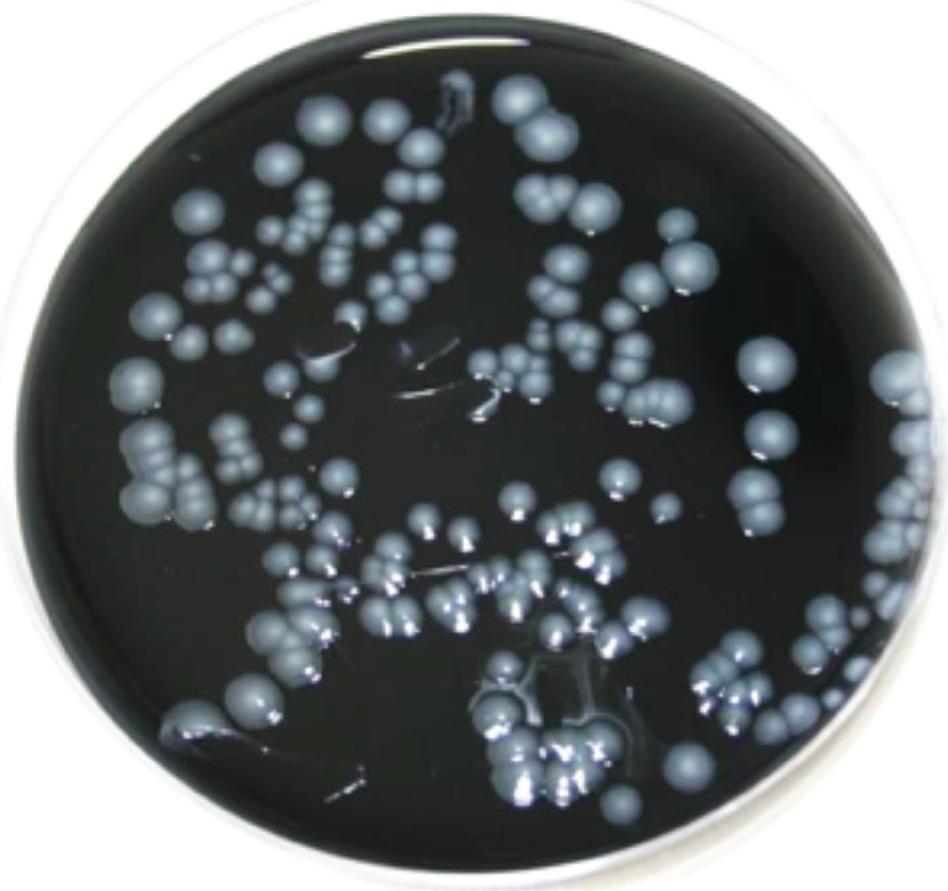

References
1. Whiley, H. Legionella risk management and control in potable water systems: Argument for the abolishment of routine testing. International Journal of Environmental Research and Public Health 2016, 14, 12.
2. Centers for Disease Control and Prevention. Nationally notifiable infectious diseases and conditions, united states: Weekly tables; 2022.
3. Australian Government. National communicable diseases surveillance report fortnight 26, 20202021 summary notes for selected diseases 21 December 2020 to 03 January 2021; Department of Health and Aged Care: 2021.
4. The European Legionnaires’ disease Surveillance Network. Surveillance atlas
Statistical significance denoted **=P<0.01; ***P<0.001.
of infectious diseases. https://atlas.ecdc.europa.eu/public/ index.aspx

5. Nisar, M.A.; Ross, K.E.; Brown, M.H.; Bentham, R.; Whiley, H. Water stagnation and flow obstruction reduces the quality of potable water and increases the risk of legionelloses. Front Env Sci-Switz 2020, 8.


6. Whiley, H.; Bentham, R.; Brown, M.H. Legionella persistence in manufactured water systems: Pasteurization potentially selecting for thermal tolerance. Front Microbiol 2017, 8, 1330.
7. Abdel-Nour, M.; Duncan, C.; Low, D.E.; Guyard, C. Biofilms: The stronghold of legionella pneumophila International journal of molecular sciences 2013, 14, 21660-21675.
8. Nisar, M.A.; Ross, K.E.; Brown, M.H.; Bentham, R.; Best, G.; Whiley, H. Detection and enumeration of viable but nonculturable (vbnc) legionella pneumophila from water samples using flow cytometry-cell sorting and quantitative pcr. Submitted, currently under review 2021.

9. Nisar, M.; Ross, K.; Brown, M.; Bentham, R.; Hinds, J.; Whiley, H. Molecular screening and characterization of legionella pneumophila associated free-living amoebae in domestic and hospital water systems. Water Research 2022, 226, 119238119238.
10. enHealth. Guideline for legionella control in the operation and maintenance of water distribution systems in health and aged care facilities. Australian Government, Ed. 2015.
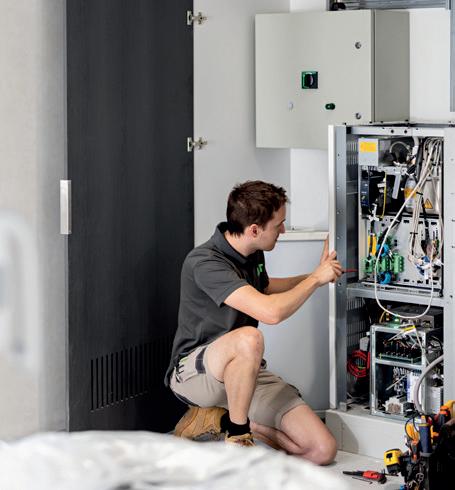
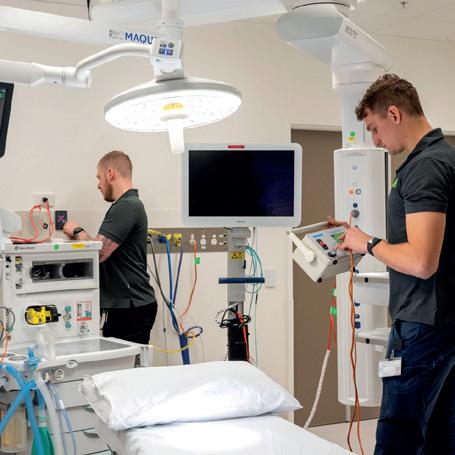
First choice for corrosion protection for HVAC equipment
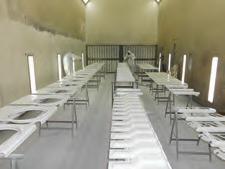
With more than 40 years of experience, Blygold is the market leader in high end corrosion protection of HVAC equipment



Tube sheet & waterbox cladding
Prevents corrosion on tube sheet and waterbox
Unique products and application
Seals off dissimilar metals
High chemical and mechanical resistance
Preventive on new equipment
Corrective rebuilding of affected surfaces
Global presence....... local service
NSW
P: 02 9481 0300
E: nsw@blygold.com.au
QLD
P: 07 3807 0660
E: qld@blygold.com.au
SA/NT
P: 08 8347 7695
E: sa-nt@blygold.com.au


VIC/TAS
P: 03 9544 6754
E: vic@blygold.com.au
HVAC coil coating and casings protection

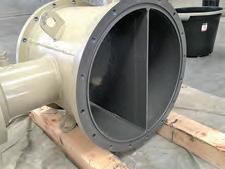
Prevents corrosion
Unique products and application
Triples the lifetime
Saves up to 30% on energy costs
All types of air cooled HX
11,000+ hours in salt spray test
Factory & field application
Quality Innovation Sustainability

WA P: 08 9200 7002
E: wa@blygold.com.au
New Zealand
P: +64 9 948 1560
E: xavier@blygold.co.nz
w ww.blyg o l d .com. a u
w ww.blyg o l d .co.nz
COMPLIANCE DEADLINES ARE LOOMING FOR RINSE WATER USED IN ENDOSCOPY WASHER DISINFECTORS. TRISTEL RINSE ASSURE (RA) ELIMINATES THE COST AND MAJOR CAPITAL WORKS OFTEN REQUIRED TO FEED THIS HIGH-QUALITY WATER TO AFER/AER.


SIMPLY PLUG AND GO* WITH TRISTEL RA WITHIN THE ENDOSCOPY DEPARTMENT, FOR GUARANTEED BACTERIA FREE RINSE WATER TO YOUR AFER/AER.
WHY CHOOSE THIS?
WHEN YOU CAN HAVE THIS?
TRISTEL RA, A LOCALISED SOLUTION FOR BACTERIA FREE RINSE WATER IN ENDOSCOPY THROUGH FILTRATION, REVERSE OSMOSIS** AND ClO2 CHEMICAL DOSING.
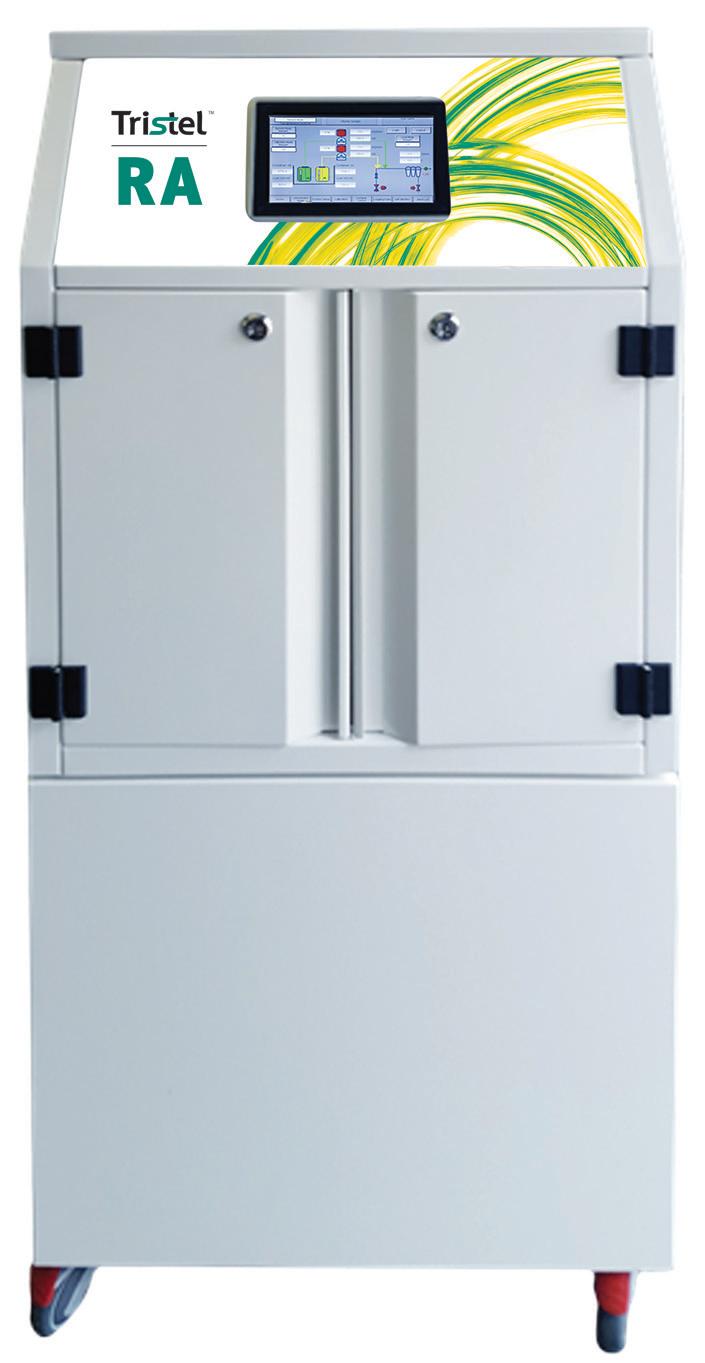
THE POTHOLES AND PITFALLS IN THE IMPLEMENTATION OF AS4187
Introduction
CSSD is often a misunderstood or hidden area of a hospital or other medical facility. The work conducted there is like conducting the washing up phase of a dinner. Not a pleasant process but a vital one. If this part of the process isn’t done well, or receptacles are left dirty, or with residue on them, the dinner may be a damaging or even fatal one.
This same principle applies with the importance of having the CSSD processes fit for purpose. Air, water, instrument handling, and sterilization maintenance among many other components, all contribute to ensuring surgical and reusable medical devices (RMDs) are available in a sterile and serviceable condition.
This paper focuses on the importance of water within the processes used in CSSD, in particular, the final rinse.
Avoid the Pitfalls by understanding the Processes and the water quality requirements for CSSD
The final rinse water quality is one key focus of the AS/NZS 4187:2014 water component. Water for sterilizer steam generation, and steam quality is another aspect. Pre cleaning of RMDs/RMO’s involves the use of chemicals (enzymatics, detergents, etc.) hence the purity of the water is less critical. However hardness of the water can affect the pre cleaning stage and minimising it is a sensible option. Reducing hardness (typically) reduces chemical demand, hence reducing the facilities’ costly chemical bills1. This is not as significant in areas where water supply is ‘soft’ (such as in Melbourne and Sydney surrounds), but certainly
1 https://multimedia.3m.com/mws/media/537593O/water-qualityimpact-on-decontamination-mic-oct08.pdf
2 https://www.beanscenemag.com.au/water
applies in Brisbane and in Perth areas where hardness typically exceeds 60ppm. Please see below.

Additional considerations in the raw water supply should include chlorine levels, iron, manganese, suspended zsolids, bacterial contamination, total conductivity, chlorides and temperature. Table 1 below describes the possible impacts of these materials found in raw water (note this is not final rinse!). These analytes represent a sample of potential impacting substances, but do not represent all impacting substances during the wash process.
Final Rinse – the AS/NZS 4187:2019 focus.
The standard specifies three water qualities (and a related steam quality standard). The focus of this paper is on systems that can deliver water quality to meet the specification for washer-disinfectors (WD) and steam sterilisers. Although other systems can deliver water of the required quality reverse osmosis (RO) systems are the most common processes used. Some facilities have also used RO treated water to supply automated endoscope reprocessing (AER) units used for thermolabile instruments.
6.5-8.5
Hardness <150ppm (<10ppm3)
Iron/manganese <0.1ppm
Bacteria (general) <100cfu/ml
Suspended solids <5ppm
Chloride <120ppm
H is a measurement of the acidity or alkalinity of a substance when dissolved in water measured on a scale from 0 to 14. More acidic solutions have a lower pH and more alkaline solutions have a higher pH. High acidity causes chemicals in water to be more aggressive and can cause corrosion. High alkalinity can cause caustic attack gouging of metal.
Potential scaling on instruments worsens when units are put in sterilizer. Elevated hardness increases demand on chemicals used in cleaning process
Staining risk, drop out onto instrument surface causing corrosion/jamming/failure. Risk of damage to washer internals.
Risk of dropping out onto instrument surface causing jamming/failure. Risk of damage to washers.
Risk of drop out onto instrument surface causing jamming/failure
Elevated chloride concentrations cause pitting and corrosion. High chloride concentrations can cause damage to the equipment, particularly when the water is being heated. The effect depends on several factors such as concentration, contact time, temperature, and resistance of the instrument material. Pitting on medical instruments makes them harder to clean and could harbour and protect biofilm and bacteria. Chloride is monitored in all three tables with more stringent limits applied to reprocessing equipment with high water temperature.
Chlorine <0.1ppm
Total Conductivity <500uS/cm where possible
Temperature <30 C
Risk of damage to washers, and RMOs.
Elevated conductivity can increase instrument corrosion rate and deposit salt crust onto surgical or endoscopy items

Effects on unit operation, bacterial proliferation in feed lines, etc.
Note limits above are recommended only and based on research and industrial experience of author.
In the case of the WD and AER units the final rinse water is the last process where water touches the surface of the RMDs prior to steam sterilization. For AER units used in endoscopy, the process uses drying cabinets or similar to dry, hence remove the residual water.
The challenge with final rinse from the WD is any residual matter will remain on the surface during the sterilization process. During the sterilization cycle, the heating approaches 121 -132 C. Though the temperature will kill off microbial activity, the bacteria themselves (though dead) remain. Additionally, the endotoxins released by the dying bacteria remain on the surface of the RMD/RMO. This puts patients at risk of post operative infections2, slows surgical processes within hospitals (due to reprocessing), increases costs due to the reprocessing, and damage to reputation of the department or facility.
The residue risk of mineral matter (chlorides, hardness, iron, copper, etc.) can lead to instrument corrosion, jamming (and hence rejection during an operation), and testing failure.
2 https://www.bmglabtech.com/en/blog/what-are-endotoxins/ 4 https://www.researchgate.net/figure/Images-showing-different-sites-of-fractures-sustained-within-the-instruments_ fig4_322672656
5 https://www.mdpi.com/2673-947X/2/4/22
Such outcomes frustrate clinicians and CSSD support personnel (amongst other stakeholders).
To reduce the risk of water induced problems in CSSD, clearly, the correct water quality must be provided to the CSSD and Endoscopy areas. The solution given is often – put in an RO plant! But which one!
This is typically where the first pit fall occurs. Poor evaluation of actual incoming water quality, and lack of understanding of what is needed in the CSSD and Endoscopy washer areas can lead to a failed system and an even bigger problem. The cheapest solution is rarely the optimum solution for the problem.
Avoid the pothole – take the safe road.
To ensure the right solution is applied for the CSSD and Endoscopy areas, the following considerations should be applied.
Key considerations for making sure a CSSD and Endoscopy system will meet the specification and supply water as required are summarized below.
Once these have been considered, discussions with the CSSD manager (a key stake holder) to ensure exactly what is required and which areas are critical. This should include the need for final rinse taps, type of taps, locations, future upgrades planned, etc.
Note: taps are a major risk of consistent bacterial and endotoxin sample failure even with a heat sanitized system. This is being researched currently by CETEC for a simplified solution.
Pitfall ahead- selecting the “fit-for-purpose” RO plant.
When selecting an RO plant, (as described above) it is important to understand how it works and what affects its performance.
The plant illustrated above shows the three key components of the CSSD RO plant – pre-treatment, RO plant, and thermal sanitization-ring main delivery system. Note chemical sanitization designs are also used, however each type has specific requirements to operate effectively.

As above, understanding the water demand for the CSSD and/ or Endoscopy areas both daily and instantaneously is critical. Understanding cycle times for the washers (how long the take to fill and how often), pressure for delivery, use of final rinse sinks (duration and hence volume), temperature of operation all are key contributors to ensuring the system and holding tanks are sized correctly. In addition, this sizing directly influences heater sizing, softener and carbon pretreatment sizing etc.
Select the right RO Plant –avoid the pitfall.
Incoming water conductivity (a measure of the total dissolved salts in the water expressed as µS/cm) will vary. Seasonal rains, flooding, changes of blends in the potable municipal network all impact the ions present in the raw water and hence its conductivity. In some water supplies there may also be a significant concentration of dissolved organic material. An RO operates as a membrane filter that rejects the dissolved species based on their molecular diameter as “brine” or “concentrate”. This

is usually a highly conductive stream that is typically twice to 4 times the incoming water conductivity, in addition to any organic materials rejected. The product water or permeate will always contain some level of conductivity. This is because the RO membrane rejects on ionic/molecular size/ionic radius. Some smaller diameter molecules/ions can pass through and hence the plant can never be 100% efficient in removing salts and smaller molecules.
The typical performance of new membranes in an RO can be as high as 98-99%. This applies for a correctly designed and maintained medium to high pressure RO with suitably pretreated water input. For the smaller low pressure (operating from tap water pressure), the efficiency drops markedly to 80-90% typical. This is a critical difference. See some worked examples below.
AS4187 Table 7.4 for operating a steam generator requires a feed water conductivity of <5uS/cm.
Example 1: Brisbane Water variation
Incoming water – 500uS/cm
CSSD plant at Hospital 1 is using a single pass RO plant. The membranes are approximately 6 months old. Assume 97% salt rejection.
3% of 500uS/cm is allowed past the membranes and into CSSD system = 15uS/cm - FAIL
Example 2: A Brisbane day Hospital
Using a smaller tap water pressure unit. Assume 90% salt rejection.
10% of 500uS/cm is allowed past the membranes and into the CSSD system = 50uS/cm – FAIL
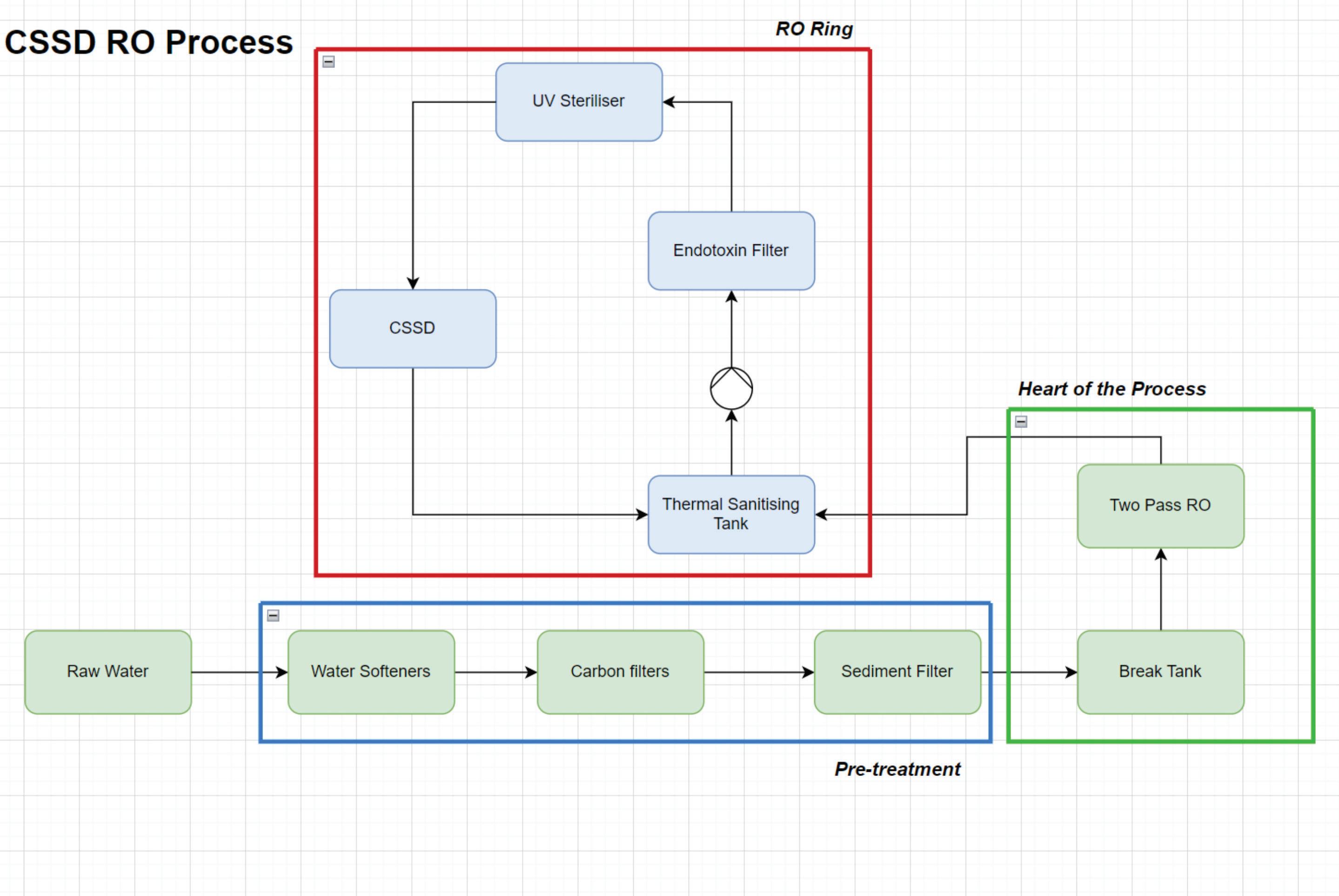
Example 3: Melbourne Hospital
Incoming water conductivity at 120uS/cm.
CSSD plants us using a single pass RO plant with new membranes. Assume 98% salt rejection.
2% of 120uS/cm is allowed past membranes and into CSSD system = 2.4uS/cm - PASS
Discussion
As can be seen, to ensure compliance of the water supply to CSSD and Endoscopy, careful consideration of all areas outlined is required. Ensuring a hospital or day facility has the right team of people for the process design and selection, with correct experience, is necessary to ensure the right system is put in place. Such a team must understand the water supply, volume demand, customer requirements for taps and special conditions, and how to ensure such understanding continues into the life of the entire system.
Avoid the pothole - ensure prior to the design process, that the Gap Analysis and implementation plan3 is prepared for the CSSD and Endoscopy areas (where applicable). These guiding documents are foundational and provide the guide towards compliance. Following review and finalization of design, with full consideration of all possible factors, the system can be arranged. Ongoing maintenance, support and testing must be included in the system selection.
Sustainability in the design of the plant should always be part of the implementation, ensuring hot areas are insulated, the RO efficiency is as high as possible, and spare parts are only changed when needed, with an emphasis on using locally supplied engineering and components. These can assist in reducing the sites’ carbon footprint.

Understanding key spares needed, who provides ongoing support etc. forms a key part of ensuring ongoing compliance to AS4187:2019.
References
Bharti, B., Li, H., Ren, Z., Zhu, R., & Zhu, Z. (2022). Recent advances in sterilization and disinfection technology: A review. Chemosphere, 308, 136404. https://doi.org/10.1016/j. chemosphere.2022.136404
Rutala, W. A., & Weber, D. J. (2013). Disinfection and sterilization: An overview. American Journal of Infection Control, 41(5), S2–S5. https://doi.org/10.1016/j.ajic.2012.11.005
Seavey, R. (2013). High-level disinfection, sterilization, and antisepsis: Current issues in reprocessing medical and surgical instruments. American Journal of Infection Control, 41(5), S111–S117. https:// doi.org/10.1016/j.ajic.2012.09.030
Spruce, L. (2017). Back to basics: Instrument cleaning. AORN Journal, 105(3), 292–299. https://doi.org/10.1016/j.aorn.2017.01.001
Whelan, J. (2023). Current issues in reprocessing of medical and surgical instruments. American Journal of Infection Control, S0196655323001578. https://doi.org/10.1016/j.ajic.2023.04.004
Web Based References.
https://multimedia.3m.com/mws/media/537593O/water-qualityimpact-on-decontamination-mic-oct08.pdf
https://www.beanscenemag.com.au/water
https://www.bmglabtech.com/en/blog/what-are-endotoxins/ https://www.researchgate.net/figure/Images-showing-different-sitesof-fractures-sustained-within-the-instruments_fig4_322672656 https://www.mdpi.com/2673-947X/2/4/22
3 AS18/07: Reprocessing of reusable medical devices in health service organisations (safetyandquality.gov.au)
AS18/07: Reprocessing of reusable medical devices in health service organisations (safetyandquality.gov.au)
REAL-TIME AIR QUALITY MONITORING FOR HEALTHCARE FACILITIES
 Julien Colangelo, IHEA Member and Principal Consultant Opira Victoria
Julien Colangelo, IHEA Member and Principal Consultant Opira Victoria
In the realm of healthcare engineering, where patient well-being takes precedence, the significance of maintaining optimal indoor air quality cannot be overstated. Advancements in sensor technologies has emerged over the recent years, empowering healthcare facilities to monitor air quality parameters in real time. These advancements not only ensure patient safety and comfort but also offer valuable insights for informed decision-making.
This article delves into the realm of real-time air quality monitoring, exploring its applications, benefits, and the transformative role it plays in modern healthcare engineering. We will also look at a case study where real-time monitoring was used to measure dust levels during a major refurbishment project.
The Evolution of Air Quality Monitoring
Traditionally, air quality assessment in healthcare facilities involved periodic measurements and manual sampling, providing a limited snapshot of the prevailing conditions. However, the rise of sensor technologies has transformed this landscape by enabling continuous and realtime monitoring of key air quality parameters. These parameters often include particulate matter (PM), volatile organic compounds (VOCs), carbon dioxide (CO2), humidity, and temperature. By capturing these data points in real time, engineers and facility managers gain an intricate understanding of indoor air quality dynamics.
Real-Time Monitoring Applications in Healthcare Facilities
One of the foremost applications of real-time air quality monitoring is in infection control. In healthcare settings, airborne transmission of diseases can pose a significant threat. By employing advanced sensors, hospitals can
precisely track air quality, identifying potential sources of contamination and promptly implementing countermeasures. Negative pressure rooms, which prevent the escape of infectious agents from isolation areas, can be efficiently managed using realtime data to maintain their integrity.
Beyond infection control, real-time monitoring plays a pivotal role in patient comfort and staff well-being. High levels of CO2 can lead to drowsiness and reduced cognitive function. Realtime CO2 monitoring aids in adjusting ventilation rates to ensure optimal levels, enhancing patient recovery and staff performance. Similarly, by keeping track of humidity levels, healthcare facilities can mitigate the risks of mould growth, which can exacerbate respiratory conditions.
Real-time monitoring can also be used to measure air quality during maintenance or construction where there is a need to assess, in real-time, any release of general dusts that could impact indoor air quality in areas occupied by the public. It can also be used to assess the effectiveness of controls such as temporary or fixed hoardings and dust suppression methods.
Benefits of Real-Time Monitoring
The benefits of real-time air quality monitoring are multi-fold. First and foremost, the continuous data stream allows for prompt detection of anomalies. If the air quality deviates from established norms, alerts can be triggered, prompting rapid
intervention. This is particularly crucial in maintaining critical areas such as operating rooms and intensive care units.
Secondly, real-time monitoring facilitates datadriven decision-making. Historical data patterns can be analysed to identify trends and correlations between air quality parameters and health outcomes. This knowledge empowers engineers and healthcare professionals to implement targeted strategies for improved patient care.

Furthermore, the integration of real-time monitoring with building management systems enables dynamic adjustments. Ventilation rates, temperature, and humidity levels can be modulated in response to changing conditions, thus optimising both patient wellbeing and energy efficiency.

Innovations in Sensor Technologies
The proliferation of sensor technologies has given rise to a diverse array of monitoring devices. From miniature, wireless sensors that can be discreetly placed around a room to sophisticated multi-sensor systems, the options are extensive. Wireless connectivity and cloud-based data storage also play a pivotal role in these innovations. Sensors can communicate with central systems, allowing for remote monitoring and data analysis. This not only provides real-time insights but also facilitates predictive maintenance, ensuring sensors remain functional and accurate. Real-time data and alerts can also be accessed through smart phones or portable devices so that controls can be applied almost instantly.
Challenges and Future Outlook
While real-time air quality monitoring holds immense promise, certain challenges need to be addressed. Sensor calibration and accuracy maintenance are critical, as inaccuracies could lead to incorrect conclusions and actions. Additionally, ensuring data privacy and cybersecurity is essential, as healthcare facilities deal with sensitive patient information.
Looking ahead, the future of real-time air quality monitoring in healthcare engineering is bright. Advancements in artificial intelligence and machine learning can enable predictive models that forecast air quality trends, helping healthcare facilities proactively manage potential issues. As sensors become more cost-effective and user-friendly, their integration into healthcare infrastructure is likely to become even more widespread.
Conclusion
Real-time air quality monitoring is transforming the landscape of healthcare engineering. By providing continuous insights into indoor air quality parameters, this technology empowers healthcare facilities to maintain safe, comfortable, and healthy environments for patients, staff, and visitors alike. The benefits of real-time monitoring extend beyond immediate comfort, contributing to infection control, energy efficiency, and datadriven decision-making. As sensor technologies continue to evolve, the potential for innovative applications in healthcare engineering is vast, promising a future where air quality is optimised for the well-being of all stakeholders.





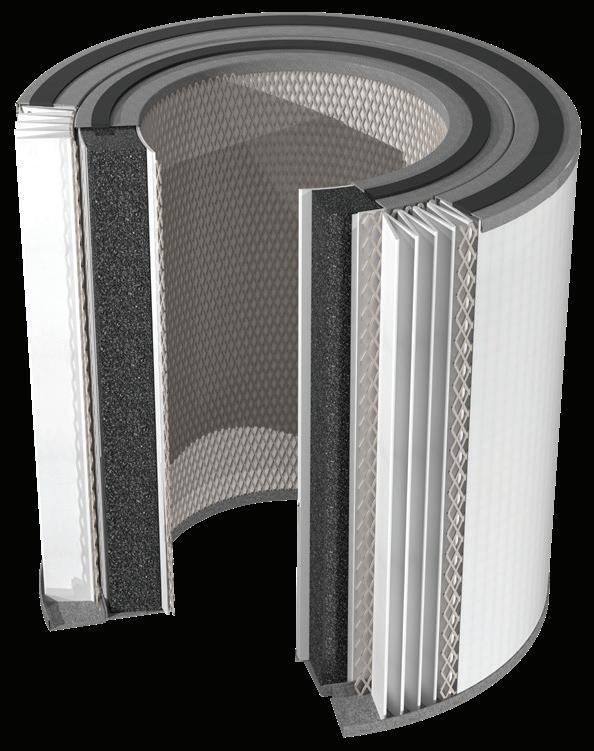
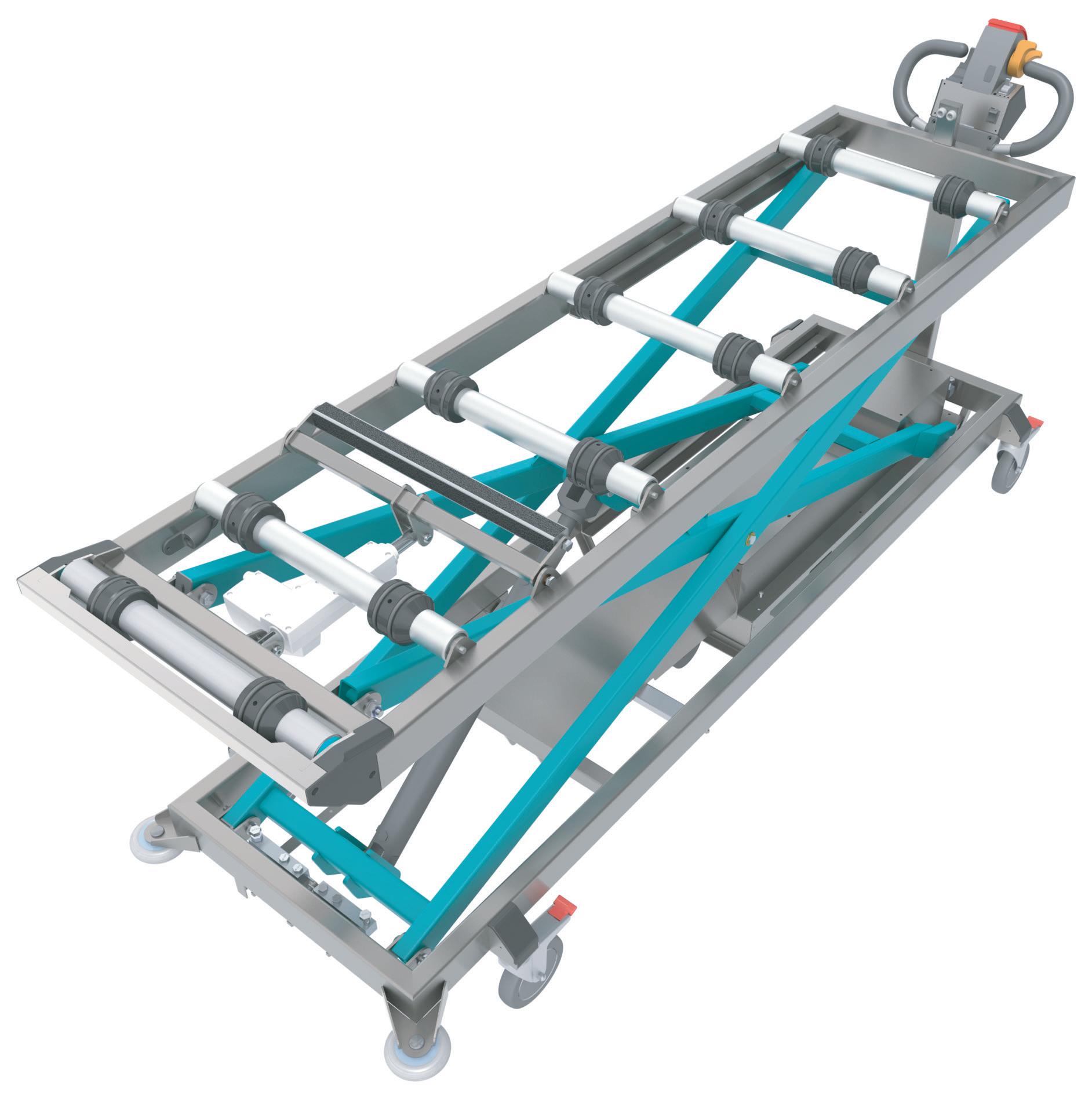


DIGITAL TRANSFORMATION OF CLEANING AND INFECTION CONTROL IN HEALTHCARE: TRENDS FOR 2030 AND BEYOND
Murray McDonald Duplex CleaningAs the year 2030 approaches, it is becoming increasingly important for industries, including healthcare, to keep up with rapid technological advancements. This article aims to identify the factors driving digital transformation in healthcare and how they can help power this change.
Firstly, we explore the emerging trends of autonomous robotics and artificial intelligence that are transforming healthcare and driving operational improvements, particularly in healthcare hygiene systems to reduce the risk of healthcare-acquired Infection.
Secondly, we highlight several challenges that healthcare facilities are currently facing, such as staff shortages and an aging workforce, and how healthcare facilities can manage contamination risk and create hygienic and safe environments for both patients and staff.
This article argues that digitalisation is a key tool to manage risks, offering new ways to reduce healthcareacquired infections and improve the overall quality of care.
To validate this claim, Murray McDonald, a leading expert in healthcare hygiene and disinfection, demonstrates his insights into the technologies and processes that are driving the changing needs of healthcare cleaning and disinfection. He also reveals that automated monitoring and control systems for smart building systems can reduce healthcareacquired infections.
In conclusion, this article demonstrates the latest trends in healthcare AI automation and discusses the benefits of using digital technologies in healthcare cleaning and disinfection, such as improved efficiency, sustainability, and automation. This proves that AI automation is an effective technology for reducing infections in healthcare facilities.
Introduction
Digital transformation is the integration of digital technology into all areas of a business, fundamentally changing how it operates and delivers value to customers. Within the context of healthcare organisations, digital transformation can enhance the agility of departmental systems, thereby improving
operational efficiency, reducing costs, enhancing the patient experience, and ultimately improving health outcomes.
As we approach the year 2030, the healthcare industry is standing on the brink of a profound digital transformation. Technological advances are rapidly reshaping the delivery of healthcare services. One crucial aspect of this transformation involves incorporating autonomous robotics and artificial intelligence into cleaning and infection control practices within healthcare facilities.
Research indicates that digital transformation can significantly improve the operational performance of healthcare institutions. Although digitalisation has seen exponential growth over the past two decades and has shown great potential its application in healthcare facilities remains limited. Furthermore, healthcare leaders and facilities face numerous challenges as they strive to embrace digital transformation.
Therefore, to guide healthcare professionals to overcome the challenges and embrace digitalisation, this article examines the emerging adoption of autonomous robotics and artificial intelligence in healthcare hygiene systems to reduce the risk of healthcare-acquired infections.
Digital transformation is the integration of digital technology into all areas of a business, fundamentally changing how it operates and delivers value to customers. It involves a set of coordinated cultural, organisational, and technological shifts that enable new learning and operational models, transforming departments’ operations and practices. Digital transformation is not just one project, but rather a series of transformations that take place over time, each one building on the successes of the previous one.
Within the context of healthcare organisations, digital transformation occurs when interactions between institutions and clients facilitate positive changes in the health
information system. It is more of an organisational change, which improves the department’s system agility, leading to improved operational excellence and reducing cost, as well as improving patient experience and health outcomes.
Digital transformation has gained significant attention in the healthcare industry in recent years, with global spending exceeding $1.3 trillion and experiencing an impressive annual growth rate of 10.4%. In a Deloitte study, approximately 92% of healthcare professionals and institutions reported improved performance due to digital transformation.
However, despite the accelerated shift in healthcare delivery services prompted by the COVID-19 pandemic, healthcare leaders and facilities still face several challenges in their digital transformation journey, as revealed by Deloitte’s study.
The survey shows that data quality and access are the biggest challenges, resulting in inefficiencies and loss of information between clinical and public health bodies. To mitigate these risks, health systems need to enable algorithms to access and share healthcare and patient data. Over the last several years, while large, well-funded systems have invested in migrating their data to the cloud, creating vast data lakes ready to be consumed by AI, smaller players have encountered difficulties in implementing such practices. Another problem is that every health data system may have unique technology and a different approach to treating patients, meaning an algorithm may not work as well in all places. Consequently, leading health systems have established in-house engineering teams to develop their own AI solutions. Additionally, healthcare has strong privacy protections that limit the amount and type of data tech companies can collect, thus leaving the sector behind others in terms of algorithmic power. Importantly, the scarcity of robust health outcome data further complicates providers’ use of AI to enhance patient care.
The United Nations’ 2030 Agenda for Sustainable Development acknowledges that the proliferation of information and communications technology and global interconnectedness hold immense potential to accelerate human progress, bridge the digital divide, and cultivate knowledge-based societies. However, despite the progress made, many countries require institutional support for the development and consolidation of national e-health and digital health strategies, as well as the implementation of action plans, which often demand additional resources and capabilities. To sustain improvements, we must invest in and coordinate on-the-ground efforts involving governments, donors, and the private sector, adopting a comprehensive approach that goes beyond technology alone. With the COVID-19 pandemic exposing pre-existing vulnerabilities in numerous health systems and underscoring the value of high-quality data for decision-making, it is imperative for digital health to become an integral part of health priorities,
benefiting individuals in an ethical, safe, secure, reliable, equitable, and sustainable manner.
Artificial Intelligence is a powerful technology that can yield high-quality data for various applications. For instance, intelligent sensors can effectively detect and monitor the usage of infection control and cleaning hygiene practices. These sensors have the ability to identify contaminants in a room, assess contamination levels, and detect air pollutants and their movement. By utilising algorithms specifically designed for cleaning and hygiene purposes, we can significantly improve cleanliness standards and achieve measurable results.
With the implementation of AI-driven systems, managers now have access to visualised information that highlights the hygiene status of different rooms. For example, intelligent Internet of Things (IoT) sensors can track the usage of cleaning and food service equipment, and the delivery of products throughout a facility. These sensors log task completion and generate valuable data that aids in daily workforce supervision, management, and reporting, thus facilitating efficient scheduling and resource allocation.
Moreover, digital transformation plays a critical role in reducing healthcare-acquired infections. Streamlining and automating processes can significantly reduce errors caused by human factors. Healthcare rooms, in particular, present a complex environment with numerous surfaces, increasing the risk of cross-contamination. By mapping out contamination points and devising a strategy to automate and streamline the manual cleaning process, we can ensure accurate disinfection at all times.
Futhermore, intelligent IoT sensors or RFID tags can be integrated into wearable devices worn by cleaning staff. These sensors can scan surfaces to confirm cleaning actions and provide alerts if any areas are missed. This technology assists cleaning staff in maintaining cleanliness standards and enables the generation of measurable results.
Besides, healthcare facilities are currently grappling with challenges such as staff shortages and an aging workforce, and these issues can be effectively addressed through the implementation of AI technology. Robots can effectively undertake dull, boring, and repetitive tasks, automating and streamlining processes to improve workflow.
The utilisation of autonomous, navigating robotic helpers and automated workflow systems holds immense potential in modern healthcare facilities. These technologies can be applied in various areas, such as cleaning, hygiene, and disinfection; patient, medications, and food transport; rubbish logistics and interdepartmental supplies logistics; remote monitoring patrol and diagnostics; surgery. By leveraging these technologies, the time pressure and workload on existing workers can be reduced, leading to improved efficiency and effectiveness in healthcare operations.
Additionally, healthcare is adopting new digital technologies that utilise powerful photon light to inactivate microorganisms and decontaminate air and high-touch surfaces in patient rooms, bathrooms, and operating theatres. These robotic UV-C devices can perform whole-room surface disinfection without any human intervention or the use of chemicals, contributing to the reduction of healthcareassociated infections (HAI), minimising cross-contamination, and enhancing the overall hospital microbiome.
Conclusion
In conclusion, the digital transformation of cleaning and infection control in healthcare is essential for improving operational efficiency, patient safety, and overall healthcare outcomes.
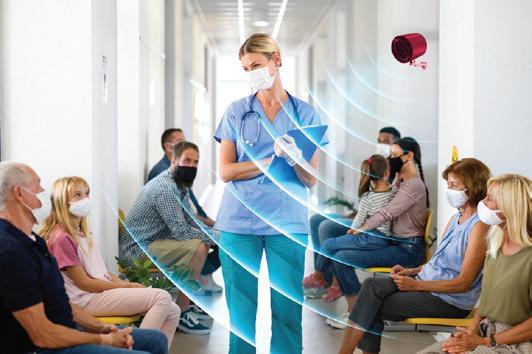
The adoption of AI-driven systems and intelligent sensors enables precise monitoring and detection of contamination, leading to improved cleaning and disinfection practices. By automating and streamlining processes, healthcare facilities can reduce the risk of cross-contamination and improve cleanliness standards throughout the organisation.

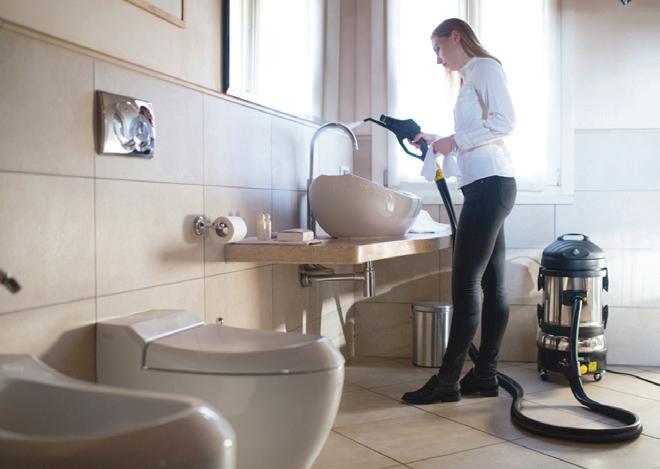

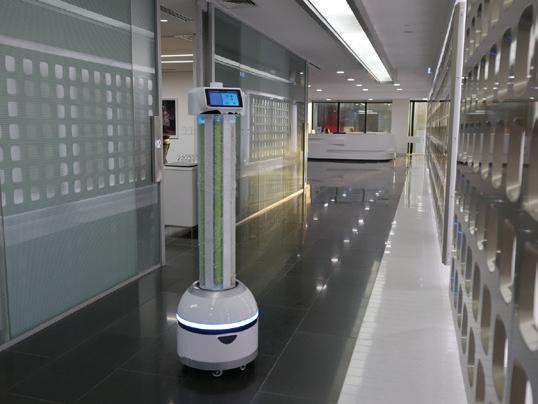
Moreover, the implementation of autonomous navigating robotic helpers and automated workflow systems can address staff shortages and lighten the burden on the existing workforce. These technologies have the potential to revolutionise various aspects of healthcare operations, from cleaning and hygiene to patient transport and remote diagnostics.




Furthermore, the adoption of digital technologies, such as robotic UV-C devices, enhances the effectiveness of disinfection practices by deactivating microorganisms and decontaminating high-touch surfaces. This approach reduces healthcare-associated infections and cross-contamination, thus improving the overall hospital microbiome.


As we move toward 2030 and beyond, the digital transformation of of healthcare facilities cleaning and infection control in healthcare will continue to play a vital role in shaping the future of healthcare delivery. By embracing digitalisation and leveraging emerging technologies, healthcare facilities can improve efficiency, sustainability, and patient safety, ultimately leading to better healthcare outcomes for individuals worldwide.





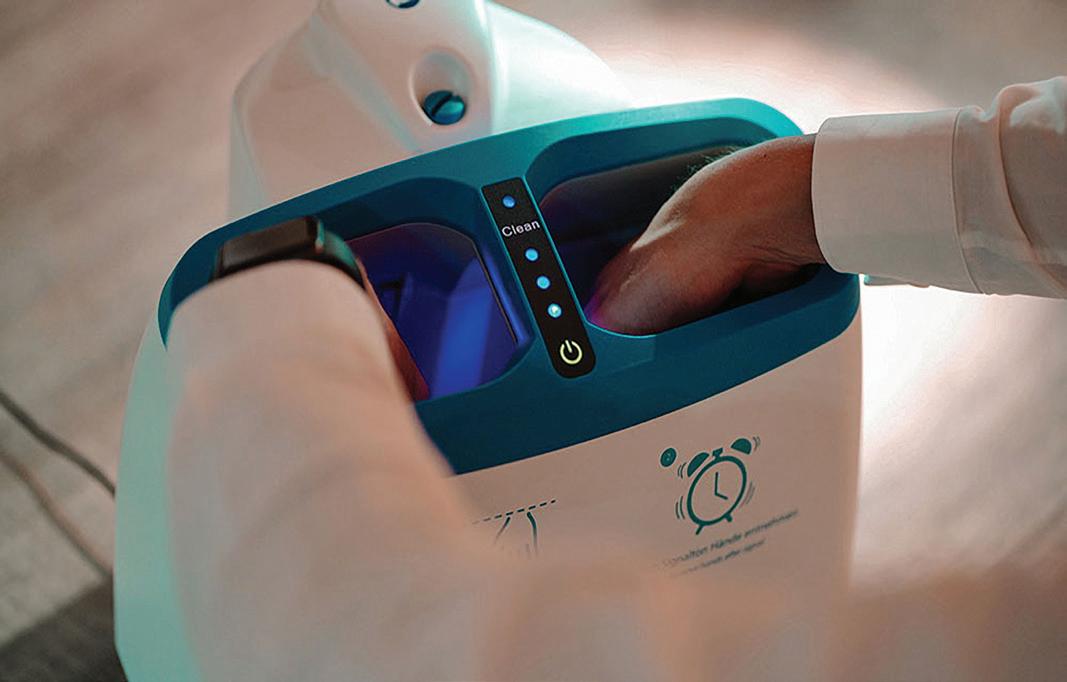
COLD PLASMA DISINFECTION & SANITIZATION NO FILTERS. NO MAINTENANCE.
John Markarian Managing Director, SoularchWhat is Cold Plasma and how it works?
Cold atmospheric plasma is a powerful gas mixture of ionized molecules and electrons. In addition to solid, liquid and gaseous, it is referred to as the fourth state of matter. The charged particles eliminate:
• Native bacteria
• Enveloped viruses
• Fungi & mould
• Pollen
• Animal epithelia
• Odour molecules
Only electricity and ambient air are required for generation. There is no waste material. Our devices generate the cold plasma using our unique and innovative plasma source.
It is believed that cold plasma technology will be the standard in various disciplines where hygiene is fundamental. It is a high-quality, sustainable and uncomplicated healthy technology solution that simplify people’s lives. Product development started in 2014 in Germany.
Extreme Convenience
The Cold Plasma disinfection system for air and surfaces sanitization offers maximum cost-effectiveness as no complicated filters have to be replaced. This leads to a maintenance-free device with no follow-up costs.
Four portable devices are available, for community transport, small and large rooms, health care facilities i.e hospitals, clinics and surgical:
• PlasmoCar
• PlasmoAir (Pro & Compact)
• PlasmoHands
• PlasmoLight
It also offers maximum comfort. The Cold Plasma devices can work automatically and continuously 24/7. Or it can be easily switched on and off, at any time.
Sanitization in real time
The risk of infection is reduced after only half an hour. After that, the device disinfects, in real time and very quietly. Pathogens are directly eliminated from rooms and or transport as soon as someone enters the space and exhales. With any of the devices, the cold plasma is generated and distributed evenly and permanently into the room and on surfaces. The disinfection therefore takes place in real time and immediately.
When we look at different technologies available in the market, the air takes time to be filtered and to be blown out again. It is not immediate.
Award-winning Product –PlasmoHand
Giving the high volume of people and places which uses some sort of hand sanitization, here are some facts:
• Dermatologists confirm that alcohol-based disinfectants cause long-term skin damage when used repeatedly.
• Conventional disinfectants generate a lot of plastic waste.
• Large majority of people uses liquid disinfectant incorrectly.
• Classic air purifiers are bulky, loud and maintenance intensive.

• Classic air purifiers do not disinfect in real time because they first suck in the room air and filter it in the device. On the other hand, the patented plasma-activated aerosol is so effective that it even reaches the areas between the fingers, under the fingernails and the space between jewellery and skin. Unlike alcohols, it does not damage the skin’s own flora. The mixture is just as harmless for objects such as mobile phones, keys, credit cards and much more.
The product was awarded 2015 (Shaumburgh) and 2022 German Innovation Award, and in 2021 as the Best Hand Hygiene at Healthy Innovation Awards, Dubai.
Besides electricity and ambient air, PLASMOHAND requires a very small amount of specific process water –about one drop per application. It is atomized into the finest aerosols, whose tiny particles wet the entire hand.

HOME OF THE ORIGINAL PPE HOME OF THE ORIGINAL PPE STATIONS STATIONS
AUSTRALIA'S NO. 1
PPE STATIONS
Sterri-Matt® Mobile PPE Stations:


The ultimate IPC solution with over a 100 versatile combinations to enhance your infection control programs. A wide range of Quad Glove Dispensers for added convenience & accessibility is now available!
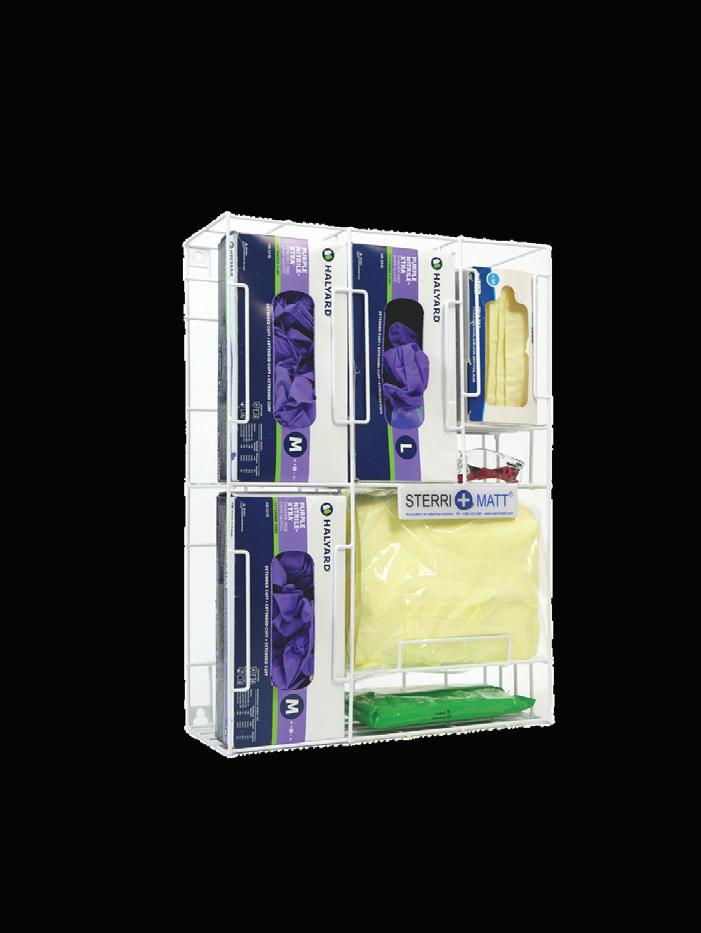




3 ways to use

stations
New hospitals, renovation & refurbishments


Our in house designers can work with your FF&E teams for all your dispenser requirements including custom designs


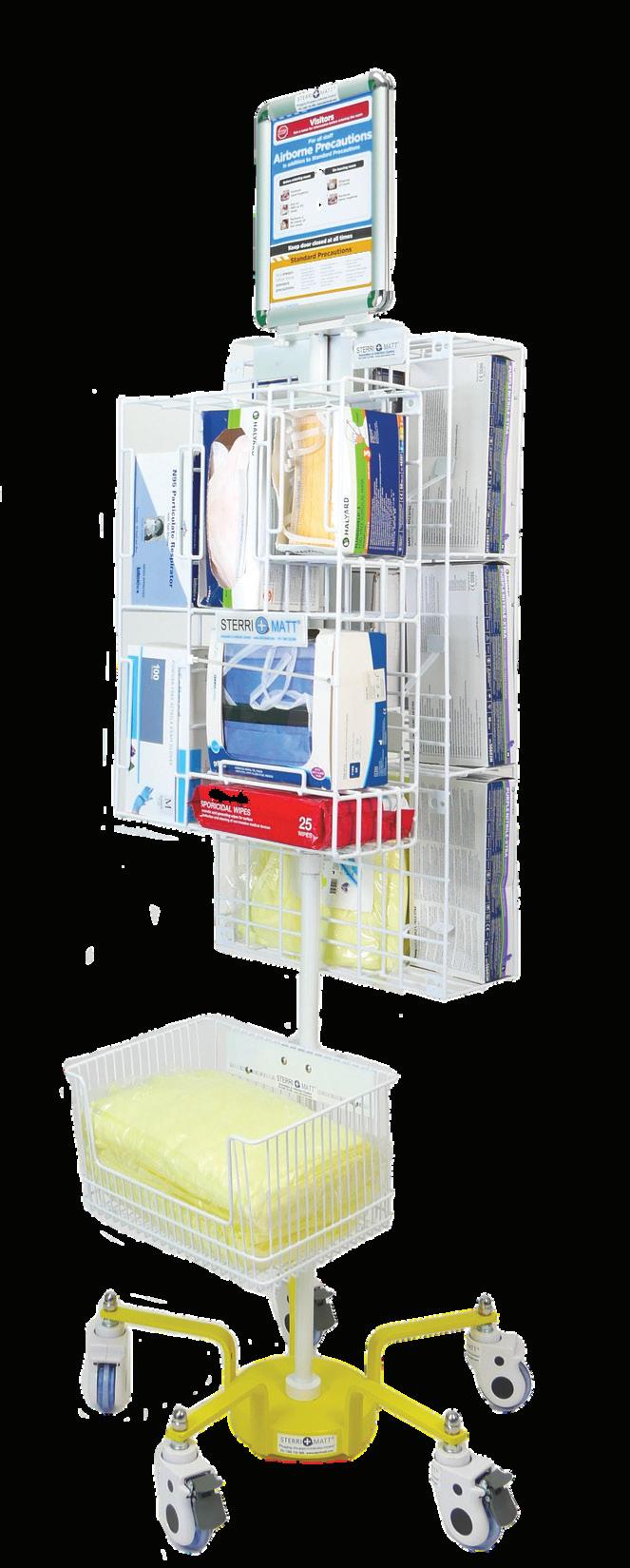

HOSPITAL HELIPORTS – PAST, PRESENT, AND FUTURE
Presented by David Anderson – Senior Consultant Onyx AeronauticsIntroduction
The safety of helicopter operations is clearly paramount to any design for a Helicopter Landing Site (HLS) but particularly at a hospital and there can be no alleviations from the regulations due to the emergency nature of the operation.
The onsite HLS is an integral part of the Helicopter Retrieval Service, reducing the risk of additional patient transfers, increasing availability of medical resources that would otherwise be used for the transport and decreasing the time for arrival of treatment.
The HLS should be seen as a significant infrastructure investment rather than a cost, and a properly located, constructed, and operated HLS will present no significant risk to surrounding structures or people.
The new CASA Flight Operations Parts 91, 119 and 133 of the Civil Aviation Safety Regulations 1998 and their associated Manuals of Standards (MOS) commenced on 02 December 2021.
Rules regarding Helicopter Performance Classes were deferred, and that period will end on 02 December 2023.
Once these new rules come into effect there is an immediate impact on how a helicopter is to be operated and the infrastructure necessary to support its operations.
To provide guidance on achieving compliance with particular Regulations, CASA publishes Advisory Publications (CAAP’s) or Advisory Circulars (AC’s) in this case AC 139.R-01v0.1 dated May 2022 - Guidelines for heliports –design and operation.
These guidelines set out factors that may be used to determine the suitability of a place for the landing and takingoff of helicopters when the place does not meet the Standards and Recommended Practices (SARPs) for Heliports, as set out in Volume II of Annex 14 to the Convention on International Civil Aviation (the Chicago Convention).
In keeping with its submissions to ICAO on this topic, CASA recommends owners and operators of an HLS who intend to develop and operate a heliport for the purposes of Air Transport operations (Helicopter Air Ambulance) refer to, and comply with, the SARPs as set out in Annex 14.
Hospital Heliports – Past, present, and future
Victoria 1986 sees a Memorandum of Understanding established between the Victoria Police and then Metropolitan
Ambulance Service which introduced the first all weather, day / night, multiengine helicopter for patient emergency medical transport in Australia. The helicopter was flown by police pilots and crewed with ambulance MICA paramedics.

Ahead of its time, the service lacked infrastructure for the delivery of patients to major hospitals. It was common for the helicopter to land in parks or ovals where often ambulances were not able to gain access, necessitating the patients to be carried on stretchers to the waiting vehicle.
It was obvious that this was far from ideal and in 1988 the Transport Accident Commission funded the Alfred Hospital Helipad as part of the major funding for a new state Trauma Centre. Many options for the location of the helipad were investigated with the final solution being a 40m x 37m concrete helipad constructed 9m above Commercial Road Prahran, adjacent to the hospital and affording a direct entry to the new trauma centre.

The helipad was equipped with automatic fire protection, foam monitors and a road to permit emergency service vehicle access. Three flight paths were established to ensure access in all wind conditions. The access to the trauma centre was through blast and fireproof doors and an airlock to ensure protection of the hospital.
In 1999 Bayside Health, owners and operators of the Alfred Hospital sold off a package of hospital land immediately to the west of the helipad, known as the Chevron Hotel Site. Development Ventures Pty Ltd bought the land and promptly submitted plans for the construction of a multi-storey building to consist of 4 floors of private consulting rooms with apartments above.
The land was sold without any covenants, and the impact of the proposed construction was significant. The prevailing winds at the site are from the West and Southwest and with the proposed building obstructing the flightpaths to and from the west, only one way flight paths to the east and north would remain available.
The Hospital decides to appeal the planning approval and commences action in the Planning Appeals Tribunal.
The Appeals Tribunal accepts the Hospitals arguments and restricts the building application but in doing so awards significant damages to the developer. This was a very expensive lesson and design development overlays are now in place to protect helicopter flightpaths around not only major hospitals but rural hospitals also.
When the helipad was designed the AS 365 helicopter was in service with a maximum take-off weight of 3850kg. Since that time the AS365N3 (4300kg), the Bell 412EP (5400kg) and now the AW 139 (6900kg) are in service. Potentially the helipad could expect new EMS aircraft in the order of 7500kg to see service.
An increase in the helicopters weight sees an increase in rotor downwash and unfortunately on 28 October 2021, an elderly pedestrian was blown over and seriously injured whilst walking along Commercial Road. Rotor downwash, as a result of a helicopter landing on the helipad was the cause.
Had there been sufficient thought given to potential future operations, evidently, no?
During the late 80’s and early 90’s helicopter emergency medical transport was growing rapidly in all states and hospitals needed viable helipad solutions for existing congested sites. Where else were helicopters frequently used with similar problems regarding lack of clear space and obstructions – the offshore oil industry.
The metal helideck used almost exclusively on oil rigs was identified as a solution and modified for onshore use providing a solution for existing complex sites. Its modular construction with flush mounted deck lighting and deck integrated firefighting systems has proven popular as existing helipads are upgraded. When constructing a new build hospital, the use of a helideck may not be necessary if sufficient thought and planning at an early stage considers a simple concrete deck similarly with built in lighting and firefighting.

So, for any helipad, where do we go for design and construction advice. Well, it’s not simple. CASR 139R which will contain the Regulatory Authorities directions is not expected to be published before 2025.

I can’t tell you what will be in them, but I can tell you what won’t be in them and that is, anything different to ICAO Annex 14 Vol II Heliports, the current recommended standards, and practices.
There are a number of advisory documents, ICAO Heliport Manual, FAA AC150 Heliport Design, UK CAAP 1264 Standards for helicopter landing areas at hospitals, NFPA 418 Standards for Heliports, ICAO Annex 6 Operation of Aircraft Part III Helicopters, CASA AC 139.R01 Guidelines for heliports, design, and operation and to tie it all together the Helicopter Manufactures Rotorcraft Flight Manual (RFM).
Applying the specific aircraft performance, weight, and dimensions from the RFM, it is possible to determine the
helipad requirements for flight paths and obstacle limitation surfaces, the minimum sizes for the Safety Area, FATO, TLOF, Static and Dynamic Load bearing requirements, HLS marking, Lighting, RFF requirements and security.
Now, if you think you’re on top of it, add Environmental Legislation, Fire Service Regulations, Planning Permits, Design Development Overlays, State Health Regulations, Guidelines and Policies and the rest of the requirements of the Civil Aviation Safety Regulations.
So, we now know enough to design and construct a compliant helipad for current operations, we are up to date, but what will we see in the future?
Meet the Jetsons, a 1962 animated series about a family living in the future. They predicted video calls, robotic personal assistants, smart watches, and space tourism and of course, George’s flying car.
Someone is taking George seriously because as we are still waiting for legislation for helipads, we have the European
Onyx Aeronautics
Aviation and Space Administration (EASA), The Federal Aviation Administration (FAA) and even CASA producing Guidelines for vertiport design and operation.
The World eVTOL Aircraft Directory has 800+ eVTOL aircraft listed to date. Wall Street sees an industry expected to be worth US$ 1 trillion by 2040. There are currently prototype versions of eVTOL flying with some predicting certification by 2030.
All currently have limitations, typically range, speed, all weather capability and payload but new fuels, hydrogen, will see much improved performance over battery’s and at the rate of development, the current limitations will be soon overcome.
The potential advantages are, they are relatively cheap US$ 5 million as opposed to say a new helicopter configured for ambulance operations US$ 25 million. They are cheap to operate, US$ 500 per hour as compared to a helicopter at US$ 3,500 per hour. They are ECO friendly, have more rotors but less moving parts, improved reliability of electric motors providing precise and effective control of thrust and reduced pilot workload (if you have one).
The good news is, they will fit on your helipad, but they do present the greatest challenge to a century old aviation status quo.
What’s needed is a planning framework for take-off and landing sites, airspace access and management, cost recovery for the development of new infrastructure or regulatory structures, pilot training and licensing and technical and maintenance standards.
So, look out coming to skies near you!
Onyx Aeronautics is a team of aviation professionals with extensive expertise in rotary and fixed-wing aircraft design, certification, operations, safety management and quality systems auditing.
Our team combine this experience with our detailed knowledge of both Australian and International (ICAO) aviation regulations to ensure that the aviation consultancy services we provide are compliant, practical, cost effective and most importantly, safe.
Established in 2013 as Heliport Design Group, the company has established a reputation throughout Australia and New Zealand as a highly respected provider of aviation consultancy services including:
• aircraft needs analyses
• heliport design (including new builds and compliance assessments of existing landing sites)
• aeromedical contract (rotary and fixed wing) tender preparation and assessment
• aeromedical contract (rotary and fixed wing) contract reviews and compliance assessments
• operational audits and quality system reviews
• flight test and flight operations
• design and certification regulatory requirements related to aircraft modification/fit-out programs
• aircraft maintenance and continuing airworthiness systems review
• safety and quality system management
• aircraft accident investigation, and
• human factors and fatigue risk management
The company changed its name to Onyx Aeronautics in 2022 to better reflect its experience across the wider aviation industry in addition to helicopter operations and heliport design.






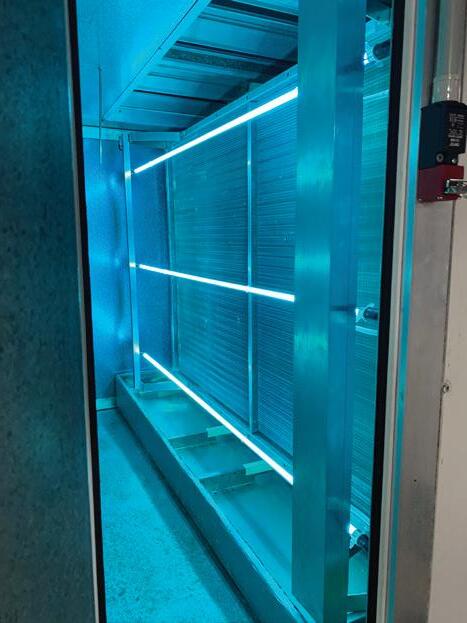


CLINICAL QUALITY AND INFECTION CONTROL Improving Environmental Hygiene: Shining the Light on Air Systems to Cut Infections
By Sabrina RodakA source of pathogenic bacteria that may be overlooked in environmental cleaning in healthcare facilities is the heating, ventilation and air conditioning systems. HVAC systems have been shown to collect, amplify and spread microorganisms such as Aspergillus, Pseudomonas, Enterbacter and Acinetobacter that cause infections and increase patient morbidity and mortality

Implementing germicidal ultraviolet light in HVAC systems at the AC coil can eliminate these microorganisms and reduce healthcare-associated infections, leading to significant reduction of non-reimbursable hospital charges.

The evidence
A study in the Journal of Perinatology found multiple infectioncausing bacteria in the HVAC system of a neonatal intensive care unit at the Women and Children’s Hospital of Buffalo (N.Y.). When the hospital installed an advanced ultraviolet germicidal irradiation system, the microbes were nearly eliminated in the HVAC and the NICU environment. This improved HVAC and environmental hygiene directly led to a decreased rate of ventilator-associated pneumonia among high-risk NICU patients and decreased antibiotic usage.
The reduction in infections and antibiotic use resulted in approximately US$850,000 in savings on the initial US$50,000 UVC investment in the first year, according to Robert Scheir, PhD, president and CEO of Steril-Aire, which provided the UVC system in the study. “With this kind of important finding, it behooves the medical community to seriously explore and [eliminate] these sources of hospitalacquired infections,” he says.
Other hospital’s experiences have shown the importance of HVAC environmental hygiene in preventing infections. For example, one hospital reduced HAIs 40 percent, and another hospital decreased HAIs to zero when they installed UVC in the air systems, according to Dr. Scheir.
Lack of awareness, education
Many hospital administrators and clinicians do not realize the impact hospital HVAC systems have on infection rates. Buildup on the systems may look like dirt, belying their danger
to patients and healthcare workers, according to Dr. Scheir. “Infection preventionists, medical directors and hospital administrators need to know and understand that a very significant amount of hospital-acquired infection rates may be sourced to the air conditioning systems,” he says.
However, even hospitals that are aware of microorganisms in the HVAC system may not be addressing the problem appropriately. Eliminating infection-causing bacteria and maintaining clean HVAC systems require more than a simple wash-down; a system, such as UVC, that continuously
destroys bacteria with each air flow is necessary, according to Tim Leach, director of healthcare solutions at SterilAire. “Most hospitals have looked at maintaining acceptable environmental hygiene through historically good facility maintenance practices such as correct filtration, timely filter change-outs and more air changeouts per hour in critical care areas,” he says. “But even with these best practices, bacteria and fungi will proliferate in the HVAC system, making their way to critical care environments and eventually immunocompromised patients. UV light disrupts the DNA of the microorganism, taking away the ability for the organism to reproduce. If it can’t reproduce, it can’t build biofilm within the HVAC.”
Mr. Leach says hospital HVAC systems may be the single largest reservoir of bacteria related to hospital-acquired infections. “In a study previously published in JAMA, the


most problematic bacteria HAI are Pseudomonas and Staphylococcus. These microorganisms are the number one gram negative and gram positive bacteria, respectively, we identify from HVAC system cultures,” he says.
While UV light systems are an effective long-term strategy for eliminating microorganism growth in HVACs, they do require maintenance, such as changing the light bulbs bi-annually, according to Dr. Scheir.
Far-reaching benefits
UVC lights in hospitals’ air systems can greatly reduce hospital infection rates, improving patient safety and length of stay in addition to increasing reimbursement. “Attention needs to be drawn to the fact that the cost of hospital-acquired infection cases ranges into the millions, if not hundreds of millions of dollars per year, and they can be readily controlled by the proper application of UVC to the air handlers,” says Dr. Scheir.
In addition, ridding the AC coils of bacteria improves HVAC system efficiency, reducing energy costs and extending equipment life. Using the evidence-based design of high-output germicidal UVC at the coils, pathogenic and opportunistic bacteria can be eliminated, helping hospitals to deliver the highest quality patient care and satisfaction while meeting energy and sustainability initiatives. PN 1296
Installing electrical services up to 2000 Amps; from design concepts to the commissioning of switchboards, generators and transfer switches.

Installation of power/lighting and communications for all parts of hospitals, with detailed reference to AS 3000 and AS 3003.

ACIA Electrical Services can provide energy monitoring and engineering reports to determine conditions of the electrical system. We use the FLUKE 434 Series 11 monitor to capture the information.
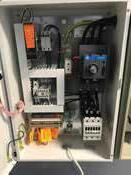
Specialising in medical theatres and imaging departments, including the supply of X-ray warning signs.

Call Cameron direct on 0416176166
cameron@aciaelectrical.com.au

ACIA Electrical Services provides UPS’s, voltage stabilizers, power factor correction units and power filters, to any installation which requires protection.
Over 20 years working in the medical industry
Specialists in AS 3003 2018, Body and Cardiac Protect. Designing, installing, commissioning and reporting to the standard.
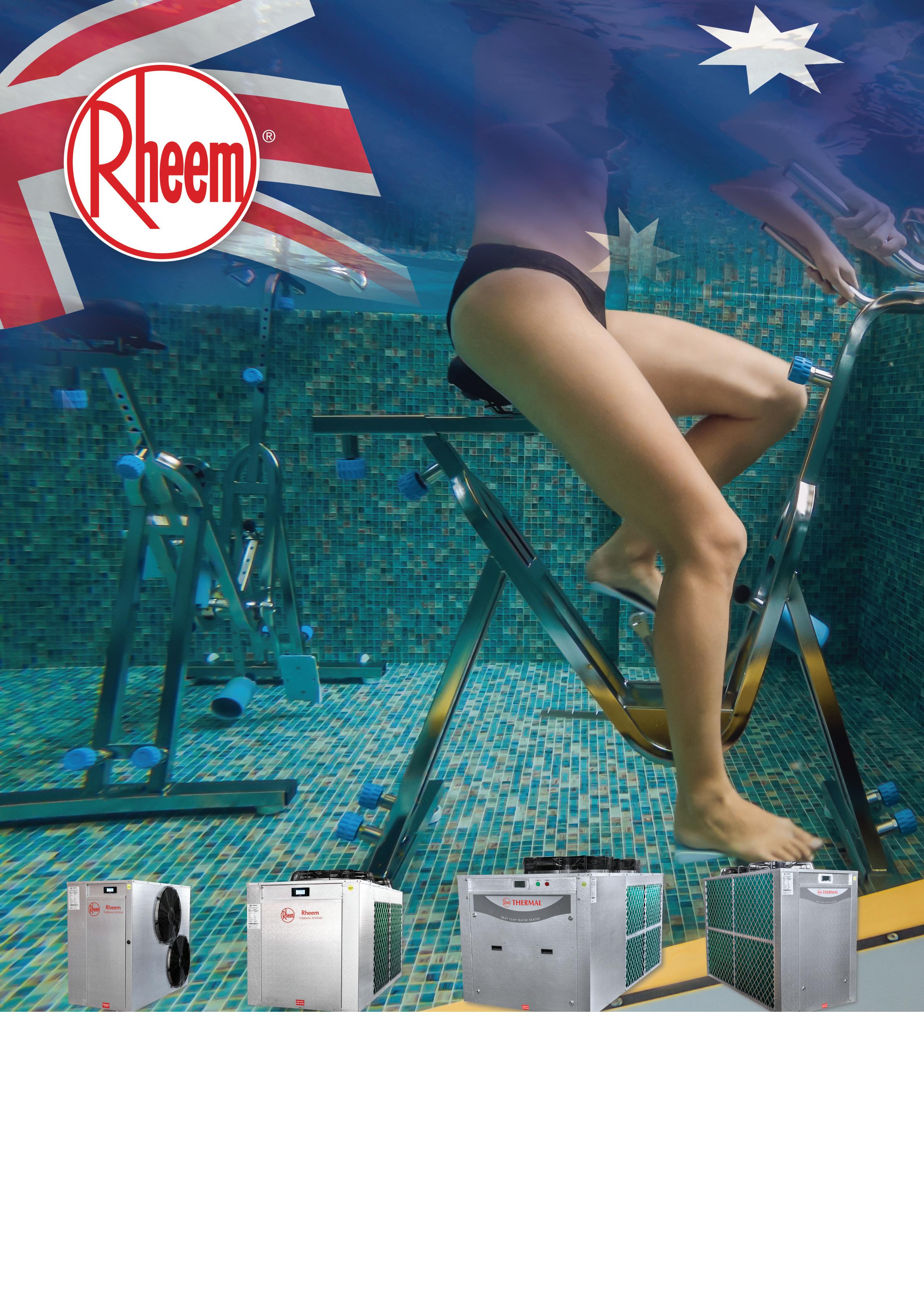







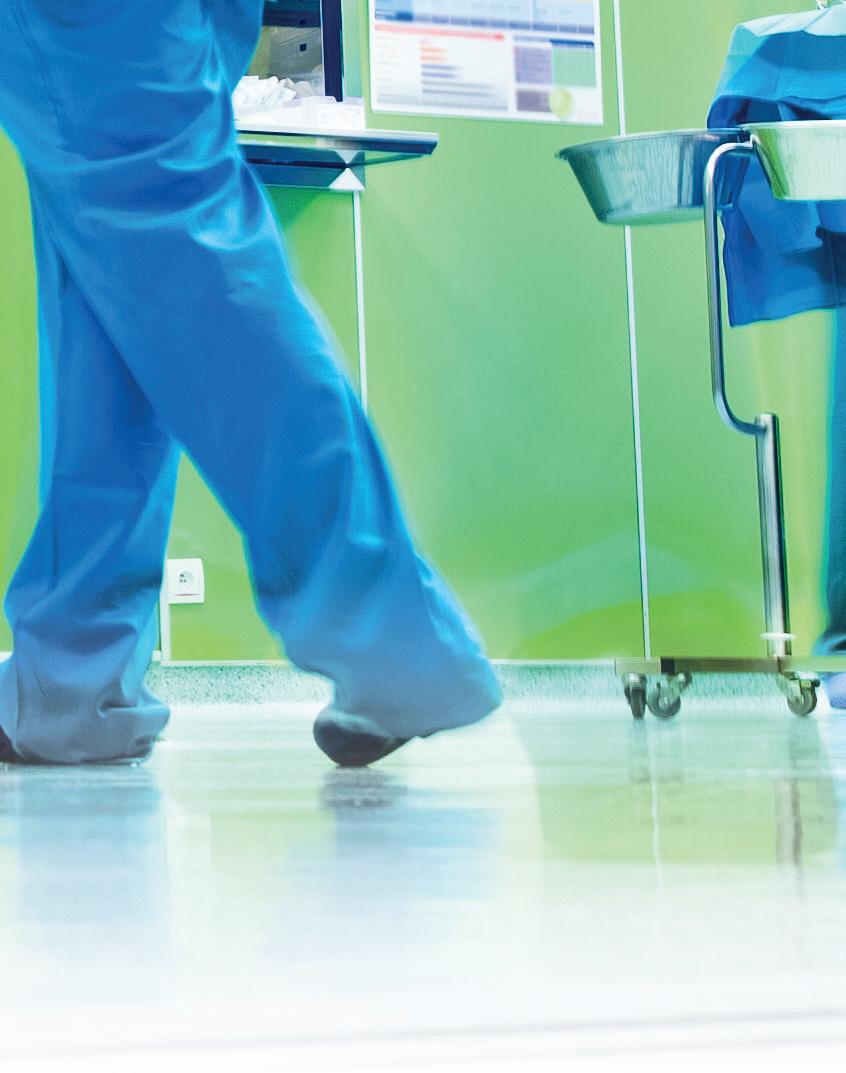




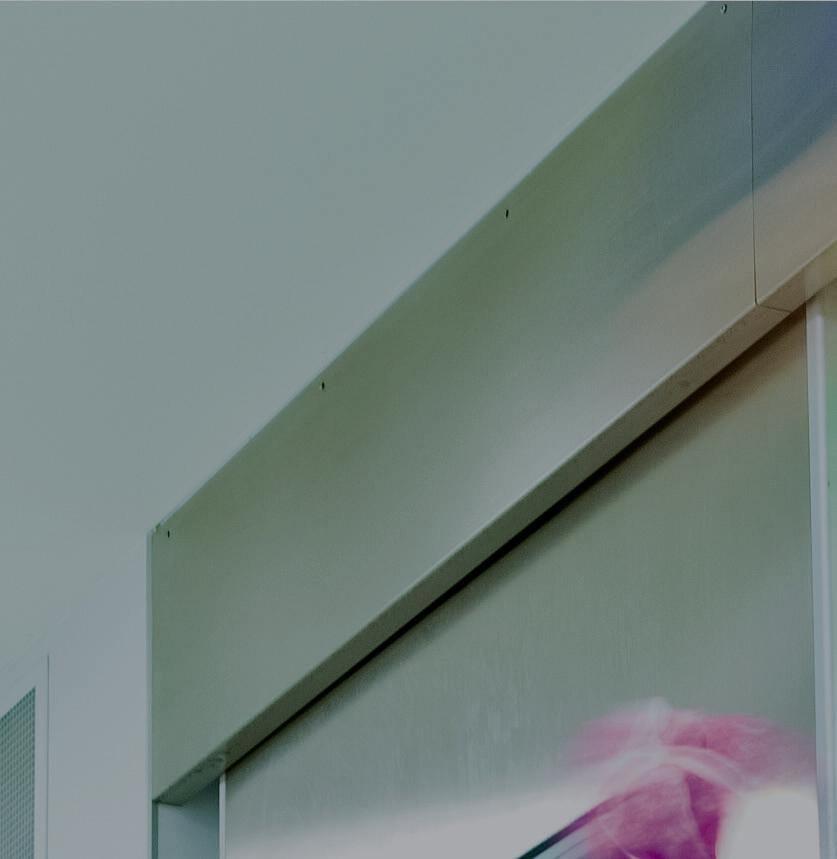


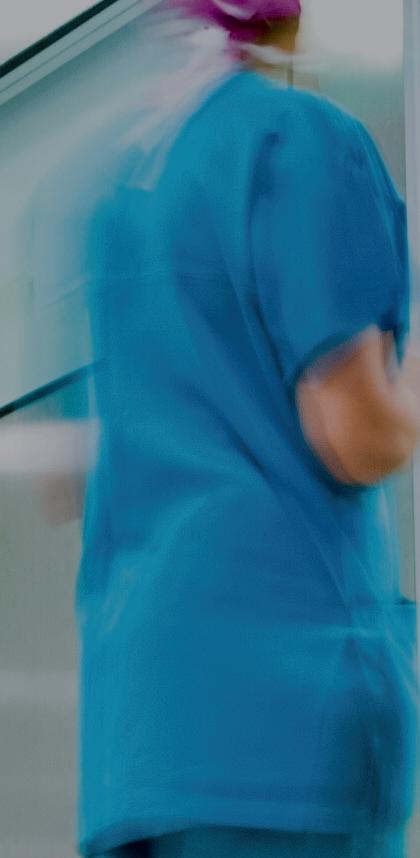





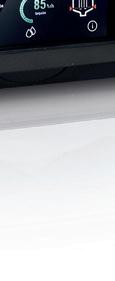
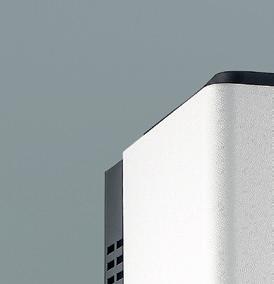
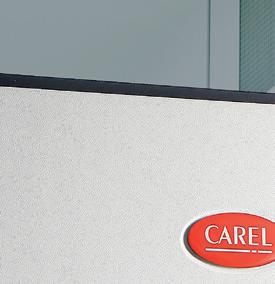









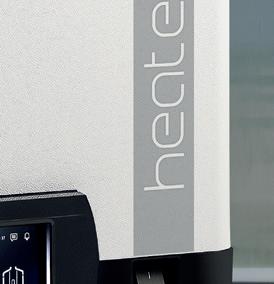
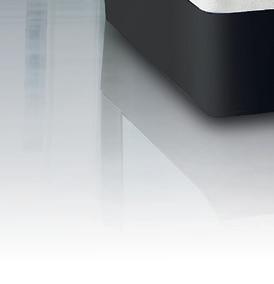



DECOMMISSIONING TRI-GENERATION SYSTEMS
John Bourne A.G. Coombs AdvisorySoaring gas prices, uncertainty around the validity of carbon offsets and updates to the National Greenhouse Accounts emissions factors are just some of the reasons that building owners are switching off their tri-generation and cogeneration plants. Add to this the cost of operating these plants and the public perceptions around burning natural gas. This Advisory Note provides an overview of the drivers for decommissioning tri-generation systems and sets out typical issues that need to be addressed.
NABERS Rating and Commercial Drivers
In 2021, NABERS updated the emissions factors used to represent the carbon intensity of grid electricity. Further updates are proposed in 2025 and 2030, to reflect the increase in renewable energy contributing to grid electricity. While the changes in 2021 were relatively modest, the next updates will have a much bigger impact on buildings that consume large amounts natural gas to meet their energy requirements, and this will particularly affect buildings that utilise tri-generation plants. The impact of the emissions factor changes can be seen below for two very similar, highperforming commercial buildings in Queensland, one with a tri-generation plant (which has been operating reliably) and another that sources almost all of its energy from grid electricity. Scenario 1 is based on the forecasted electricity grid emission factors predicted by the Australian Government. Scenario 2 assumed that by 2030, the grid will have decarbonised at a rate twice as fast as Scenario 1.

The result is that these plants will provide a reduced benefit to the NABERS Energy ratings and in some cases, particularly by 2030, they will have a negative impact on the energy rating.
The real cost of operating and maintaining a Tri-generation or cogeneration plant is now rarely justified by achieved benefits. On top of the expense of installing and commissioning the plant, the operating costs far outweigh the reduction in retail electricity and thermal energy savings. This is particularly true in Queensland and New South Wales,
where complex emissions treatment systems are required. In particular, the reactive costs associated with breakdowns can catch building owners off guard – often requiring several different specialist contractors to diagnose and resolve the problem. This is all before the engine manufacturer’s scheduled rebuild is considered, which can cost upward of $300k.
Decommissioning
The main challenges in decommissioning tri-generation and cogeneration systems arise because they integrate with many other building systems. The natural gas generators often also provide standby power, and the supervisory controls include a number of safety interlocks to facilitate remote switching of Main Switch Board circuit breakers (an important function
during switchboard maintenance). Reclaimed thermal energy contributes to the overall heating and cooling capacity of the central plant, satisfying peak demand requirements and sometimes Property Council of Australia Building Quality Matrix redundancy provisions. The other factor is that these systems are often buried in the heart of buildings or in rooftop plantrooms, making them extremely difficult to remove in one piece. Generators and absorption chillers are often upwards of 13 Tonnes, making cranage a logistical challenge.
Standby Power Considerations
Natural gas-fired generators are not well suited to standby power applications, particularly when operating at low or highly variable loads. Their load step capabilities are also limited, and the additional gas-safety measures can impact
the reliability of the plant during an outage. Diesel generators are better suited to standby power applications and can operate reliably and across a much wider range, handling much greater load steps. When decommissioning a tri-generation plant, an important consideration is whether to continue utilising the gas generator for standby power mode or if a diesel generator set is better suited.

Thermal Energy Considerations

Many heating hot water systems are designed with a temperature range upward of 60 degrees. This isn’t a problem for natural gas-fired generators, which circulate water at around 80-90 degrees through their cooling jackets. Gas-fired heating hot water generators/ boilers are also able to operate at these temperatures. As buildings de-gasify and switch to electric power for heating however, it can be energy intensive and expensive to reach these temperatures using electric heat pumps. This can be a big problem for Air Handling Units that have coils designed to use heating hot water above 60 degrees. The impact of reducing the maximum heating hot water temperature from 80-60 degrees to 60-40 degrees can be a 1/3rd reduction in heating capacity through the AHU coils. There also needs to be consideration of the plant space required to accommodate heat pumps, which is often greater that an equivalent capacity gas-fired solution.
For chilled water produced through absorption chillers, the biggest impact is typically associated with a reduction to total chilled water capacity, which can fall below what is required to achieve the Property Council of Australia Building Quality Matrix Premium or A-Grade requirements for redundancy.
Electrical Capacity
Buildings that utilise tri-generation or cogeneration plants should have electrical infrastructure suitable with or without the operation of the generators. However, when sources of heat and cooling are ‘electrified’ (e.g. hundreds of KW of electric heat pumps), there are often limits on what can be achieved without major upgrades to the electrical infrastructure.
Looking forward
Every tri-generation or cogeneration system is different and needs to be assessed on a case by case basis. This should be done holistically, including consideration of other gas fired appliances such as HHW and DHW heaters or the addition of EV charging infrastructure. Carrying out a tri-generation feasibility study and carbon roadmap can help building owners understand the tri-generation plant’s contribution to the NABERs rating and plan a pathway back to meet or exceed their previous NABERs rating, or chart a course to net zero.
Importantly for building owners and facility managers, decommissioning these complex systems can simplify the




operation of their building, reduce operating expenses and improve reliability. However, it is important to remember that removal of these systems is likely to have a short-medium term impact on the NABERs Energy rating (until the emissions factors are updated).

This reduced operating expense can provide a opportunity to reclaim some ground and focus on other energy efficiency opportunities within the building. Initiatives such as building tuning and new high efficiency chillers and hot water heaters can lead to net improvements in a building’s emissions intensity and help facilitate a transition to net zero.


A LOOK AT THE BENEFITS OF BATTERY ENERGY STORAGE
Matthew Lumsden Connected EnergyMatthew Lumsden, the founder and CEO of Connected Energy, a company that has designed and commercialised battery energy storage solutions using second life EV batteries, discusses how battery energy storage can ‘smooth out costly peaks in energy demand, increase energy security and overcome grid constraints’. He also considers the potential for such technology’s wider use in hospitals and other healthcare settings.
Picture the scene. It’s a grey, cloudy day, and a small, blue Renault electric car approaches a hospital car park and heads for the undercover area. It stops in front of a charging point, and the two passengers get out. One plugs in the charger, and the other registers for both charging and parking on their phone. They smile at the person standing next to them as they read a sign on the hospital parking notice board which says: ‘Thank you for driving electric’.
Not far away, on the other side of the car park, a battery energy storage system has just provided energy to the hospital’s local energy network, as this was the 40th car to be plugged in this morning. Inside the energy storage system – encased in a shipping container – are 24 used vehicle batteries connected together to operate as one. The batteries in the energy storage unit are very similar to the one in the blue Renault, and a sign on the side of the unit says: ‘Second life electric vehicle batteries are helping to power this hospital. Thank you for using electricity’.
All-electric ambulances
The couple move towards the Outpatients’ entrance, passing a short queue of ambulances waiting outside A&E. Although the ambulances are running, they are all-electric, so the area is peacefully quiet, with birds singing from nearby trees. On the other side of the hospital another battery smooths out the sudden peak in energy demand from the ambulances being silently charged while they wait. As the couple open the first of the double doors at Outpatients’, the sun breaks through the clouds, and the solar panels –which cover the roof of the parking shelter – capture even more energy than they did when it was cloudy. The energy will be used to charge the battery system, which stores it, knowing that it will rain all the next day, and that its energy reserves will be needed. Moments later the solar panels on the roof swivel
silently, automatically hunkering down to avoid any damage from the high winds which will bring the next day’s rain.
Sitting at a desk on the other side of the country, the hospital Energy manager’s computer receives an alert. It’s the automatic notification that the hospital estate where the blue Renault parked has reached its 500th day of using the battery energy storage system to maximise its renewable generation, has saved 49 tonnes of carbon, and kept within its green tariff.1
Looking out the window at the clouds blowing south, Alex knows that the estate buildings are energy-efficient, and ready for the change in temperature coming the next day.
A not too distant scenario
Sometimes it helps to envisage the brighter future we are working towards, and the scenario we have described is not so far away. This year, Nottingham City Council is installing 40 vehicle-to-grid (V2G) bi-directional chargers with three solar arrays with a combined generation of 176 kwp and

Connected Energy’s battery energy storage systems. This is to support a fleet of over 200 electric fleet vehicles, including six new electric bin lorries, as well as a disposal depot with an incinerator and on-site recycling.


Settings such as this one at Nottingham, where equipment has intense energy peaks, with hundreds of electric vehicles coming and going all the time, will be commonplace in hospitals across the country. Nottingham’s two 300 kW battery energy storage systems will allow the depot to store and redistribute the energy generated on site. All technologies are interoperable, with an overarching energy management software solution which will operate multiple devices to increase the efficiency in the supply of renewable energy. Nottingham’s systems will support the site in two main ways. Firstly, they will act as a store for the energy generated from the solar and vehicle-to-grid
technology, allowing these technologies to charge the batteries, which will then be used directly to power the site. This will allow the site to reduce energy costs, by reducing demand during peak tariff times. As with a hospital, the council’s preference is to use as much of its own energy as possible, but the battery energy storage system will also help the council to trade excess energy back into the grid.
Supporting load balancing
Secondly, with an extensive electric vehicle charging infrastructure on site, including the bin lorries, which require charging at 80kW, the energy storage system will be used to prop up the grid, and provide power to the charge points to support load balancing. The battery energy storage working with the solar PV also allows the site to maximise use of renewable energy to decarbonise the charging of the fleet of electric vehicles. Steve Cornes, Nottingham City Council Technical lead, confirms how the project, funded by Interreg NW Europe’s CleanMobilEnergy (CME) offers both environmental and economic benefits. He said: “The Council fleet transitioning to electric vehicles brings local air quality benefits, as well as cost savings through operating vehicles, which have much reduced maintenance costs.
“By using intelligently managed BESS and V2G, the use of on-site-generated solar energy can be maximised, and the depot will effectively be able to isolate itself from the grid during peak periods and avoid peak tariffs.”
Steve Cornes reiterates the cost benefits: “Combined with the rebate of 24.72 p/kWh, due to the Energy Bill Relief Scheme (EBRS), this means that we get paid to use energy at night, charging the BESS and EVs on our current tariff. There is also the added benefit of being able to supply surplus electricity to the grid at a profit, which will reduce the need for expensive grid reinforcement, and protects its resilience for the future.”
Relevance for the hospital estate
What works for a bin lorry – a vehicle with probably the heaviest load, and the most ‘stop-start’ movement of any vehicle on the road – will work for an ambulance, which is why Nottingham is such a relevant case study for hospital estates. There is a third benefit to Nottingham’s energy system, which our ‘future scenario’ highlighted, and that is the use of second life batteries at the heart of the system.
All energy storage systems are made from batteries. These batteries can be new, in use in a vehicle through V2G charging, or used, but no longer in the vehicle. It is the batteries no longer in use in a vehicle which deliver the most significant carbon reduction savings, making it possible to envisage the sign in our future scenario: ‘Second life electric vehicle batteries are helping to power this hospital. Thank you for using electricity’.
Second life battery energy storage units
While providing equivalent functionality to units made from new batteries, second life battery energy storage units provide an additional positive carbon benefit of 450 tCO2e for every 1 MWh installed. For large carbon emitters, such as a hospital estate, this level of carbon saving is hard to achieve through any other means.
Connected Energy has the most commercial second life battery energy storage systems (BESS) installed in Europe, and is a world-leader in this technology. When its multi-MW systems become available later this year the carbon saving opportunities will increase significantly. Extending the life of vehicle batteries makes sense from an emotional and environmental perspective, and is something people – hospital staff, patients, and visitors – care about deeply.
Batteries are improving in quality all the time, so vehicle range is increasing all the time, but the point at which they are considered no longer fit for life in a vehicle is when they reach around 75% of State of Health (SoH). However, at this level
they still have significant charge capacity, and can be used in energy storage systems until the battery reaches 50% SoH.
Seven to ten years’ additional battery life
An energy storage system installed today is expected to be operational until 2042. This could mean from 7-10 years’ additional life for a vehicle battery. With all the issues around supply chains, environmental stewardship, energy security, and cost management, meeting carbon savings or other ESG targets can be a key factor in the choice of energy storage supplier. Choosing second life batteries, while cost neutral compared with new batteries, makes a big difference.
There will be an estimated 6.7 million pure EVs operational worldwide and 34.7 million predicted globally by 2030,2 so giving a second life use of vehicle batteries is an obvious way to take pressure off the supply chain, drive the circular


economy, and make pleasing good sense. It was a key factor for the University of Sheffield Advanced Manufacturing Research Centre (AMRC) when it chose two energy storage systems from Connected Energy, as Ben Smith, who led the procurement process for the AMRC explained. He said: “Every single KPI that a business would mark itself against would be better by using end-of-life batteries”.
A useful case study
The AMRC is a useful case study for hospitals in terms of future planning because it is a low carbon smart building demonstrator site. It has been set up specifically to demonstrate how buildings of any age can be adapted, using simple changes, as well as the most advanced technology, to increase energy efficiency, manage costs, and cut carbon emissions. As Britain famously has the oldest housing stock in Europe, and hospital estates tend to include buildings from the 19th, 20th and 21st century, the need for the AMRC demonstrator site is clear.
Unsurprisingly, a recent behind the scenes tour of the AMRC site in Lancashire was a sell-out. Visitors were keen to see not only the inside of an energy storage system, but also to learn more about the wider issue of data management, and how the Internet of Things (IIOt) can be applied in buildings of any age to improve energy efficiency.
Coordinating meteorological with energy storage data
It is at the AMRC site where energy storage software will automatically coordinate meteorological data with energy storage data, mentioned in our future scenario. This is to prepare the system in advance to maximise revenue opportunities around both weather conditions and peak energy demands. In this way the energy network, including solar panels, is protected against damage from intense weather conditions, and the site is protected against damaging energy spikes which trigger higher energy bills. As UK weather becomes more intense, with heavier rain, winds, or periods of high temperature, the ability to protect and prepare for these conditions is becoming very important – in fact arguably as important as acting to prevent further climate change.
Technology such as battery energy management software, triangulated with meteorological data and appropriate hardware, helps tackle both. While this is ‘good to know’ what is ‘vital to know’ is how battery energy storage can smooth out costly peaks in energy demand, increase energy security and overcome grid constraints. These powerful benefits explain why energy storage is one of the fastest growing markets in the world.
Hospitals’ predicted ‘dramatically increased’ energy need
Hospitals, like other public sector and private asset owners, will almost certainly have a dramatically increased need for
energy in the near future. As an illustration, one electric vehicle charger will require anywhere from 7 kW to 350 kW depending on the speed of charge. Modelling can reflect predicted changes such as adding EV charging, electrifying heating, or installing a heat source pump. The load today may differ significantly from that of the future, and intelligent modelling will help identify what changes are needed.
Equans has several energy management projects in progress in NHS estates across the country. As Simon Kendrew, Marketing & Commercial director of Equans’ EV Solutions business says: “The first thing we look at before starting any scheme is the energy. In most cases, the ability to manage the energy demands of the chargers in the context of the available or new energy supply at the site will be critical.”
This is the ‘Energy Trilemma’ which hospitals face in a nutshell – the need to find a balance between energy reliability, affordability, and sustainability. Hospitals, in common with other government premises, will also come under pressure to adopt the best practice recommended as part of the government’s new Facilities Management Strategy. 3
One of the changes the new FM strategy calls for is to include ‘better use of operating data’. This is another reason why there was so much interest in the AMRC tour, and a similar tour of Cranfield University last summer. Cranfield University and the AMRC both have battery energy storage systems operating behind the meter, which will become the ‘data heart’ of the facility. Visitors were keen to see how they can adapt such a solution to their own sites.
Potential focus on one piece of equipment
Where an engineering plant might direct a storage system to energy-intensive machinery such as conveyor belts, hospitals can focus energy storage on one piece of equipment, such as an MRI scanner. As hospitals switch to electricity rather than gas for HVAC systems, the battery can be used to keep the heating and lights on at times when – as seems increasingly possible – there are energy outages.
The government’s Facilities Management Strategy also calls for all public sector organisations to produce a consistent asset register, and to be aware of the condition and maintenance requirements of each of their buildings. How does energy storage fit in with this, when it sits at the top of the energy hierarchy in terms of energy management?
Three benefits of energy storage
The benefits of energy storage are often summarised as generating revenue, optimising the overall system, or solving a problem, all amply illustrated through the Nottingham project. However, second life energy storage offers a fourth value for hospitals. Delivering societal, as well as financial, benefits is another component of the new Facilities Management Strategy. All government buildings have to produce an asset register, and aim to deliver a societal, as
well as a financial benefit, to prove the ‘value it provides to all stakeholders and society’.







Hospitals – by their very nature – it could be argued, deliver societal value, but energy can and does play a part. Installing a battery energy storage system as part of a planned programme of change which helps reduce carbon emissions and manage costs has social value. Energy storage units made from second life systems increase the value to society. Our switch to a clean energy and transport system isn’t a dream for the future, it is closer and more connected to us today than we might think.
References
1 Based on a full system charge per day, the E-STOR system can capture an additional 100MWH each year. Based on a carbon intensity of 0.18kg per kWh, it can be calculated

About Matthew Lumsden
Matthew Lumsden is the founder and CEO of Connected Energy, a company that has designed and commercialised battery energy storage solutions using second life EV batteries.
He has worked in the renewable energy and ‘clean tech’ sector since 2000, when he joined energy consultancy, TNEI as managing director, leading the direction of strategic UK consultancy programmes. He then established an electric vehicle-related consultancy in 2009, where he was responsible for delivering several major EV trials, charging infrastructure roll- outs, V2G trials, and strategies for major industry players.
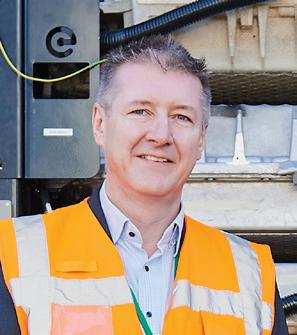
SAVE THE DATE
13 – 14 NOVEMBER 2023
GRAND MILLENNIUM HOTEL, AUCKLAND
SUSTAINABLE HEATHCARE
Join us for this year’s NZIHE conference, being held 13 - 14 November, in Auckland, provides engineers with the opportunity to network with peers from diverse backgrounds and companies across New Zealand. While listening to amazing speakers, socialising, and viewing the latest products and services within the Trade Exhibition evening.
How can we as Healthcare Engineers be leaders in creating sustainable healthcare, with positive social and environmental impact? Our conference will explore ways of collectively working together towards better outcomes, now and into the future.
Overview
SUNDAY 12 NOVEMBER
Welcome drinks in the evening
MONDAY 13 NOVEMBER
Full day conferencing Trade Evening held at Grand Millennium Hotel Auckland from 6.00pm – 9.00pm

TUESDAY 14 NOVEMBER
Full day conferencing Conference dinner in the evening
nziheconference.org.nz
EXPLOITING DIGITAL TECHNOLOGY TO FINESSE PRODUCT DESIGN
Gavin Statham and Mike Robinson BESGavin Statham, Regional director, and Mike Robinson, BIM Manager, BES, explain some of the many benefits, both to design and construction teams involved in healthcare projects, and the operators and users of healthcare buildings, of effective deployment of BIM technology.
‘Building information modelling’ – or BIM – the construction approach comprising best practice processes to manage detailed information around the design and delivery of new developments, has been mandated by the Government since 2016 for all publicly-funded projects, including healthcare facilities. Widely deployed in healthcare beyond the NHS, BIM is not just about delivering a smoother and more collaborative construction process through the control of information; it is also about ensuring the enduring value of an asset, which means developing a building that performs economically, with optimal smart functioning and minimal environmental impact.
A collaborative 3D approach
The 2016 Government mandate on BIM requires a collaborative 3D approach, which has become a gamechanger for healthcare settings. Commissioning teams and facilities managers can now ‘explore’ a new facility, making it much easier to assess whether the design will work in terms of flow of function and personnel movements. However, although 3D design is a significant part of the process, BIM can go well beyond 3D modelling. Building on 20 years of experience at BES, we have already developed an approach to working on projects with an integrated multidisciplinary team, to provide a full ‘end-to-end’ turnkey service across design and construction. However, now, we also utilise sophisticated digital technology that dovetails with our existing processes, allowing us to go much further in tailoring and maximising project delivery. We have made major investments
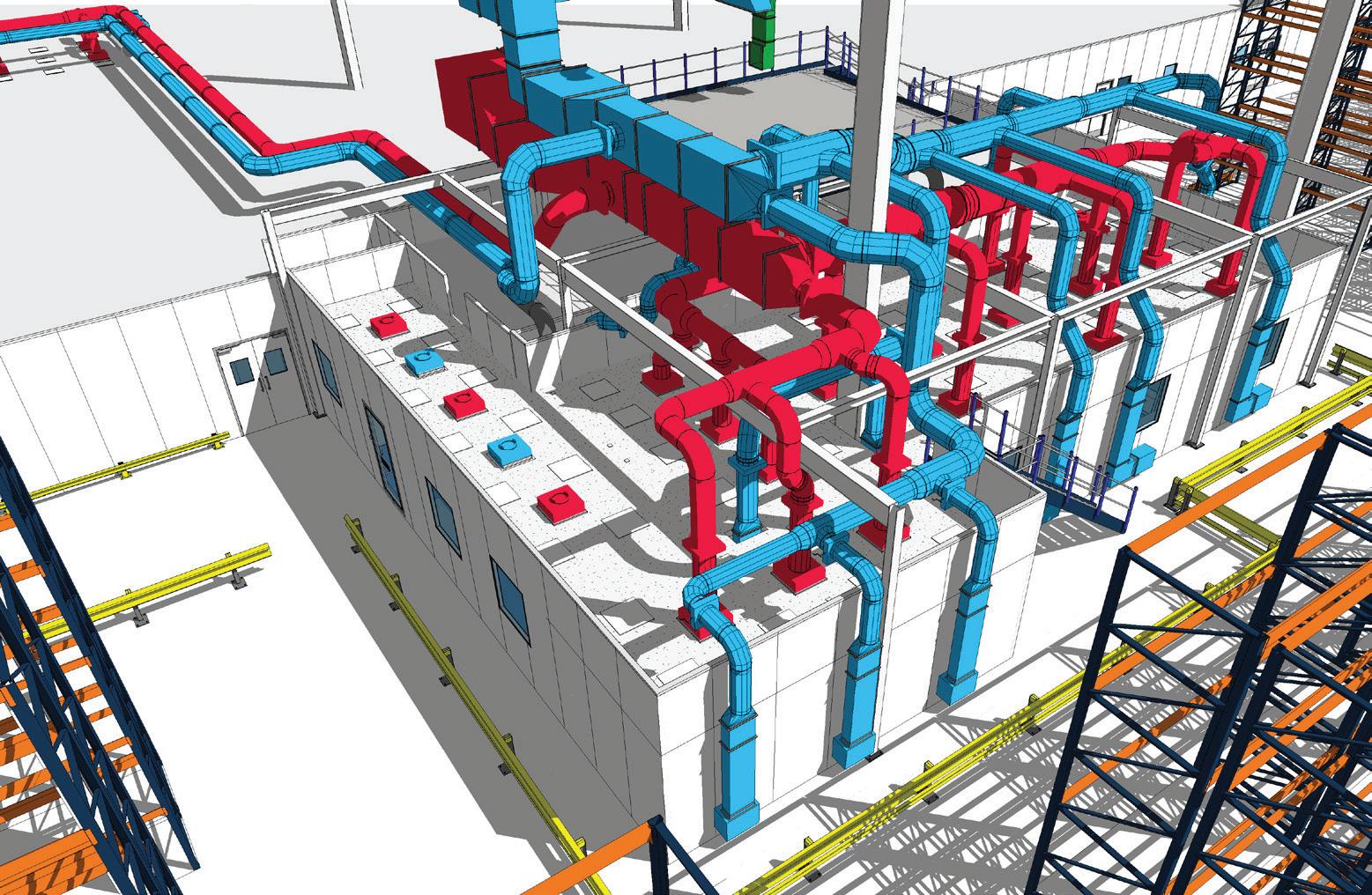
in software based on our experience of what we have found helpful in enhancing an efficient design, construction and commissioning process, ultimately delivering a faster outcome.

Digital twinning
As a specialist contractor working with clients such as NHS Trusts and pharmaceutical manufacturing companies, such as AstraZeneca, we have found this form of digital twinning particularly useful in both healthcare and pharmaceutical projects, where they have contributed a real value by refining the BIM process to overcome some of the issues particular to legacy management and operational costs in this sector. By adding in extra digital technology, we can embed data that allows improved collaboration between both the Estates team and the end-users – including doctors, nurses, and patients, often preventing problems that may hold back the functioning of a facility.
Priorities in healthcare
Building validation and design for healthcare projects can be especially complex, as particular consideration needs to be given to aspects such as patient safety and infection control. Facilities must be designed in line with specifications in the Health Technical Memoranda (HTMs) and Health Building Notes (HBNs), while facilities for in-house pharmaceutical treatments must also comply with GMP (Good Manufacturing Practice) and MHRA (Medicines and Healthcare products Regulatory Agency) guidelines.
Key aspects that need to be taken into account from the start of the planning process in hospitals are patient pathways and clinicians’ requirements – clinicians will be concerned with robust details on how patients access and then exit the space in which their procedures take place. Spatial and equipment layouts are therefore critical – for example the placement of the operating table in an operating theatre, or laminar flow cabinets in aseptic pharmaceutical preparation areas; the flow of materials into a pharmacy and back out as a prescription, and how people enter and exit an aseptic or cytotoxic preparation area within the constraints of the airflow pressure.
Lifecycle costs and carbon footprint
Lifecycle costs and a project’s carbon footprint are also crucial considerations. While the involvement of clinicians in the initial design stage will ultimately deliver the best design for workflows, this hasn’t always been the case, and has – on occasion – led to drawbacks in plans for some facilities. More significantly, though, traditional contracting models delivered by non-specialist companies without full understanding of the HTMs have in some instances led to project failures, with particularly notable cases of this happening in the delivery of pharmacy aseptic suites.
This problem was highlighted in a 2018 NHS Improvement ‘Review of Pharmacy Aseptic Services’,1 which noted the increasing demand for on-site aseptically prepared treatments, at an annual growth rate of around 5%, and emphasised the ‘asset intensive’ nature of these services, with
the requirement for their ongoing maintenance and periodic renewal of the estate and equipment.
Tellingly, numerous common problems in the design of aseptic facilities that prevent them functioning as planned were revealed, including:
• low-quality builds, or delays in new facilities due to construction by contractors lacking ‘clean room’ experience;
• insufficient local experience to plan, manage and troubleshoot projects;

• lack of understanding of maintenance and service costs.
Digital tools
Our digital tools are carefully chosen ‘bolt-ons’ that allow us to bring all the design information into one space. For example, the design is not just about the way the final facility looks: it has to take in practical aspects such as how much space will be needed for certain functions – or is available in a building that is being re-purposed, perhaps for plant such as ventilation and thermal control, all of which are particularly space-consuming in aseptic preparation areas.
The ‘BIM plus digital bolt-on conglomeration’ enables an effective interface between each process, ensuring that all information is available in real time for both the delivery team and the client, as well allowing calculation of running costs and energy efficiencies. All of the data that the manager needs to run the unit can be embedded into the model and the manual for the handover, aiding transparency and validation of all data. This ‘digital assembly’ also provides a regulatory function: for example, by supplying the extensive validation data for IQ (Installation Qualification), OQ (Operational Qualification), and PQ (Performance Qualification) required for MHRA approval for pharmacies and aseptic facilities.
3D visualisation
3D visualisation models are fundamental to working with clinicians and estates management personnel on the ergonomics they require, as well as benefitting subsequent facility management strategies. We use Revit as our core 3D
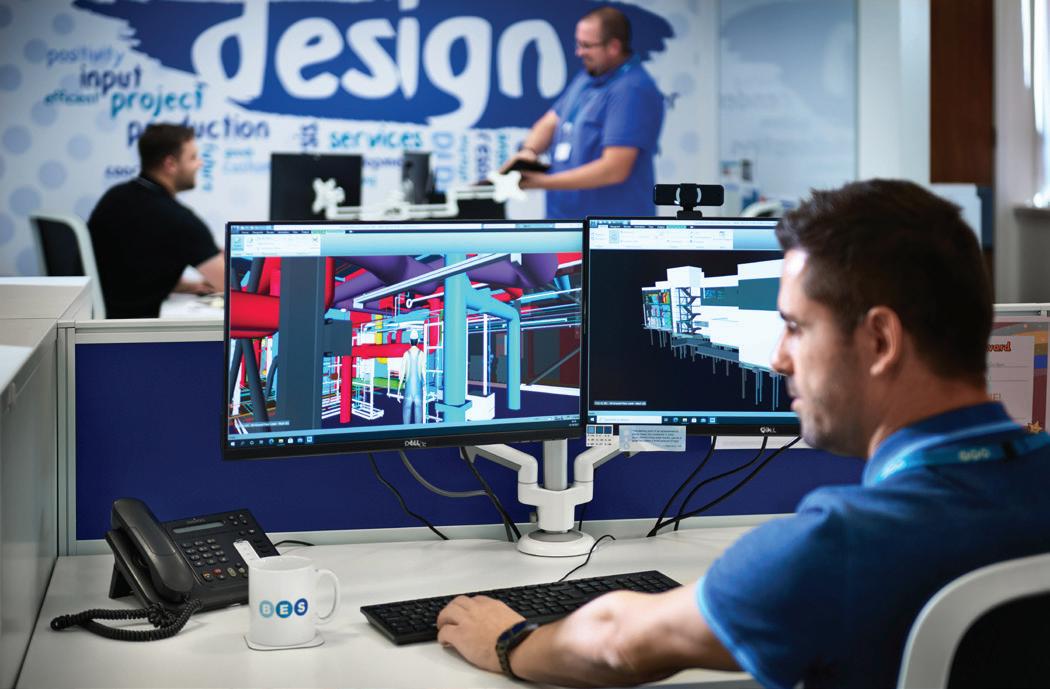
CASE STUDY
Design and construction of hi-tech pharma facilities, Weston Park Hospital


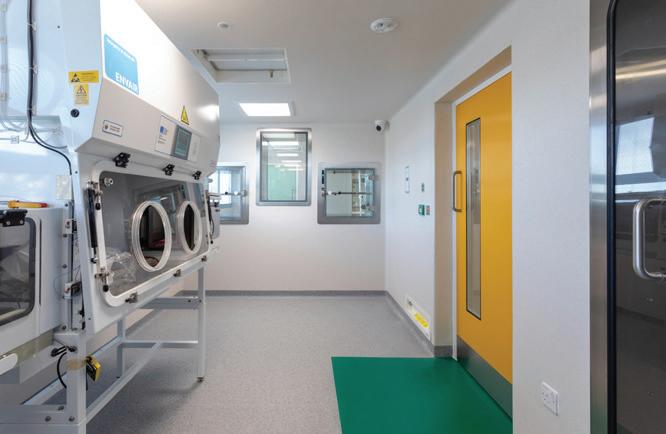
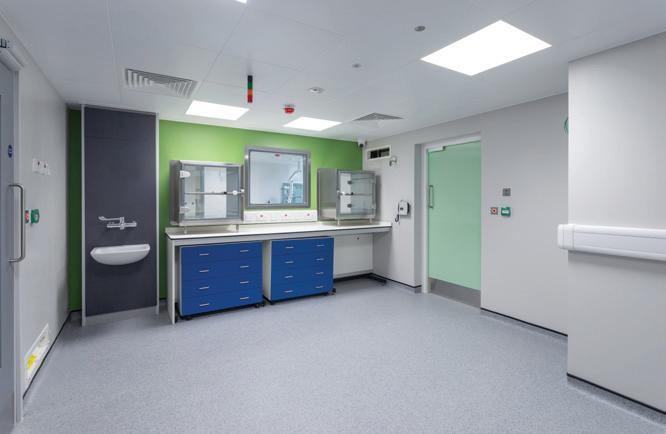
A project to create a new Advanced Therapy Medical Product (ATMP) and Clinical Trials (CT) aseptic suite, plus a refurbished pharmacy Chemotherapy Aseptic Dispensing Unit at Weston Park Hospital, part of the Sheffield Teaching Hospitals NHS Foundation Trust, offers a useful example of how digital software can enhance a turnkey BIM designed and delivered project.
A two-phase project
The project, a refurbishment within existing buildings, has been delivered in two phases: Phase 1 has delivered the high-specification chemotherapy aseptic dispensing facility, sited in redundant office space, while Phase 2 has seen the former pharmacy refurbished as the new aseptic suite for ATMP, which requires sophisticated storage, reconstitution, and handling procedures. These new facilities at Weston Park will future-proof the hospital’s on-site capacity for drug preparation.
The complexity of this project required a sophisticated joined-up multidisciplinary approach. BES engaged closely with the hospital’s Estates team and senior pharmacist to eliminate any risk from overlooked details or construction issues.
Key design considerations included:
• Verification of the structural loading capacity of the existing slab in the main corridor to ensure it could support two air-handling units.
• Phase 1: Ensuring compliance with clean room grades: designing a pressure cascade from high to low pressure requirements.
• Phase 2: Remodelling of existing accommodation to enable effective segregation between isolator rooms, maintenance of air pressure regimes, and airflow, designed to minimise contamination risks.

• Installation of a new BMS (building management system) for constant monitoring of the temperature, humidity, and air pressure,
• Fault monitoring to ensure that fans are repaired and filters changed before faults can arise. The facilities were designed using 3D Revit modelling. The new pharmacy aseptic suite is heavily serviced, and the 500 mm void had to accommodate both new and some existing services routes. Revit was an integral part of a collaborative process to develop the details on an ongoing basis, with validation of the project also beginning at the design stage.
coordination, design, and visualisation tool, which links to our other programs. The Revit model can be fed into Autodesk Navisworks Manage, converting it to a version easily read by all delivery partners, aiding clash prevention throughout the design and construction phases.
Avoiding downtime is always critical, and Revizto is a digital cloud-based collaboration/clash detection tool that pulls together BIM intelligence, and allows all project team members to identify and manage any issues within the 3D model in real time. It’s highly beneficial to our internal teams, enabling efficient collaboration on any type of project.
Facilitating client input
Another sophisticated visualisation system we use is Lumion, which enables clients’ input into the design process. Using this tool, all stakeholders can experience the finished product, both visually and spatially, even in terms of particular finishes. This function allows user groups to respond to a design and their feedback to inform modifications.
Document management
Revit links directly to our internal document management system (DMS), Symetri’s Excitech DOCS, an open database which has been customised to interface with our existing processes.
Excitech DOCS enables the management of all project documentation – from schedules to invoices, and a CAD (computer aided design) interface that facilitates compliance – to industry standards according to the UK BIM Framework – for the organisation and digitisation of all information in the design and build process. As a DMS, its value is in the management of all project documentation.
The structure of documentation and workflows that are required by ISO 19650 are controlled within the Excitech DOCs environment, so the information generated can be easily pushed into a compatible CDE (Common Data Environment).
Facilitating mechanical design
Mechanical engineering requirements often form the backbone of a design. To speed up and increase accuracy and design verification, our digital toolbox contains IES – a virtual environment analysis and performance modelling software. IES provides scope for our mechanical engineers to optimise designs through much more complex calculations. This facilitates the effectiveness of a design through a pre-validation check, while computational fluid dynamics enable simulation of airflows and eliminate ‘dead spots’. This improves energy efficiency to comply with the ISO 14644 standard and refine the design as often as required.
Compliance and customer engagement tools
To provide accurate specification information, we use NBS Chorus and Construction Information (CIS) software. NBS Chorus is a cloud-based tool that can be used on any device from any location to allow collaborative working across and
with customer teams. Linked to Revit, this software enables design and specification in a single process based on manufacturers’ product data.
CIS enables verification of the design against all relevant standards, ensuring rectification of any non-compliance at the design stage. Data fed into our Revit models also allows us to output into IFC (Industry Foundation Classes) and COBie (Construction Operations Building information exchange) formats, in turn feeding directly into facilities management systems.
Further reading
1 Transforming NHS Pharmacy Aseptic Services in England. A national report for the Department of Health and Social Care by Lord Carter of Coles. Autumn 2020. https:// tinyurl.com/y3wjaf5p
First appeared in Health Estate Journal, the monthly magazine of the Institute of Healthcare Engineering and Estate Management (‘IHEEM’)
Gavin Statham is Southern Regional director at BES, a specialist in the design and construction of specialist environments for the healthcare and pharmaceutical sectors.

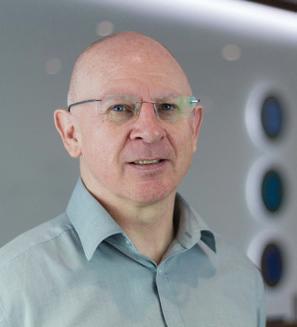
He has over 30 years’ experience working within construction and building services, specialising in healthcare and complex building engineering solutions. He is a member of the Chartered Institute of Building Services Engineers, a Fellow of the Chartered Institute of Plumbing & Heating Engineers, and an Associate with the Association for Project Management.
Mike Robinson is the BIM manager at BES, and has been a part of the BES team for the past 15 years. He has been instrumental in the introduction of BIM, and developing BIM protocols within the business, and continues to do so as the company develops. He began his career as mechanical designer / project engineer in the paper industry, and developed his skills over a 16-year period, evolving from a drawing board background, into CAD and then onto being an advanced 3D Inventor user. The opportunity to work at BES became available, and he migrated his skills over to the AEC industry, initially working with AutoCAD/ Cadduct until 2012 when Revit became the in-house 3D geometric model authoring tool. He went on to further develop his Revit skills while learning about the evolution of BIM within the industry.
BIM outlined
BIM (Building Information Modelling) promotes effective design communication, development planning, and process, for construction projects. It offers a standardised approach that allows the sharing, verification, and testing of every detail for more streamlined project delivery, straightforward management of building during the construction phase of a project, and long-term resilience of an asset. The management of this information is supported by various tools and technologies to generate and organise digital images of physical and functional features of buildings and their wider sites. BIM models extract, exchange, network, and coordinate information to support decision-making in relation to a built asset.
In the UK, BIM has been a mandatory requirement for all centrally procured, publicly funded projects since 2016. The UK now has its own standards, which are continually evolving, and are updated via the Centre for Digital Built Britain (CDBB), launched in early 2018. Beyond Government initiatives, since 2017 industry adoption of BIM has been led via a merger between the UK BIM Alliance and the UK chapter of BuildingSMART, not-for-profit organisations that champion and enable the implementation of BIM.
In 2019, the UK BIM Framework was launched by the CDBB (Centre for Digital Built Britain), the UK BIM Alliance, and the BSI (British Standards Institution) Group. This supersedes the previous BIM ‘levels’ system to describe an overarching approach for BIM implementation in the UK. It provides free information on integrating the international ISO 19650 series of standards for building information modelling into UK processes and practice.
We are the electricians of choice for healthcare facilities across WA.
From install & commission to certification & compliance, Foster’s Services is your turn-key solution. We specialise in delivering medical electrical services for public & private facilities including:
■ Hospitals
■ Medical clinics
■ Day surgeries
■ Allied health
■ Dental
■ Metropolitan & Regional facilities.
Could commercial building automation
down energy consumption?
With ABB’s Cylon Building Management System, you can track how every building feature is performing to increase efficiency and reduce carbon emissions.

A major development in commercial building automation is the move towards integrating different building functions, such as HVAC, lighting and energy management, into one single platform.
Having a detailed and data-driven view of a building’s features through a Building Management System (BMS) such as ABB’s Cylon BMS can result in benefits like greater control, increased operational efficiency and reduced carbon emissions.
“The whole automation industry is heading towards using energy-efficient and scalable solutions,” says Matthew Doley, National Market Development Manager, Electrification –Smart Building Division at ABB. “Our product caters to exactly that need.”
Driving home the benefits of ABB’s Cylon BMS
ABB’s Cylon BMS has already gained significant traction in the UK, US and Asia, and in the one-year period that it’s been available in Australia, ABB Cylon has been rolled out in a number of commercial towers, hospitals and police stations with great success. It will be officially launched in Australia early next month.
One key contributor to the success of the Cylon BMS is its scalability.
It can meet the needs of buildings of any size and work across multiple buildings.
“Cylon BMS can operate in any environment whether that’s a commercial building, retail environment, hospital, data centres or another setting entirely,” says Doley.
“Its integration capabilities are also up there with the best of them. That makes it easy to connect different features to the BMS and bring third-party pieces of equipment into the system, creating a seamless experience for facility managers when using the product throughout.”
Its scalability doesn’t just end at the BMS.
“A BMS generally just controls HVAC, but we’ve now moved past that and reached the point where we’re able to create integration on every level. The more data we can bring into the BMS, the more powerful the system can become. That’s the scalability of ABB Cylon.”
Through a cloud-based platform, building owners can gain remote access and view analytics across numerous buildings.
“Energy management analytic tools allow us to display the performance of each building feature,” says Doley.
“A property owner with multiple buildings probably doesn’t want to roll out a number of different systems for each of their buildings. They want one BMS that’s scalable and that allows them to see their whole portfolio. If you’re looking at your
buildings in silos, then you’re not getting a wholesome picture of how your whole portfolio is performing.”
Having a granular view of each feature’s performance makes it possible to then implement changes with the aim of enhancing overall efficiency.
“Most of our system integrators can provide feedback on the reports generated by the system. That will entail recommendations to improve energy management – for example, by putting in an optimisation program or tweaking the way the building operates, whether it be occupancy, security systems, the lighting control system or something else entirely.”
ABB Cylon BMS also uses open protocols which makes it compatible with a range of devices and systems, and its encryption authentication features ensure data in the BMS is safe and secure.

Getting the right BMS for your needs
When selecting a BMS that’s suitable to your company’s requirements, there are some key factors to keep in mind. Doley recommends asking:
• Do you need to put in additional gateways, energy meters or other energy measuring devices so that the BMS can gather reliable energy consumption data from the field?
• Is the BMS IOT ready to enable continual energy management and building optimisation?
• Are there AI optimisation and energy management cloud software solutions offered within the BMS solution?
• Is the BMS scalable to enable you to view all your systems in real-time?
• Is the BMS cybersecure?
“They’re the main points to consider,” says Doley. “Building owners are striving to reach net zero targets and an integrated BMS is essential in helping them get there.”
Find out how ABB Cylon can benefit your company, for HVAC Consultants and Facility Managers
be the key to driving
FULL STEAM AHEAD
“A Healthcare Sustainability Outlook”

In previous editions we discussed topics of thermal efficiency and the fact steam remains relevant in hospital infrastructure (refer to Vol 43 & 44) due to its unique heat carrying properties. The continuing debate remains around the source of its generation (i.e traditional carbon emitting fuels) and what alternatives will be available in the short to medium future against other alternatives. So let’s explore this alittle more:
What do we know now:
On the eve of the most recent release from the IPCC (1), unequivocally proving that human influence has already created, centuries long irreversible changes to our natural environment, further pressure adds to healthcare facilities to play their part. Adding to this, Australia is considered as one of the top emitter’s per-capita (2) with the heath sector estimated to contribute around 5% of the country’s total emissions.
The Australian government announced in 2015 that by 2030, they expect to reduce greenhouse emissions to 26-28% below 2005 levels. Unfortunately, Australia remains well behind the 2020 projected targets being noted as an insufficient contributor (3) on a global stage with 75% of the electricity grid still generated by coal fired power (4). Whilst it’s expected that some reliance on traditional power stations would continue, there remains a lack in confidence that the Australian power network will achieve close to a renewable position in the near future, especially with non-committals to global reduction agreements and planning.
Further reference can be gained via the healthcare engineering roadmap released in the UK (5) where one consideration is for those with steam plants in very poor condition servicing minimal non-critical applications, to be removed as part of a wider de-carbonation program. However this report further identifies the continuing need for steam in hospitals, certainly those with high thermal loads and outlines many areas to improve thermal efficiency in existing infrastructure. This can start with a steam plant thermal audit with review of distribution efficiency along with potential energy
recovery opportunities to reduce OR offset fuel usage initially. Further to this, additional opportunities exist around boiler tuning with advanced controls and generating LTHW or domestic water on demand via efficient heat exchange as other enablers for energy reduction.
So what’s the future look like?
CHP (Combined Heat and Power) and renewable off sets can combine to reduce energy intensity along with hydrogen energy systems or green hydrogen fuels advancing quickly. If steam generating fuels can become carbon neutral OR renewable offsets considered in the process of steam generation, combining with an efficient steam distribution system, then the major thermal needs of a hospital can be met in a net zero fashion. This future is real and a more likely realisation then Australia’s power network becoming vastly renewable before a major call for action on climate change.
Putting faith in advancing clean fuels along with existing technology, provides for a sustainable outlook whilst supporting the thermal needs of a hospital. Steam continues to provide a versatile heating medium for the likes of sterilisation and critical air streams without interruption or large infrastructure modifications. Spirax Sarco is already advancing new technology into field trials so becomes a period of “watch this space” as Healthcare sustainability for the longer term, remains a priority for all involved. Get in contact with a Spirax Healthcare engineer to discuss what can be done now on your sustainability pathway.
(1) IPCC, 2021: Climate Change 2021: The Physical Science Basis. (2) Healthcare without Harm – Climate smart green paper Sep2019
(3) Climate Analytics & NewClimate Institute 2021, Climate Action Tracker (4) Merched 2015, Toward sustainable energy usage – A case study for Australia (5) Heape, S & Lowndes, S 2021, A healthcare engineering roadmap for delivering net zero carbon, United Kingdom.
https://www.spiraxsarco.com/global/en-AU/contact-us




